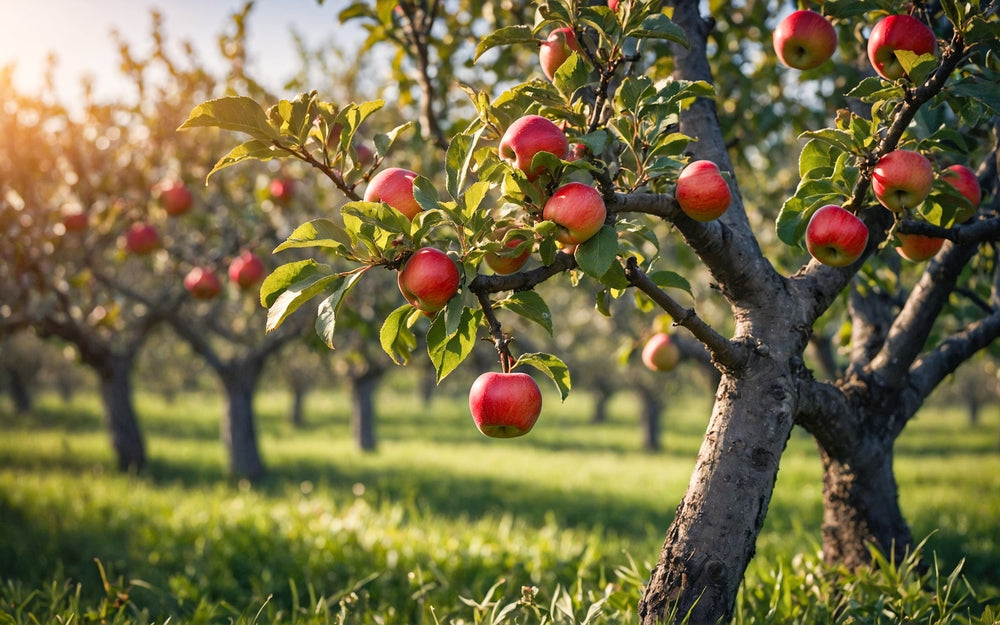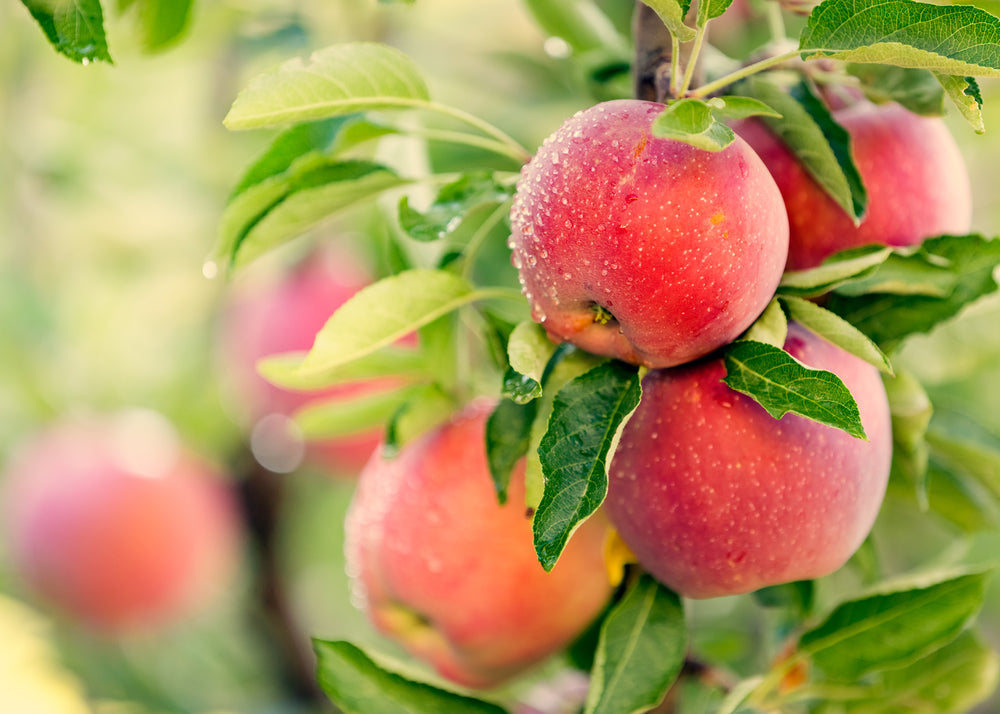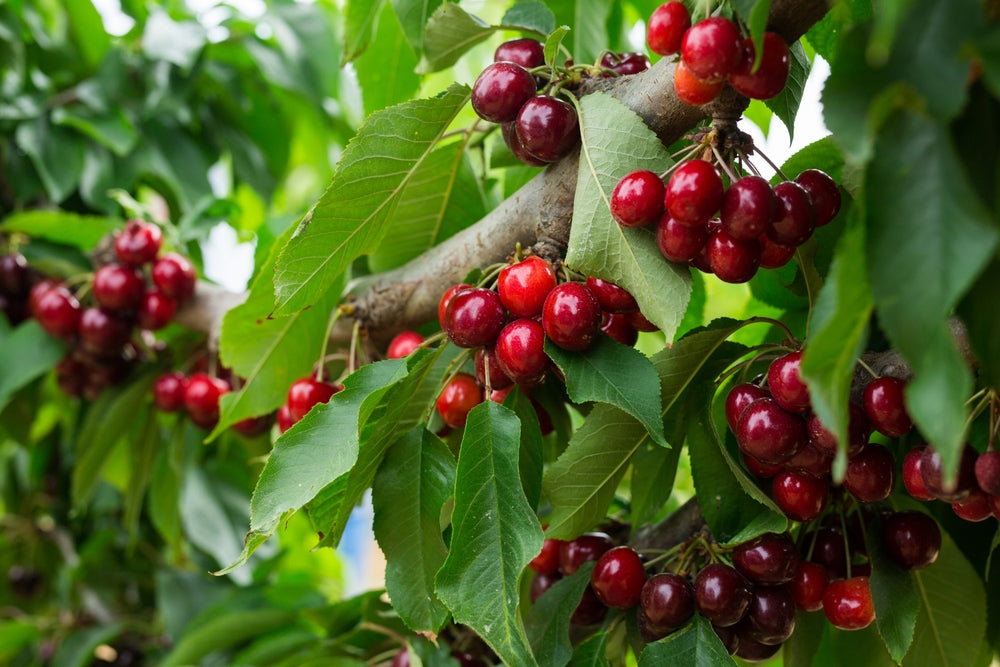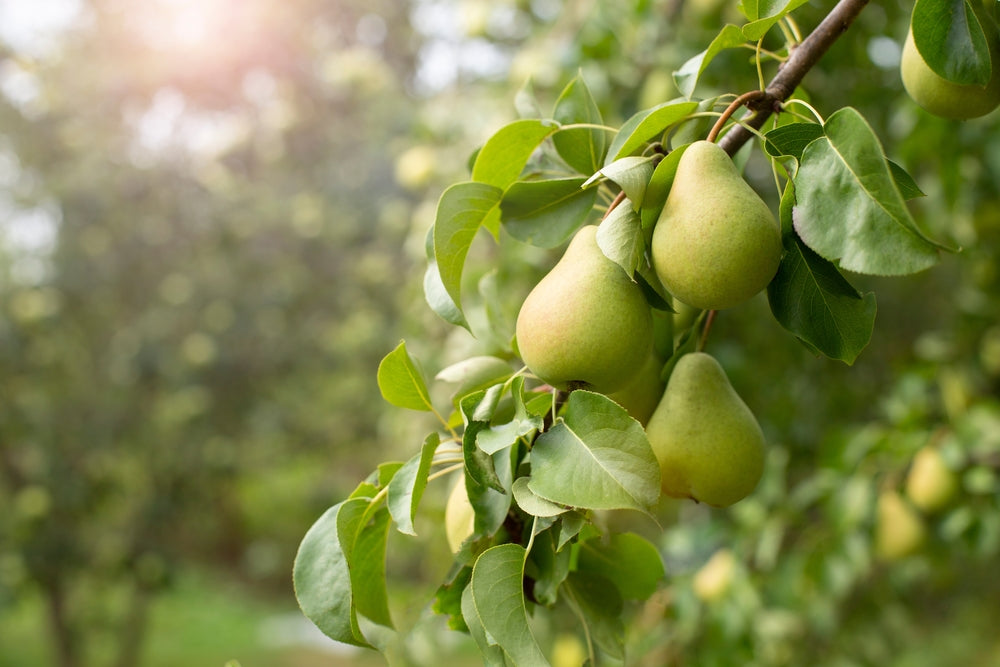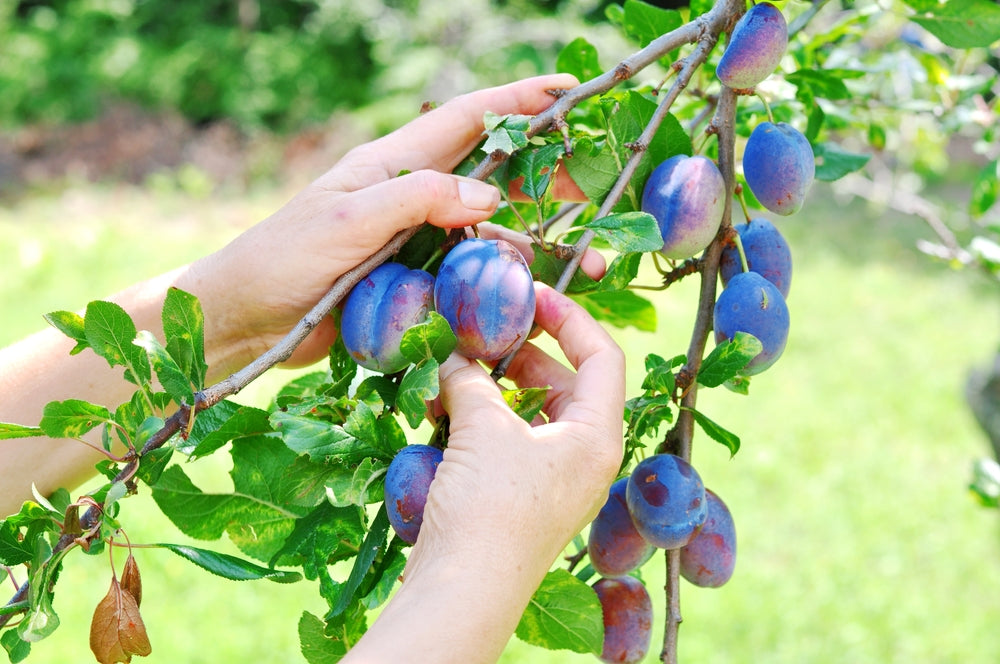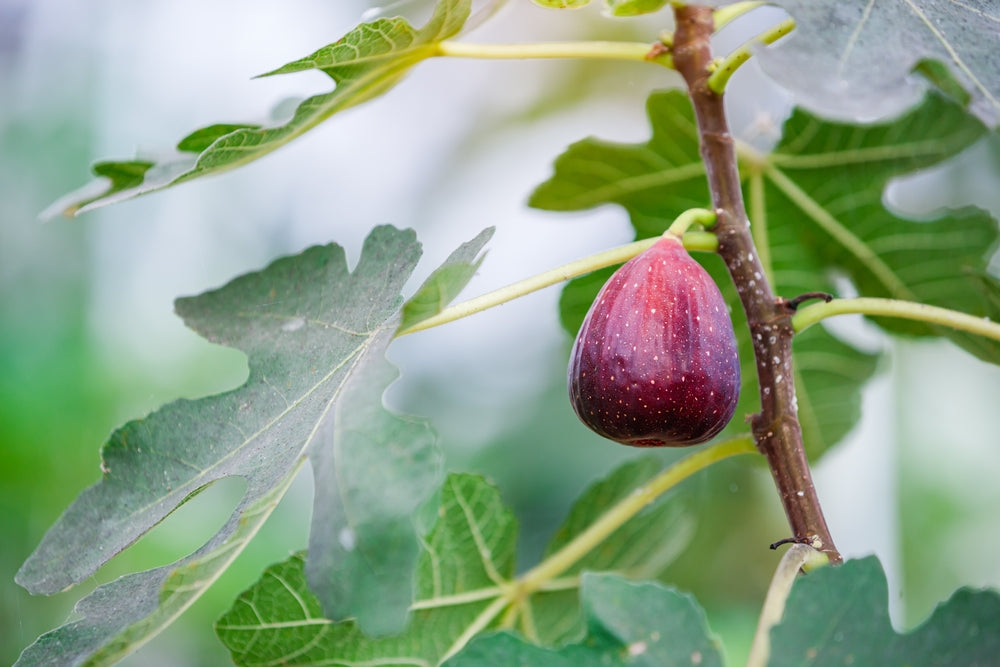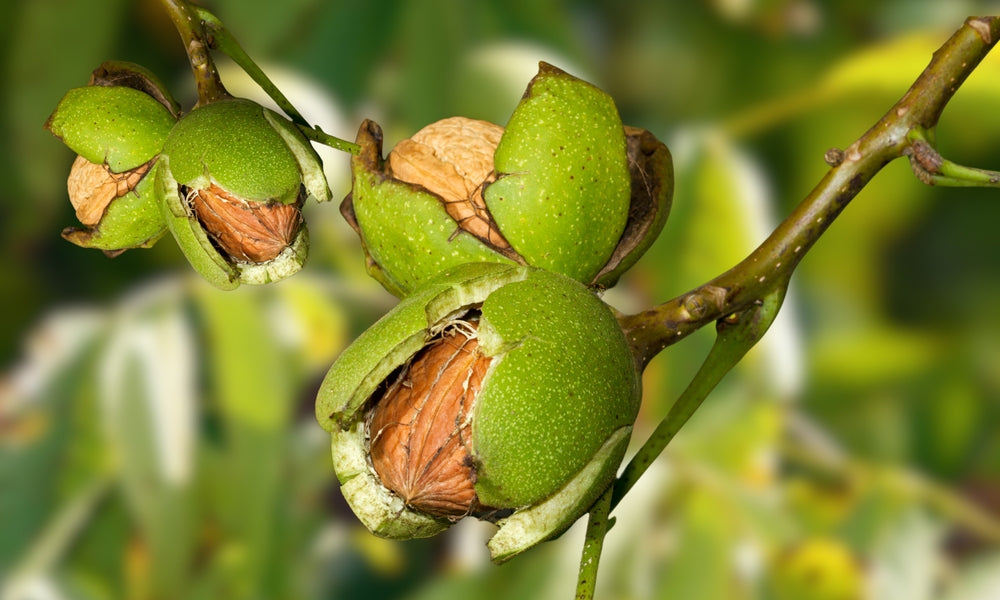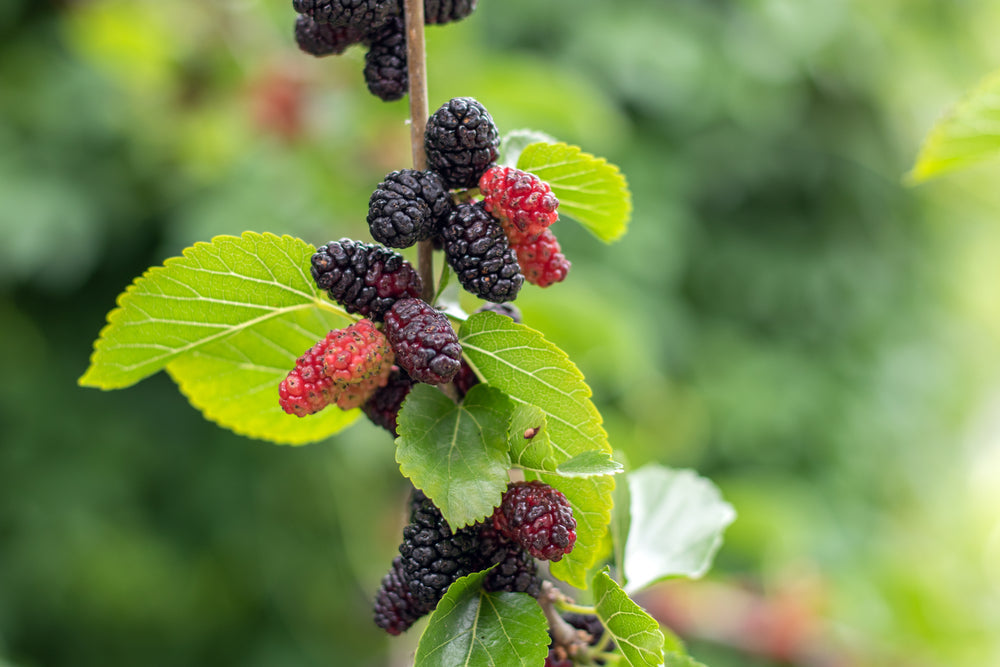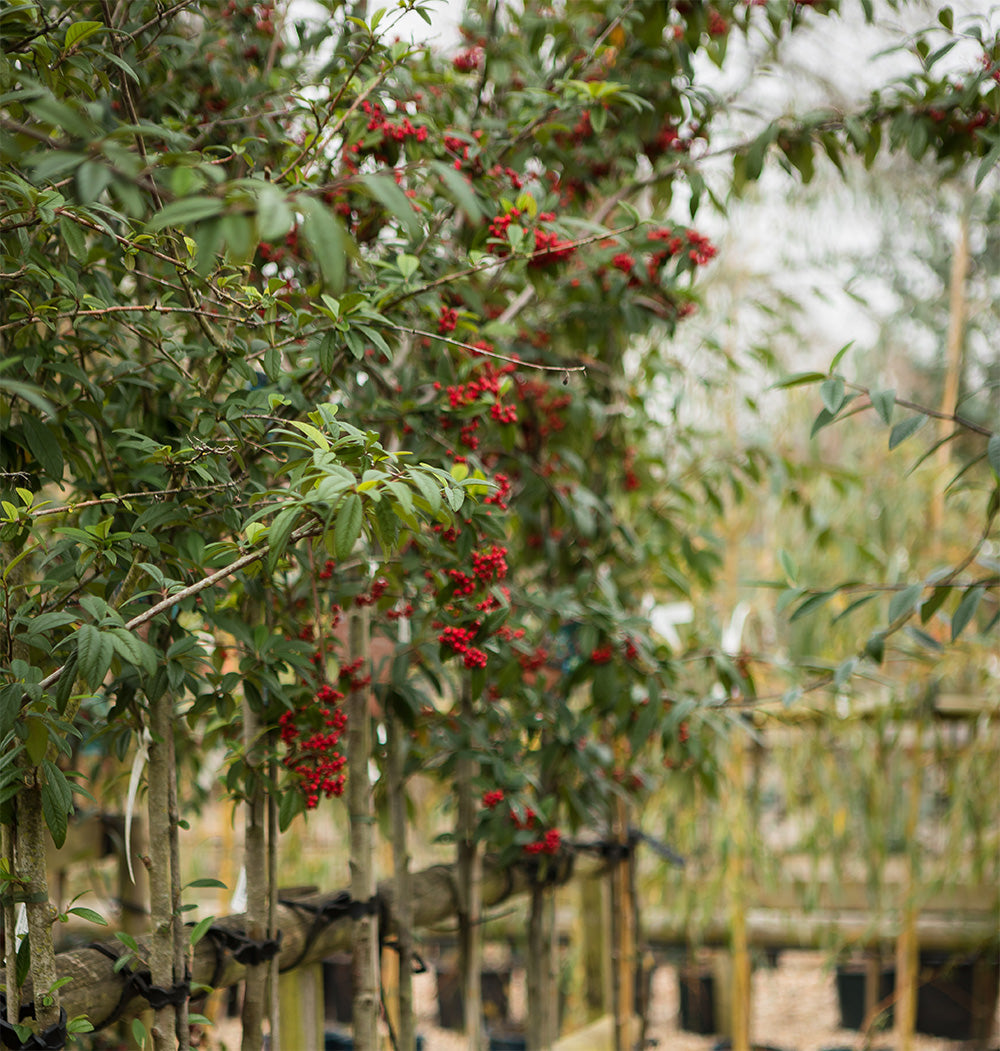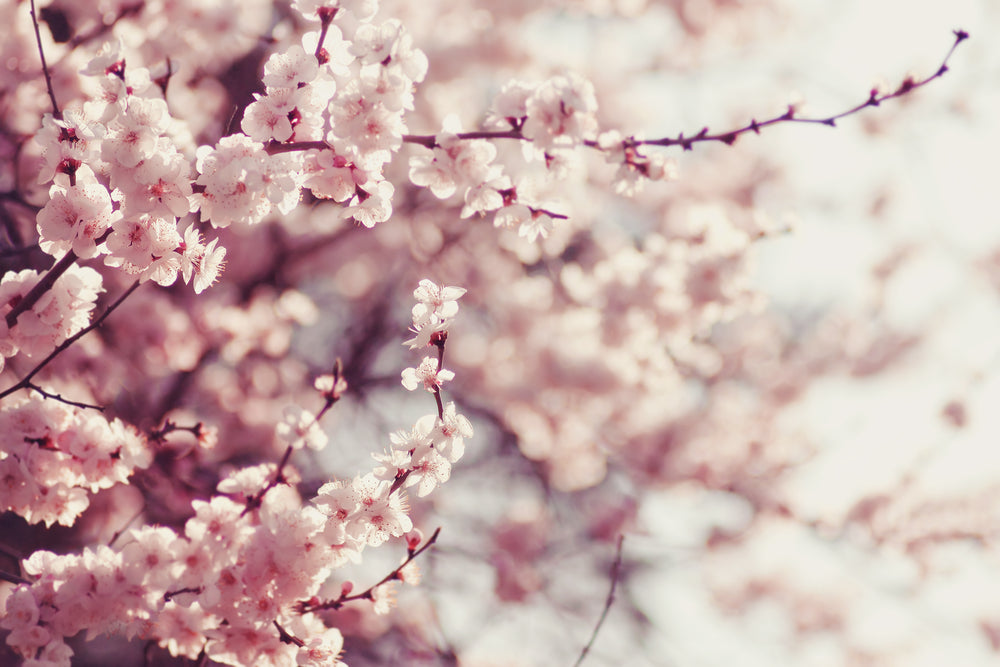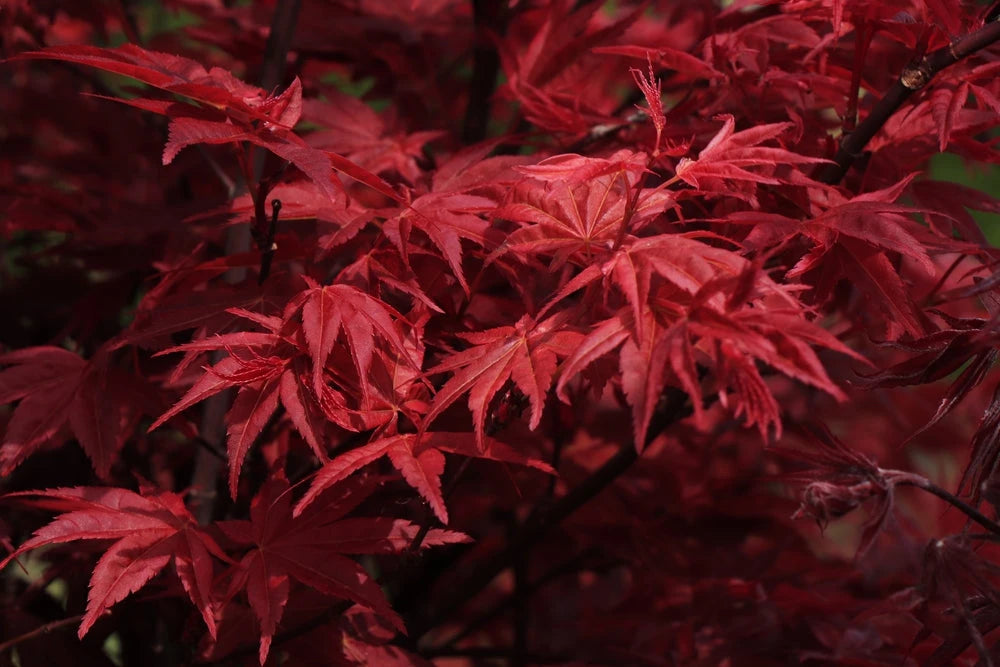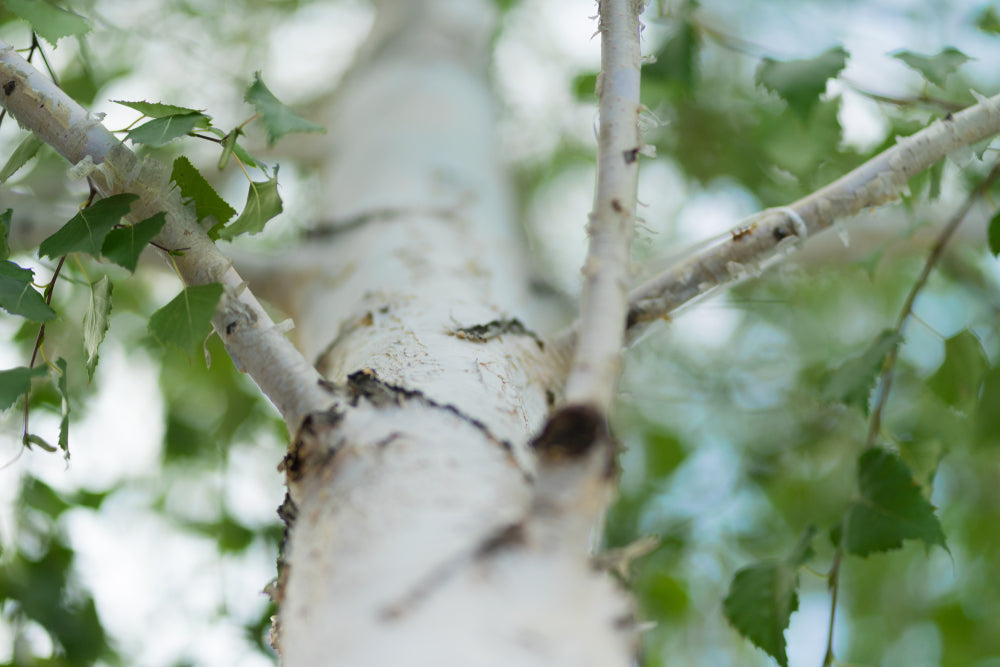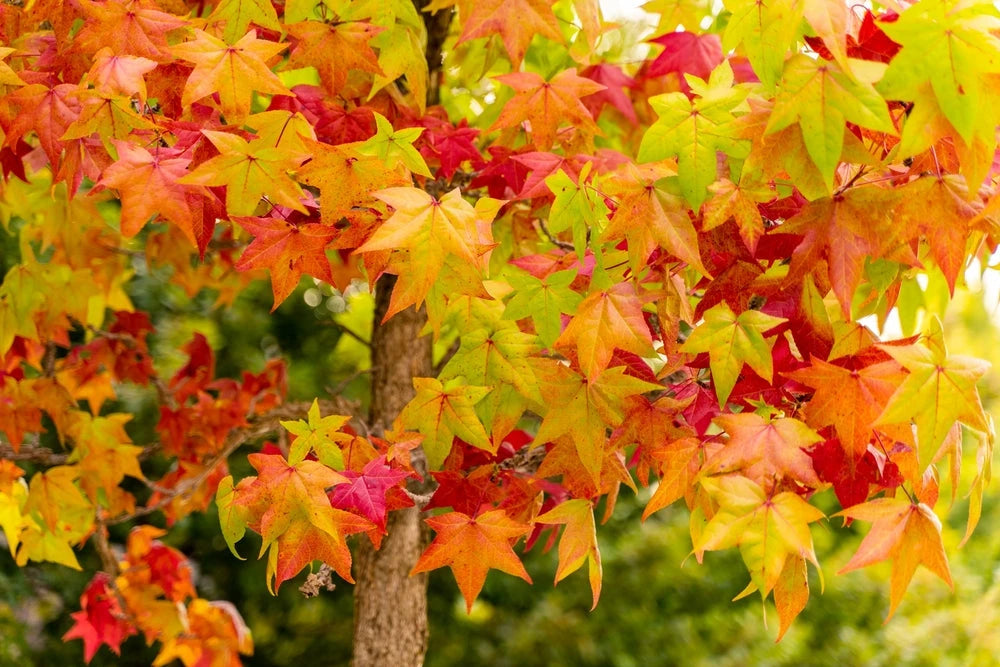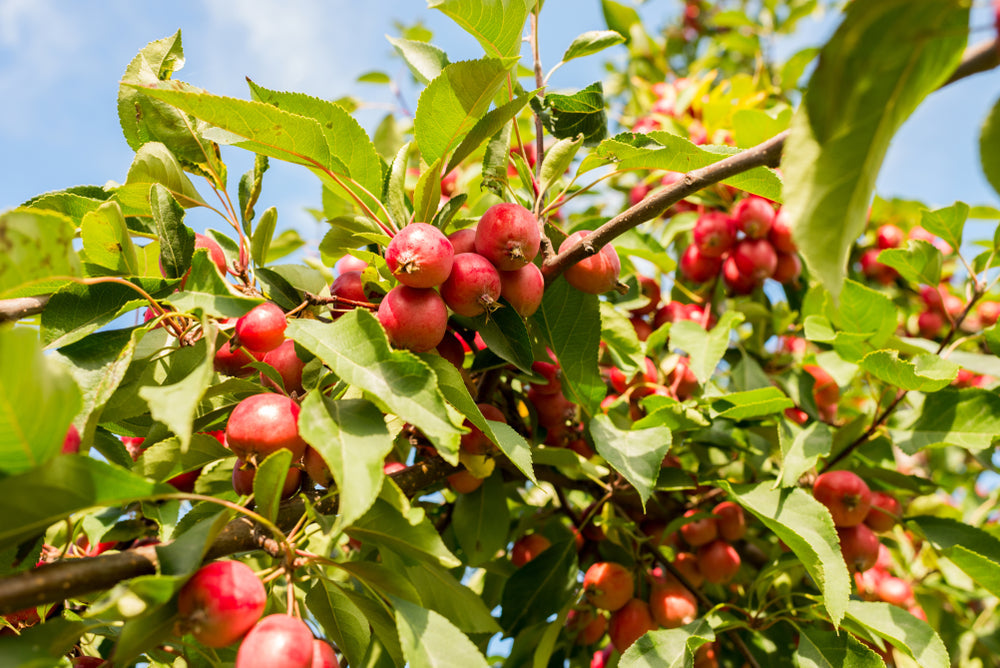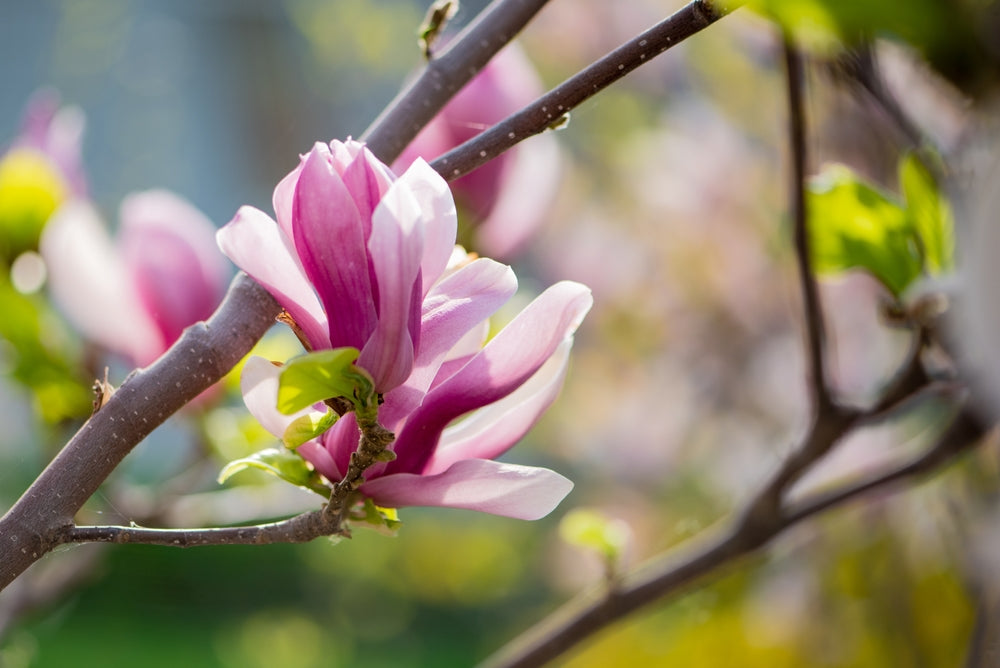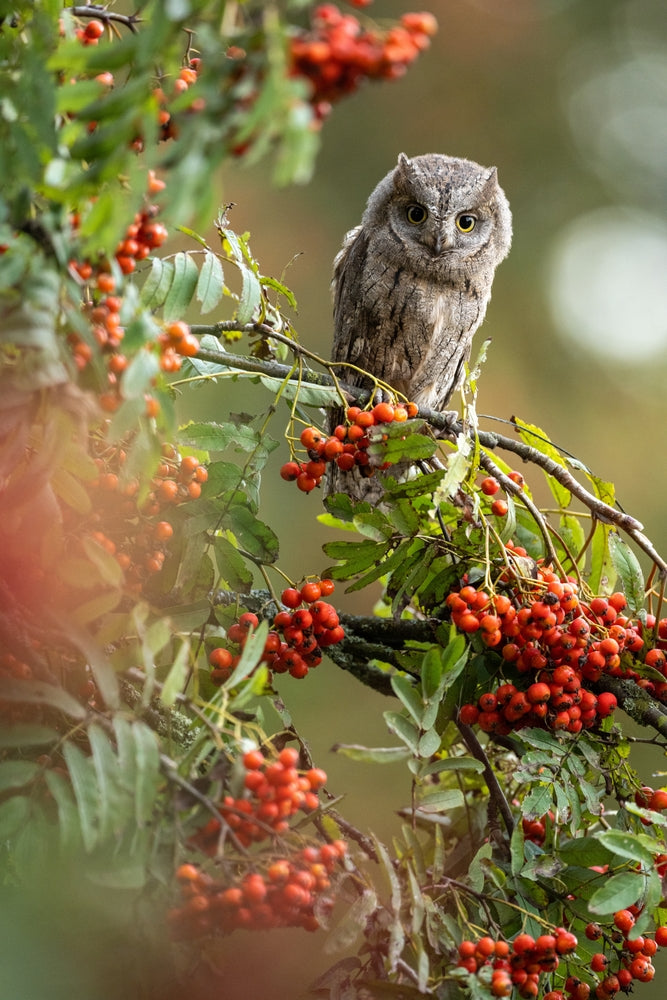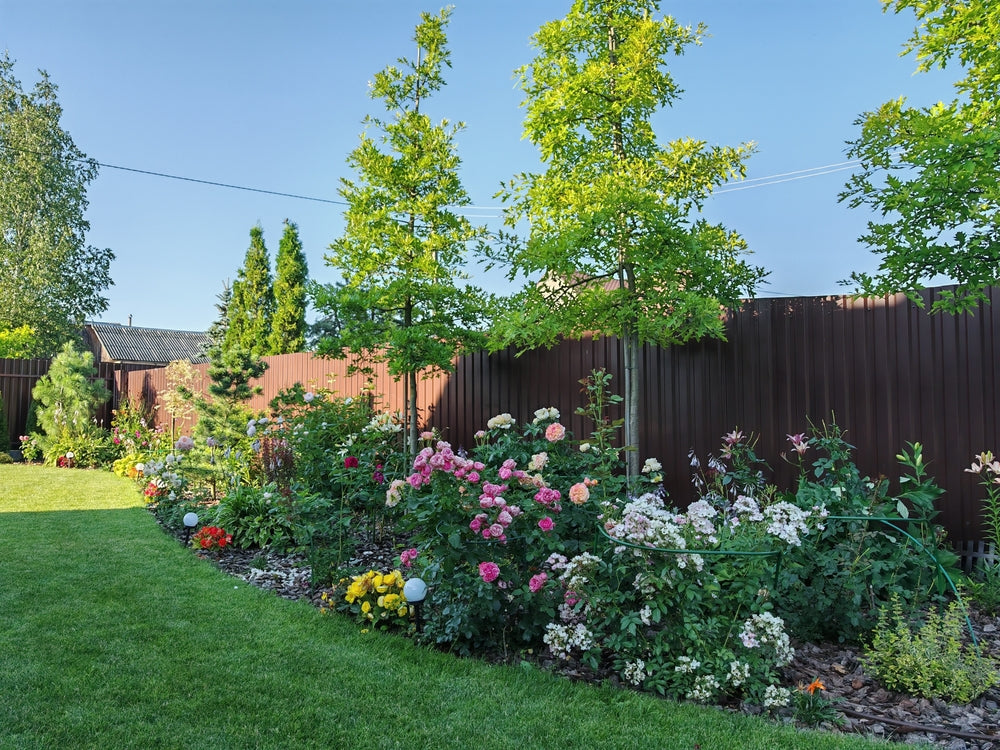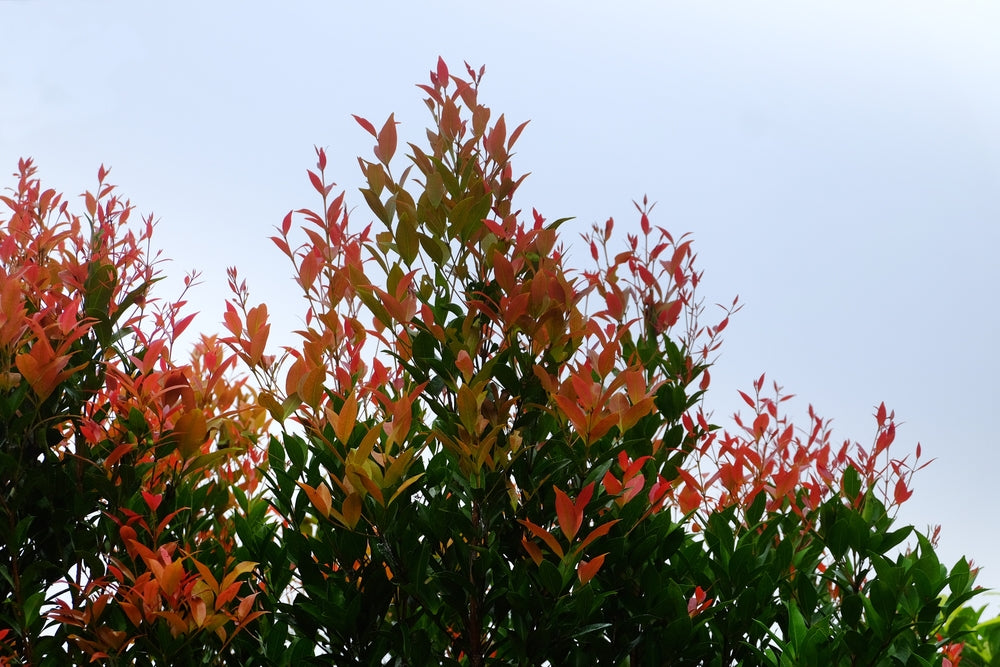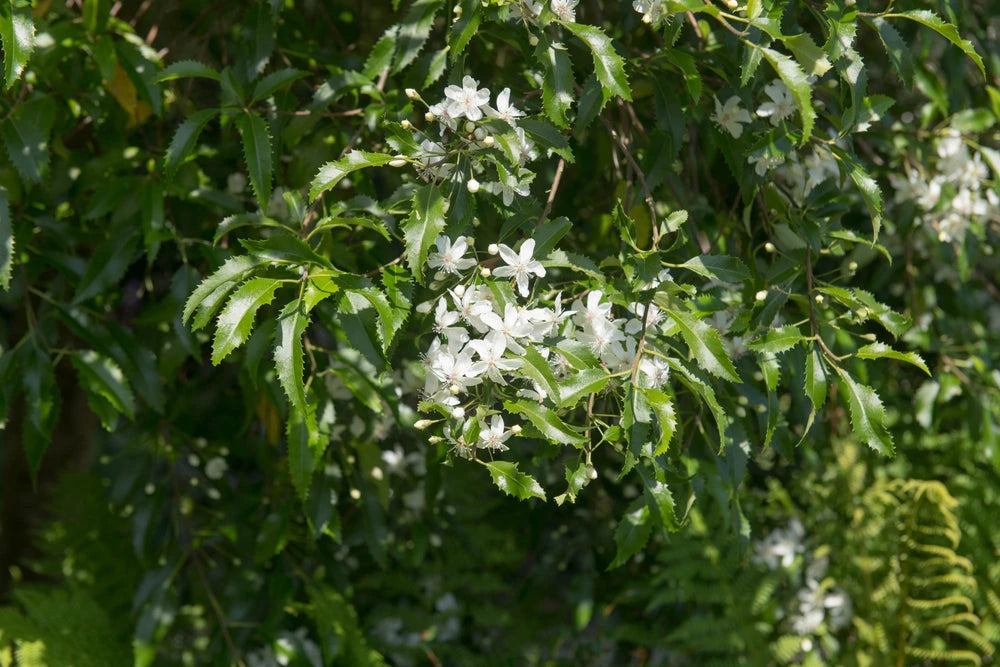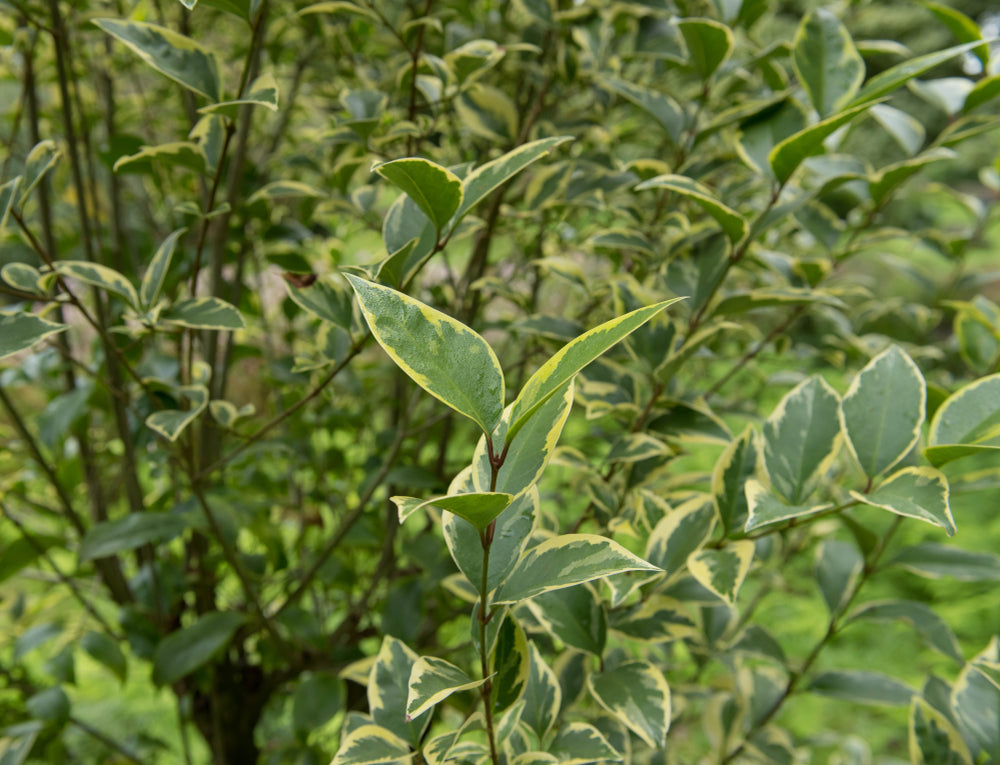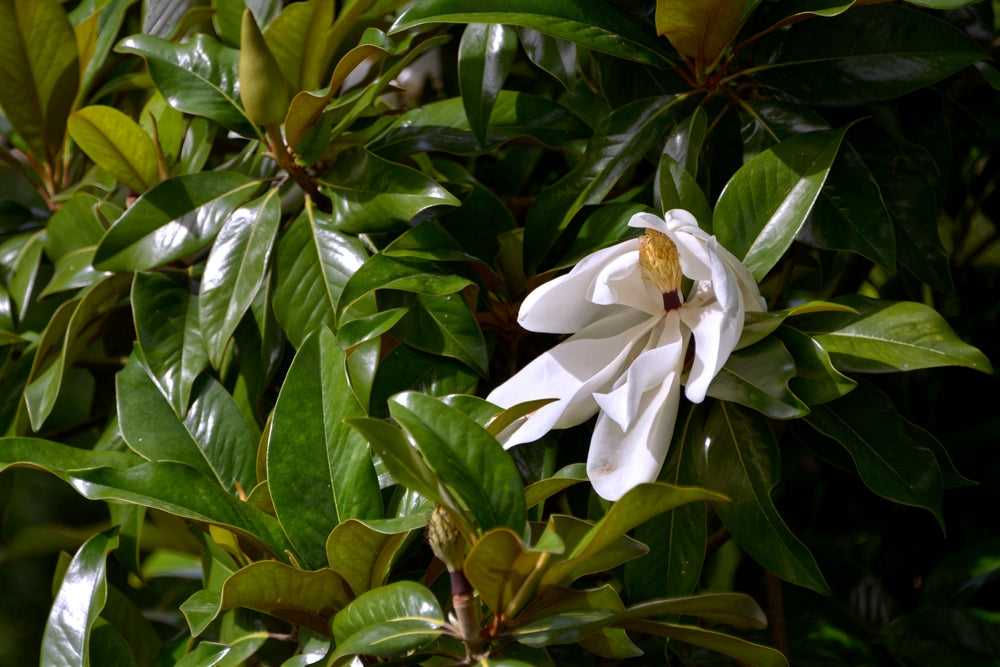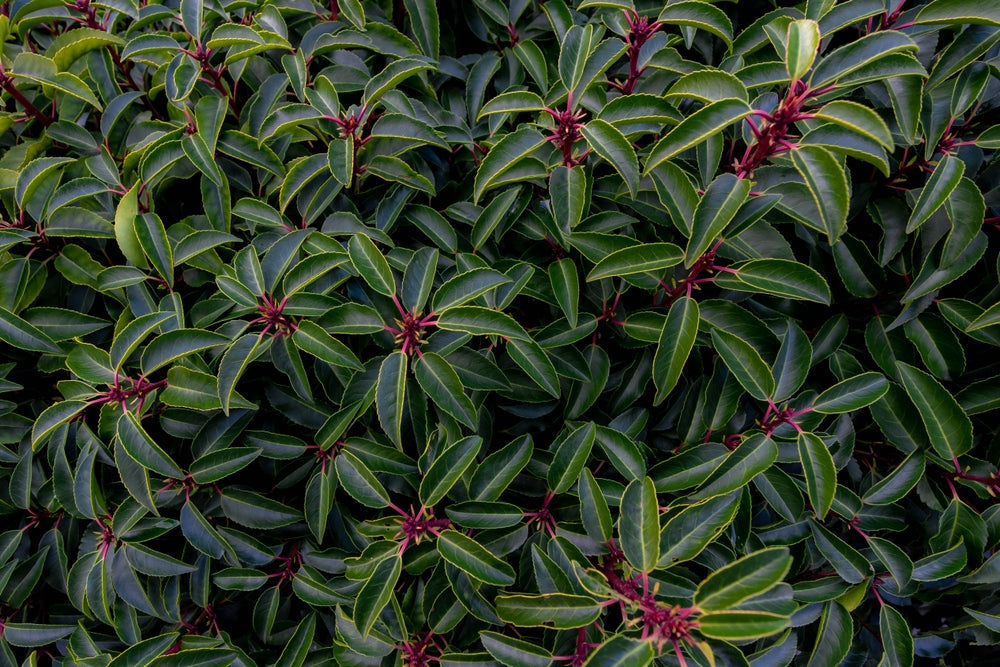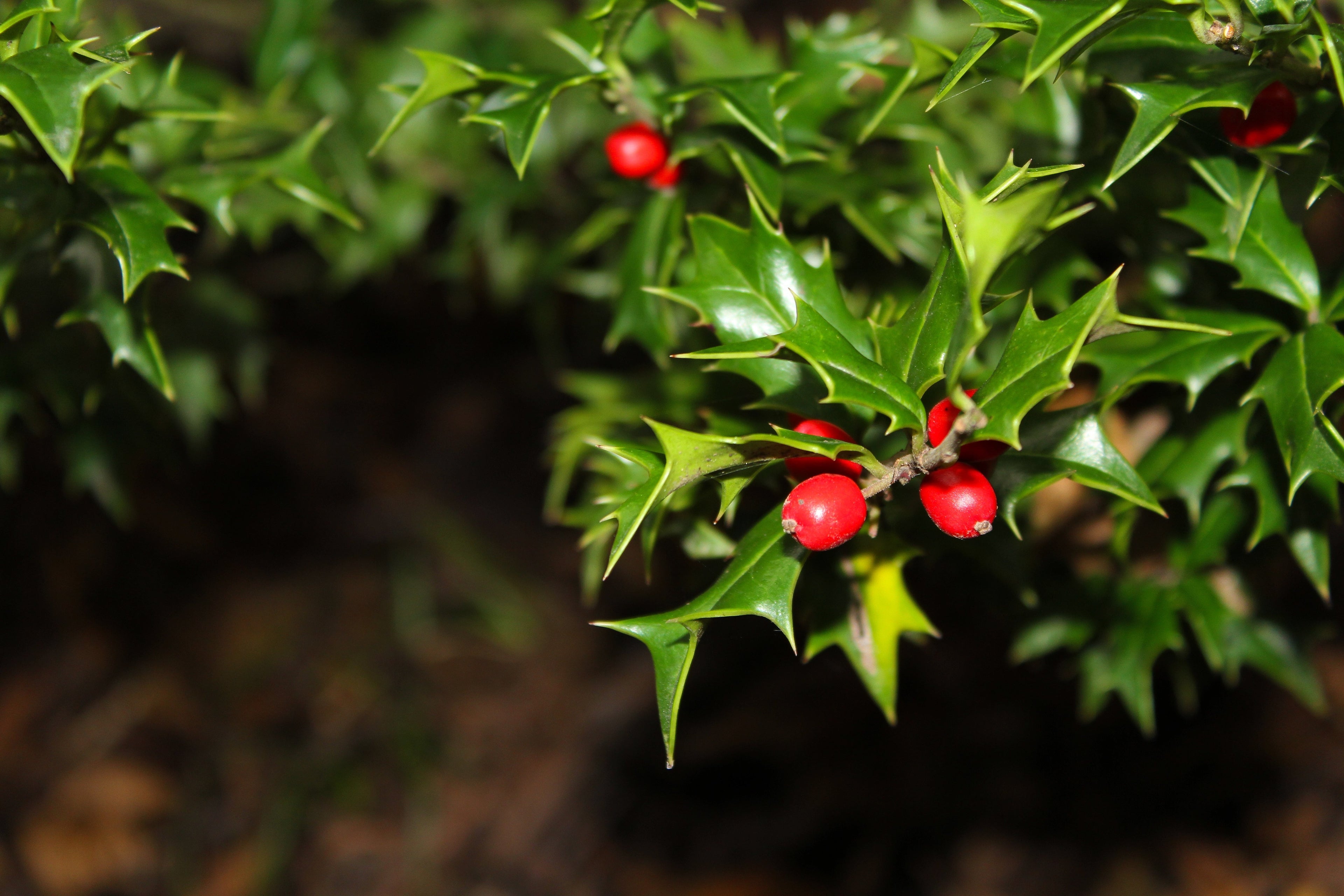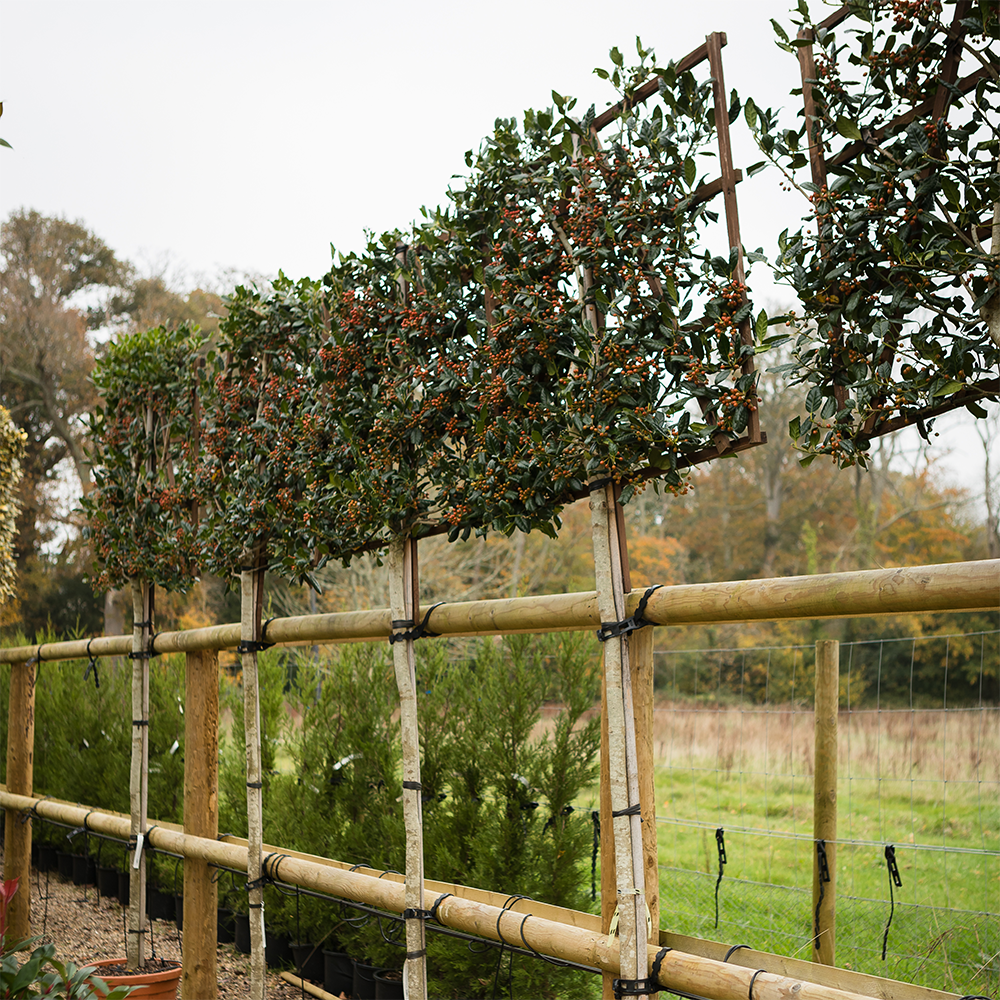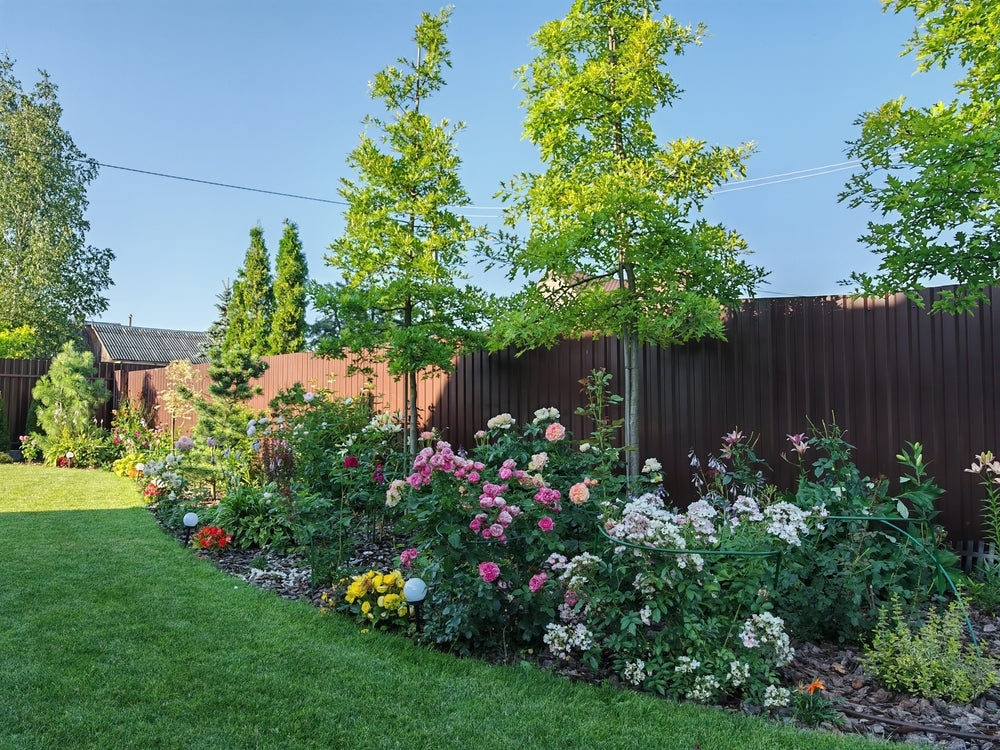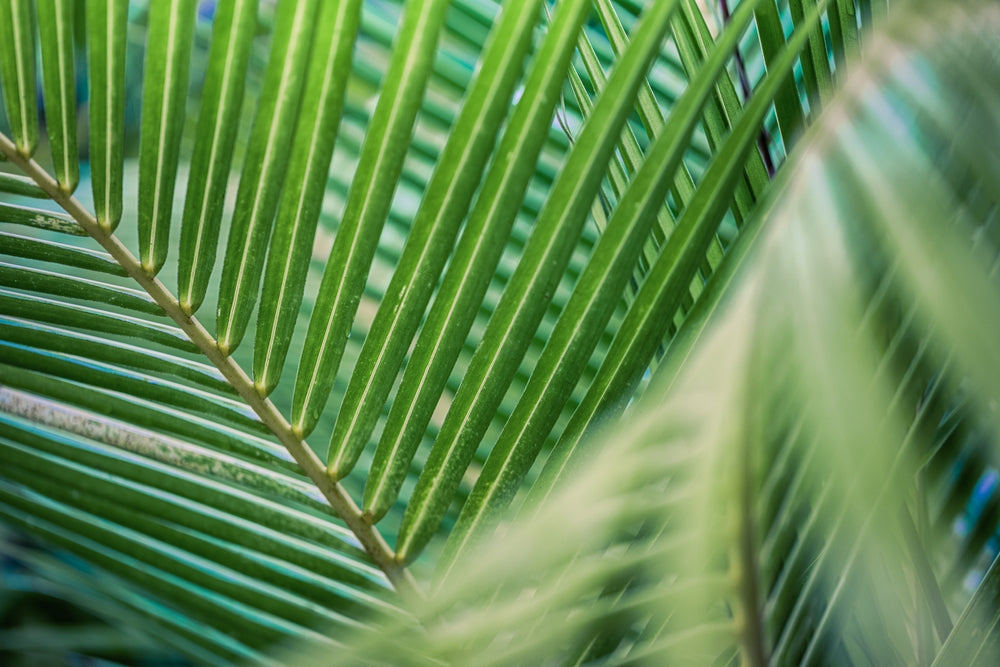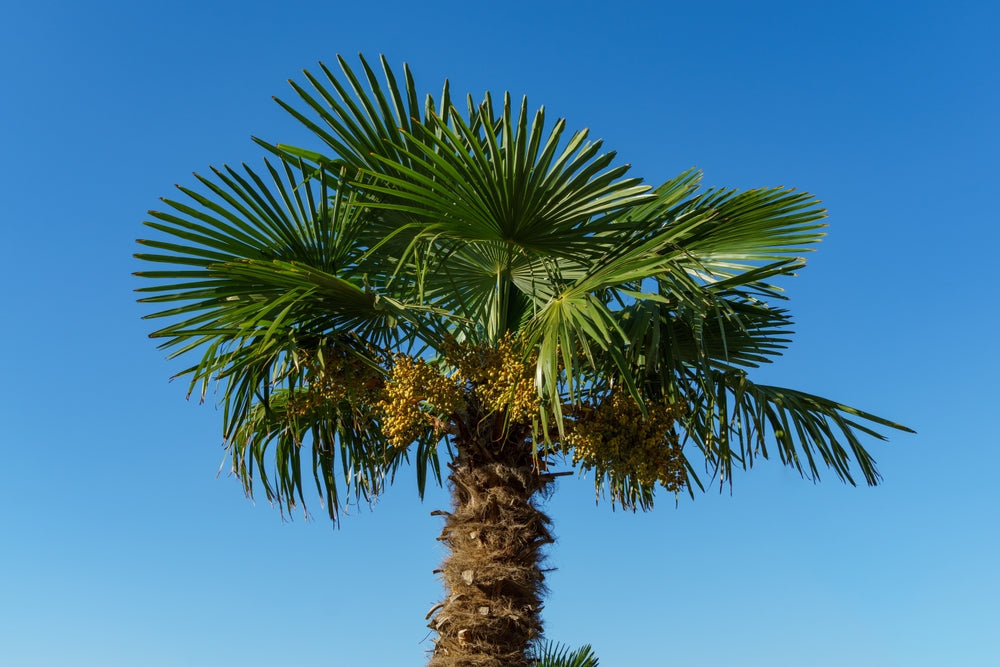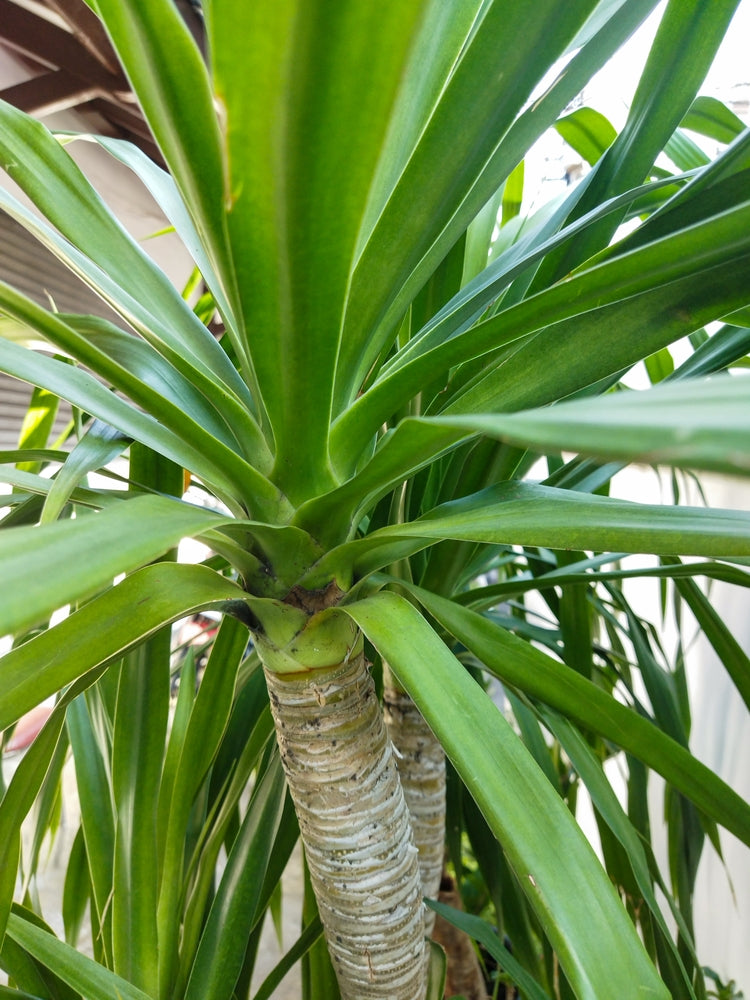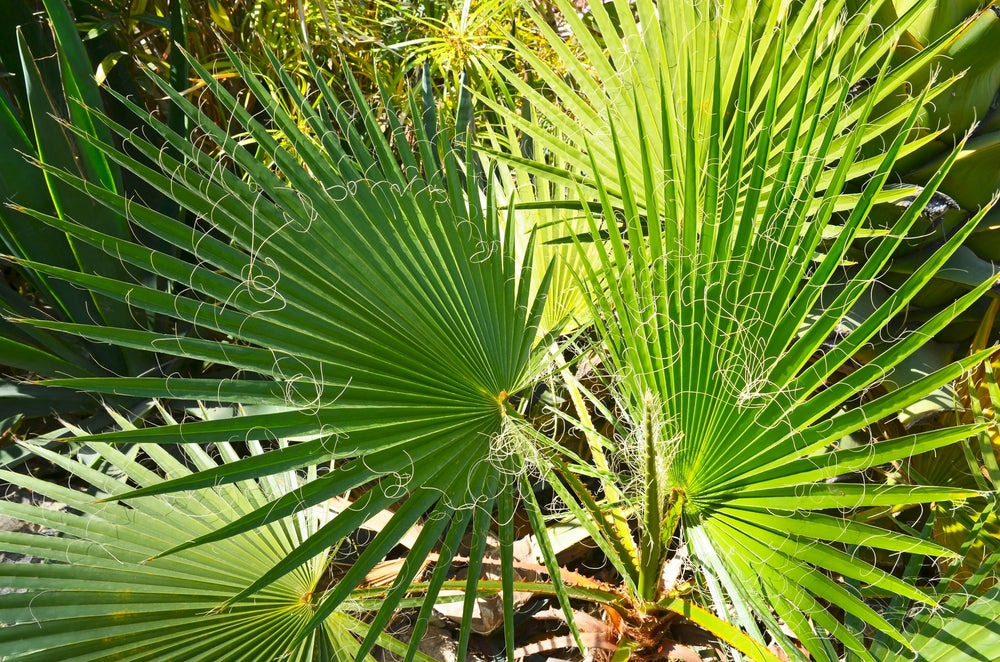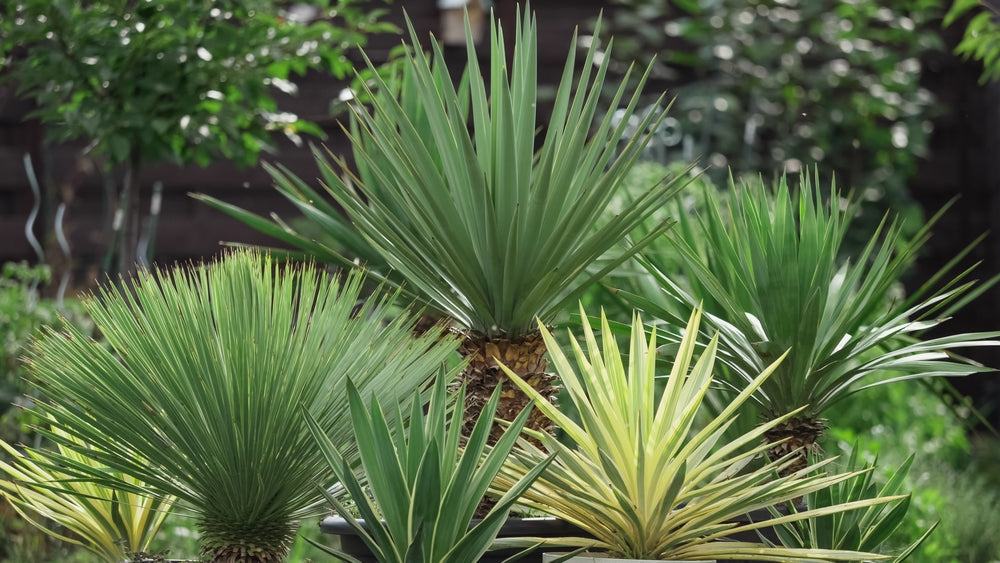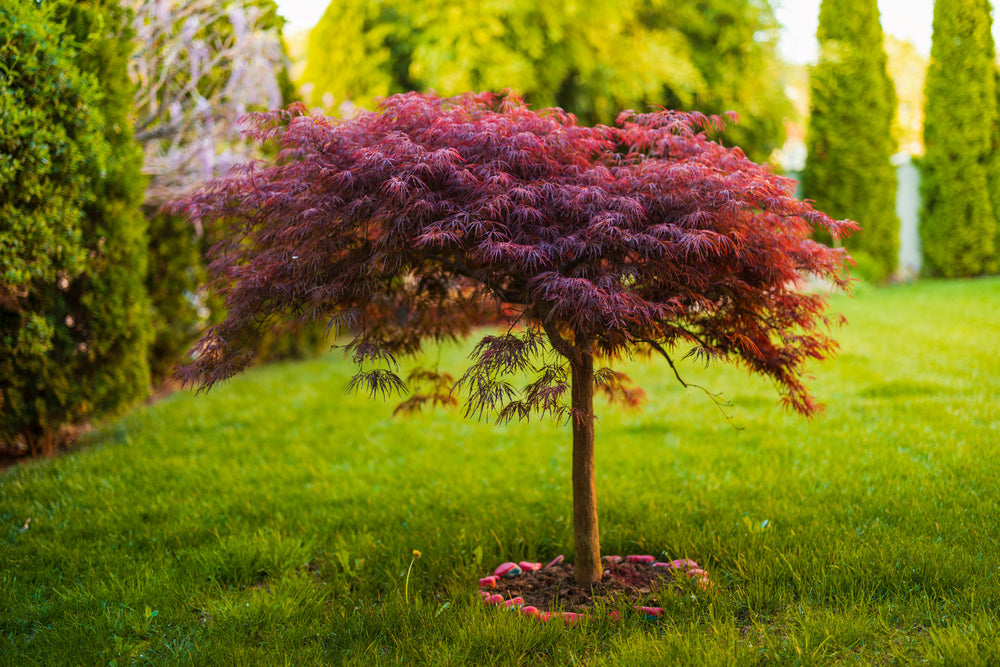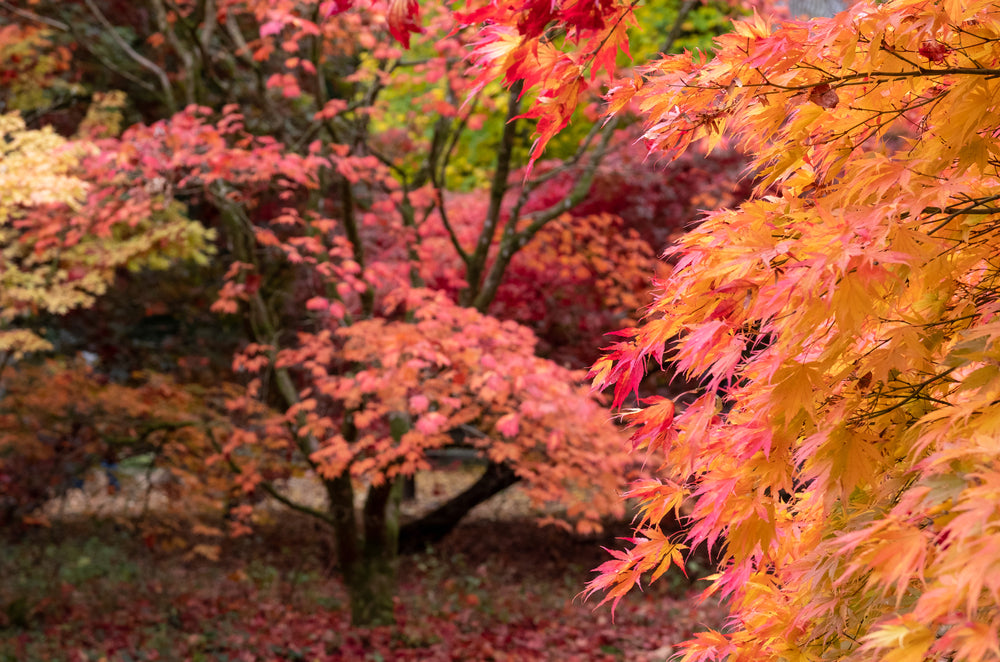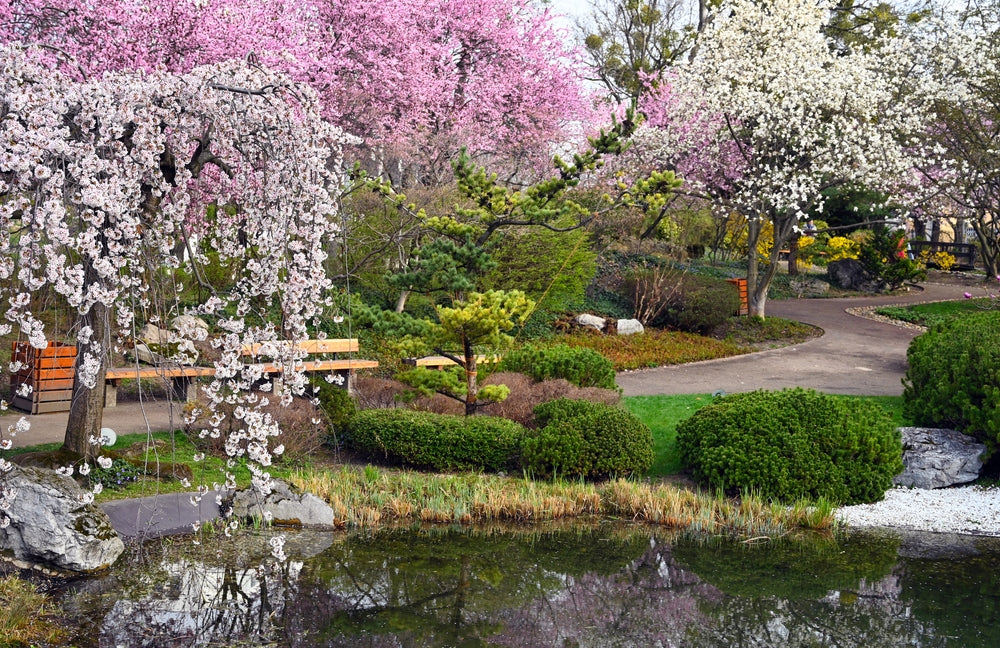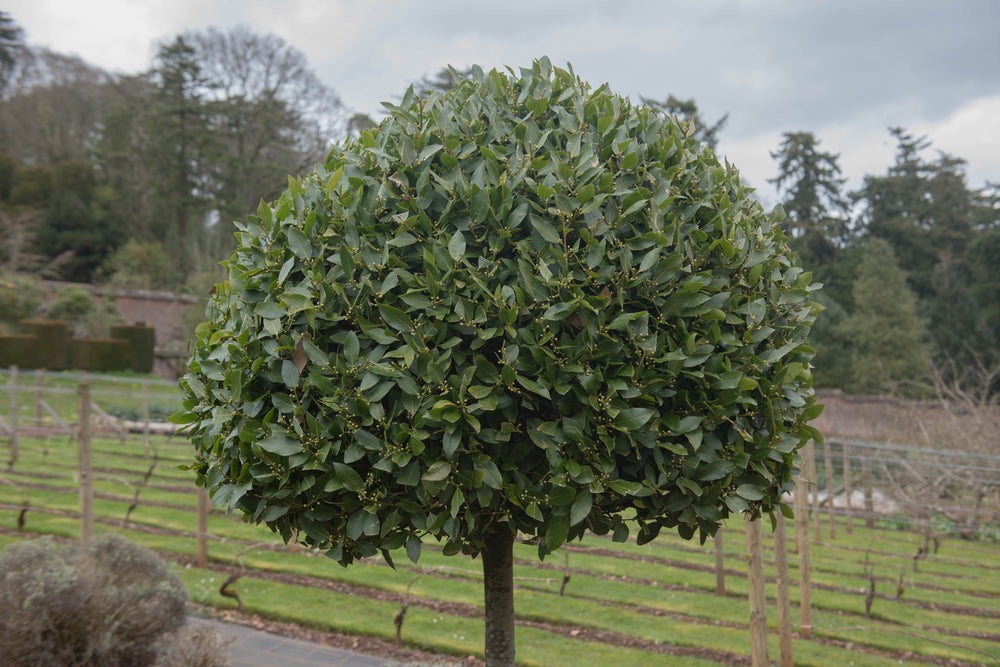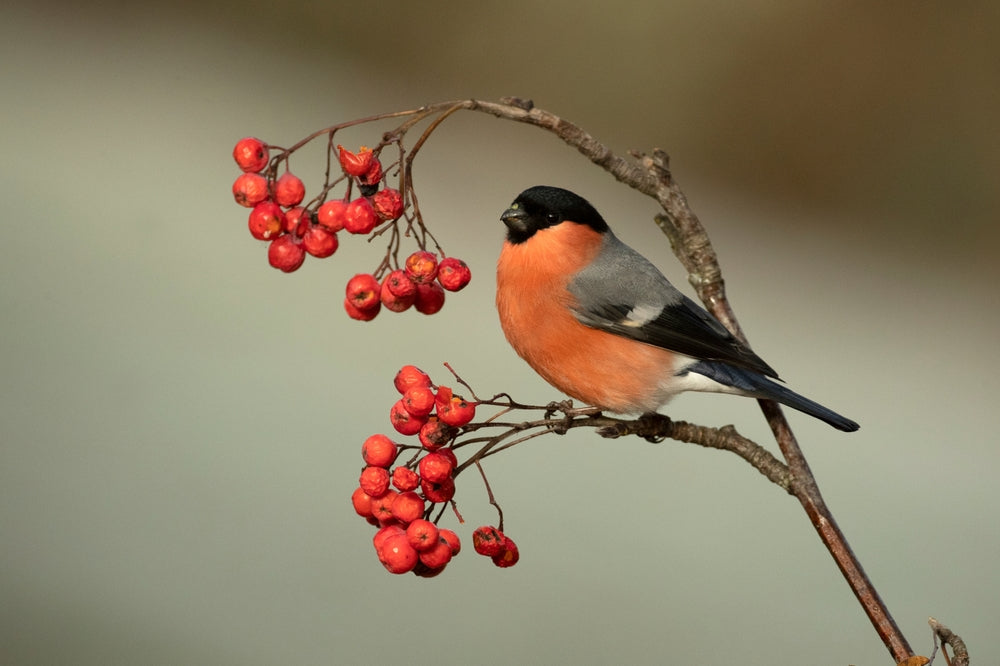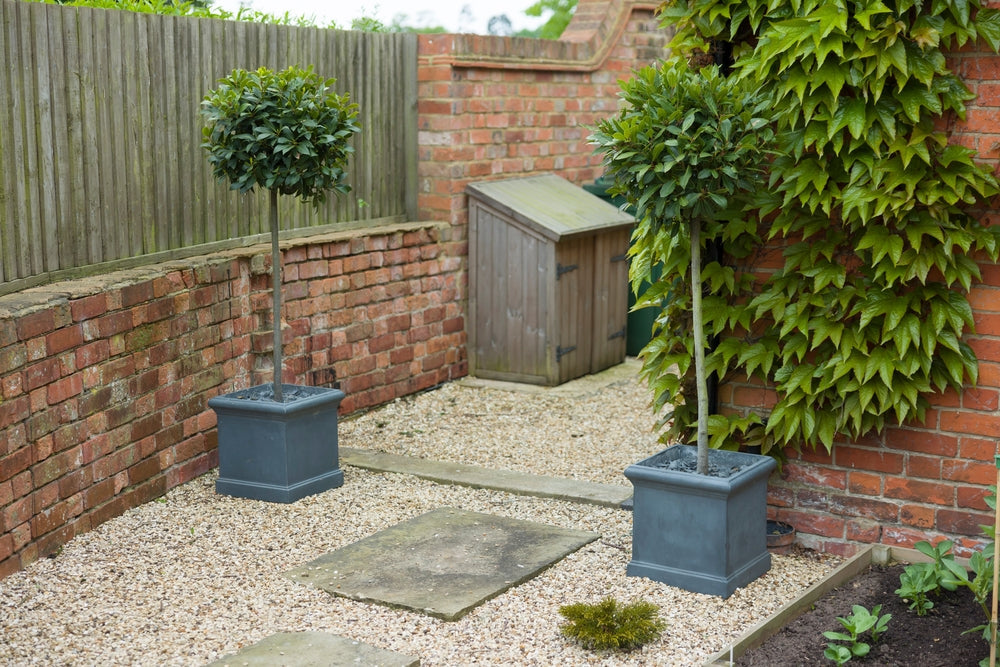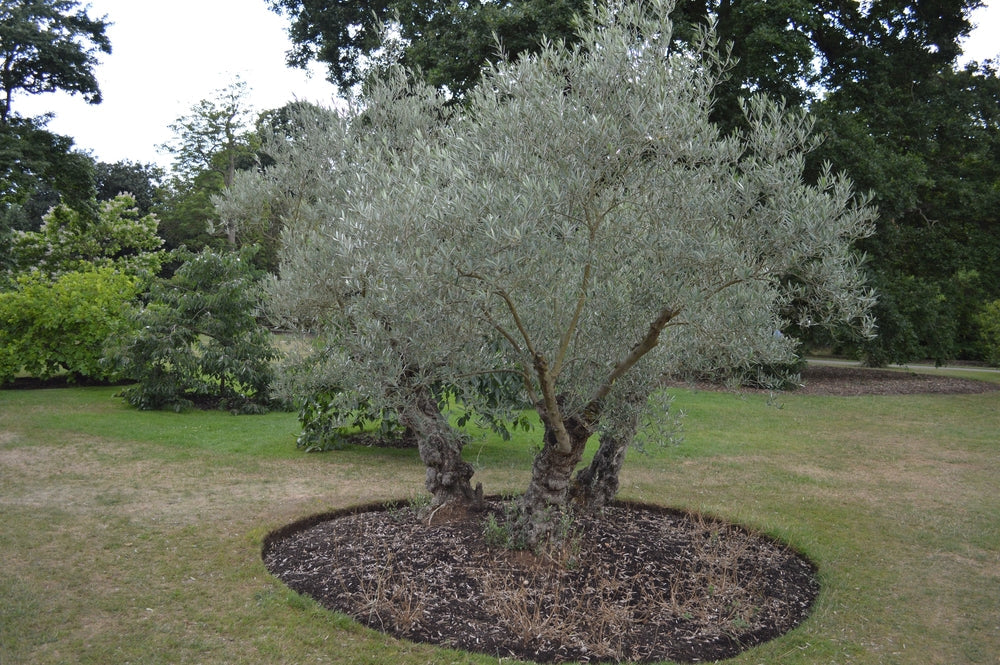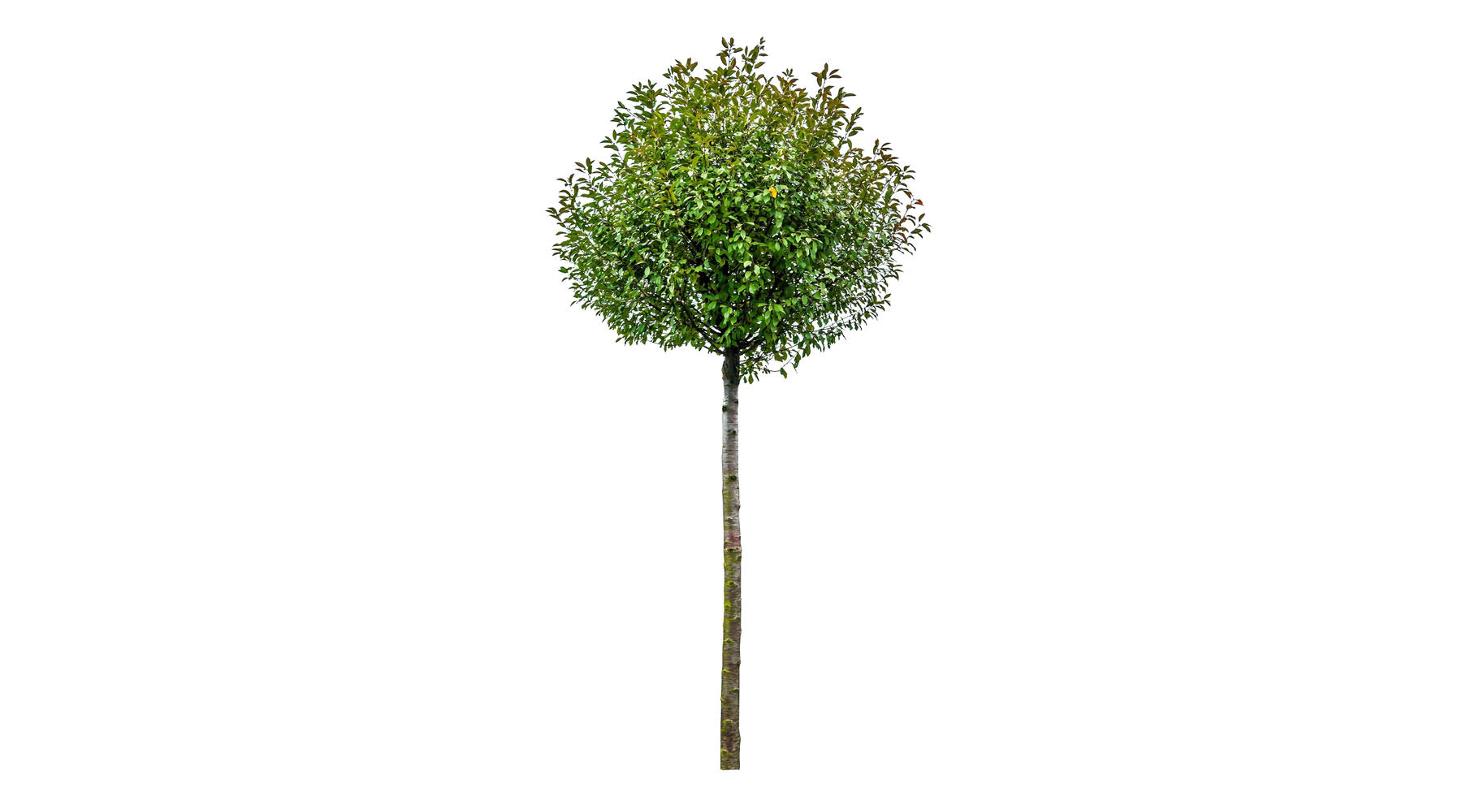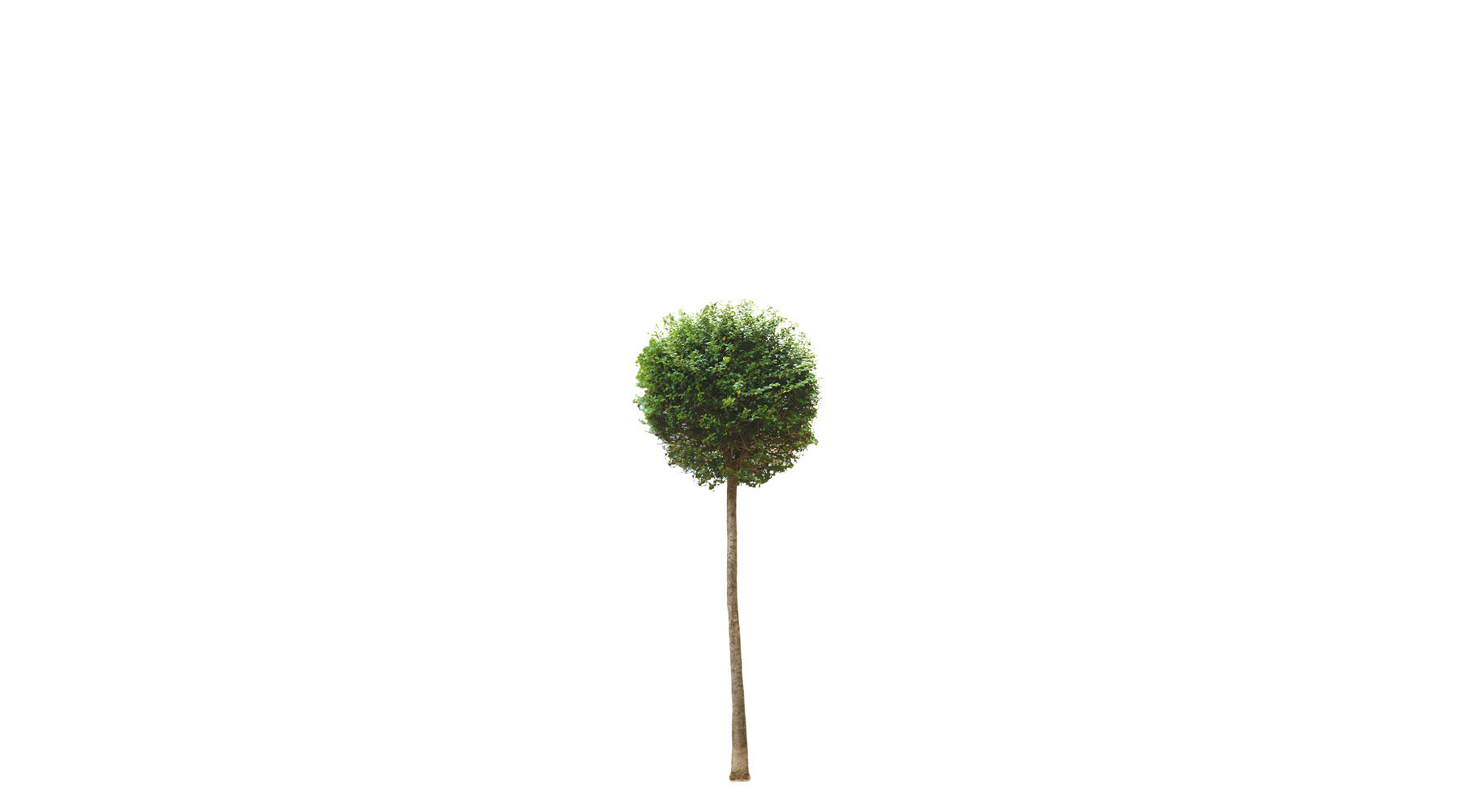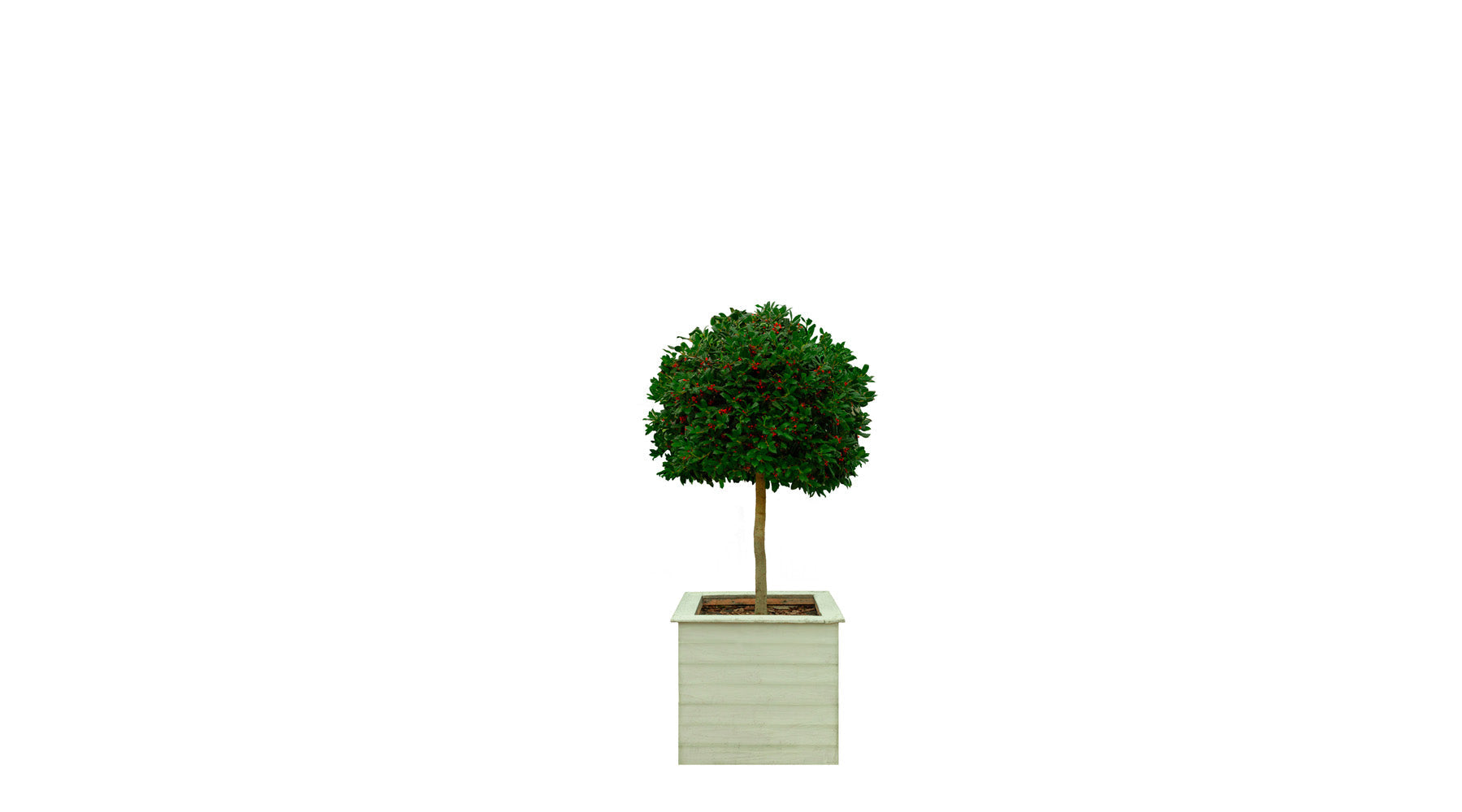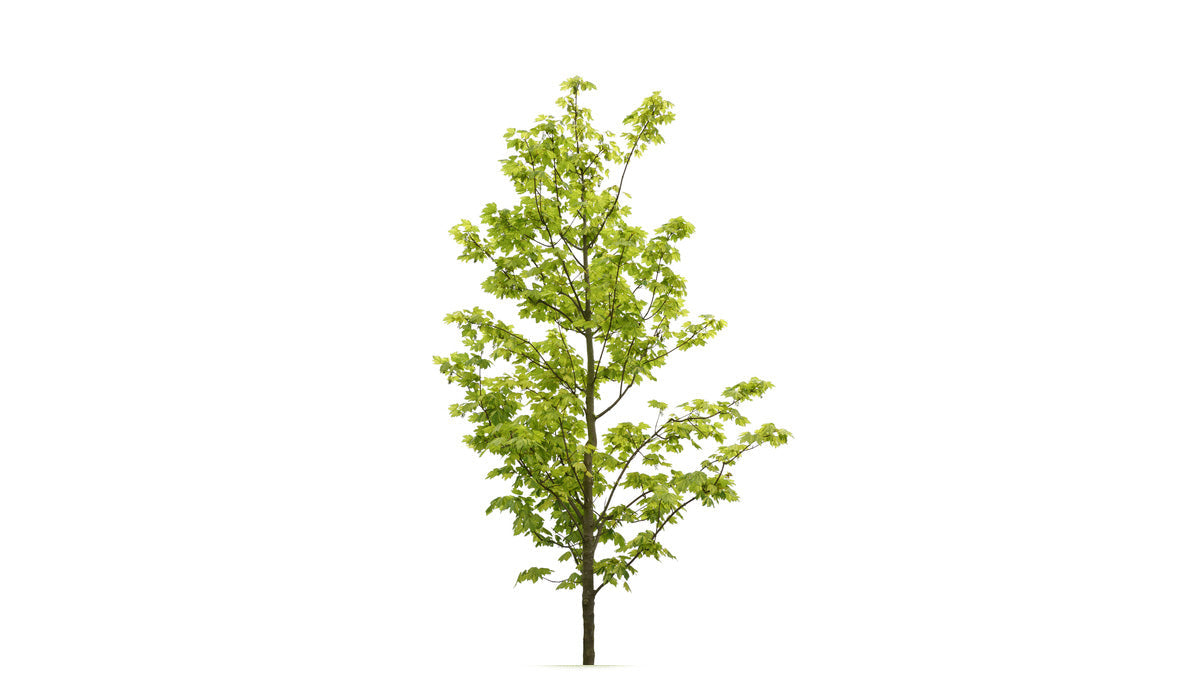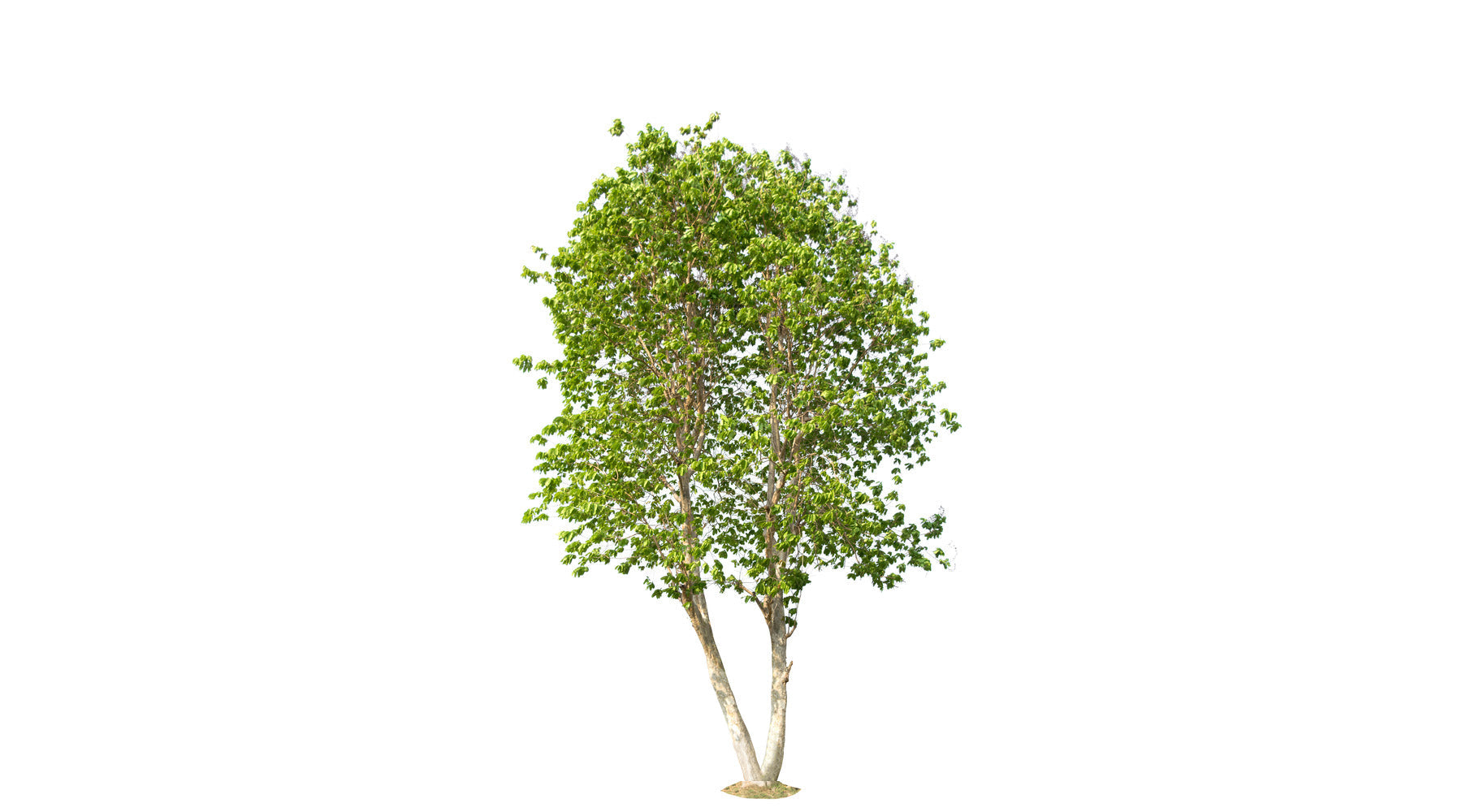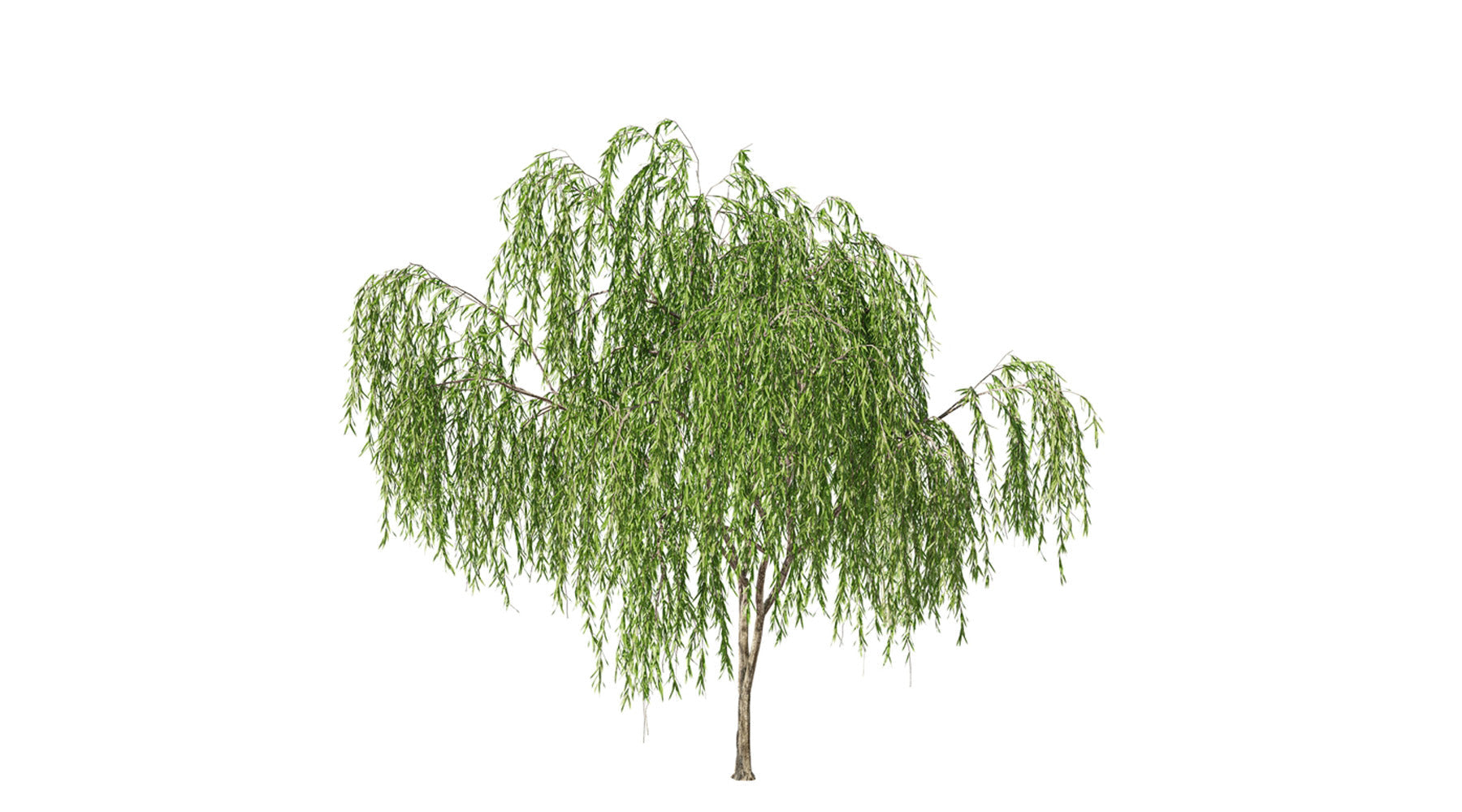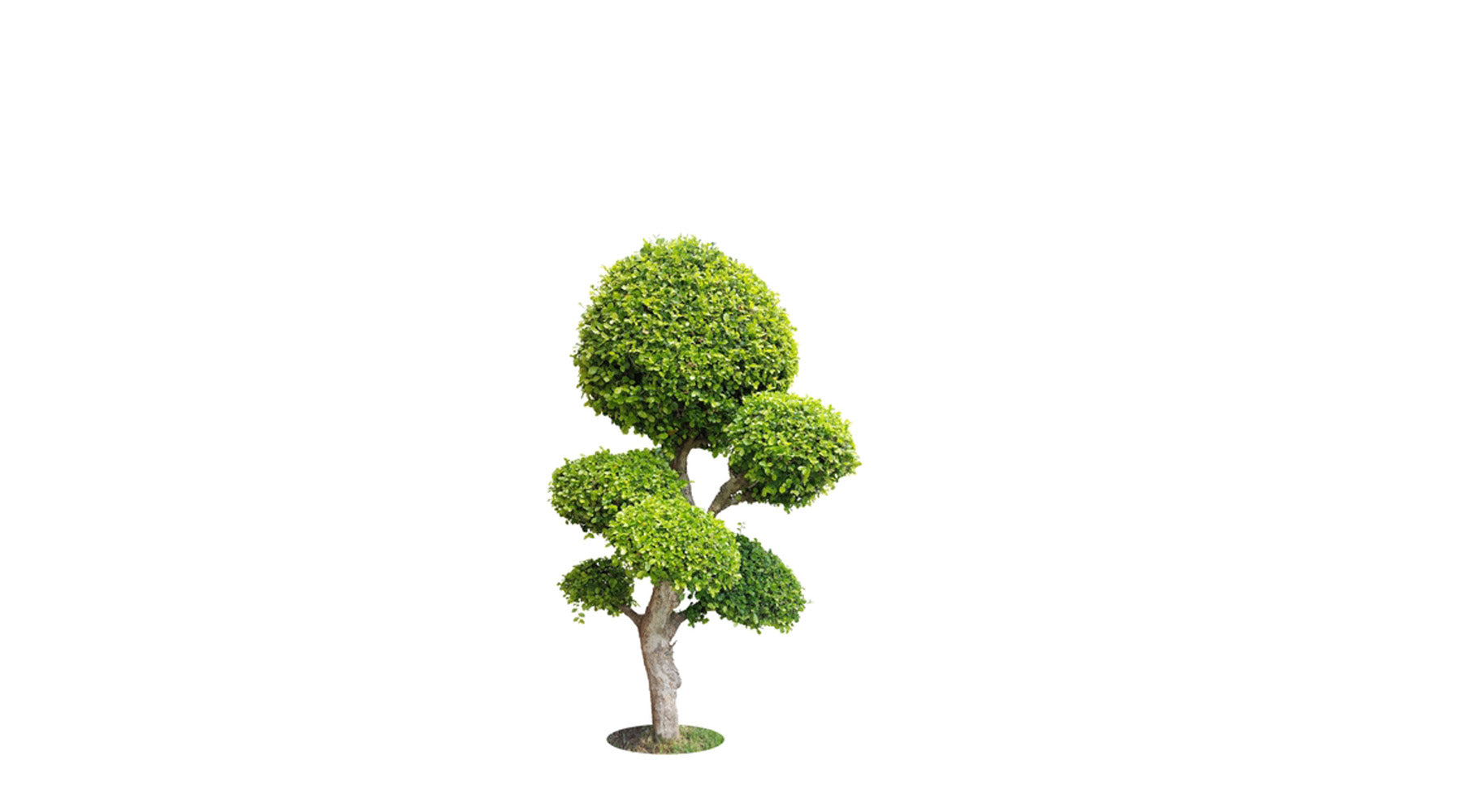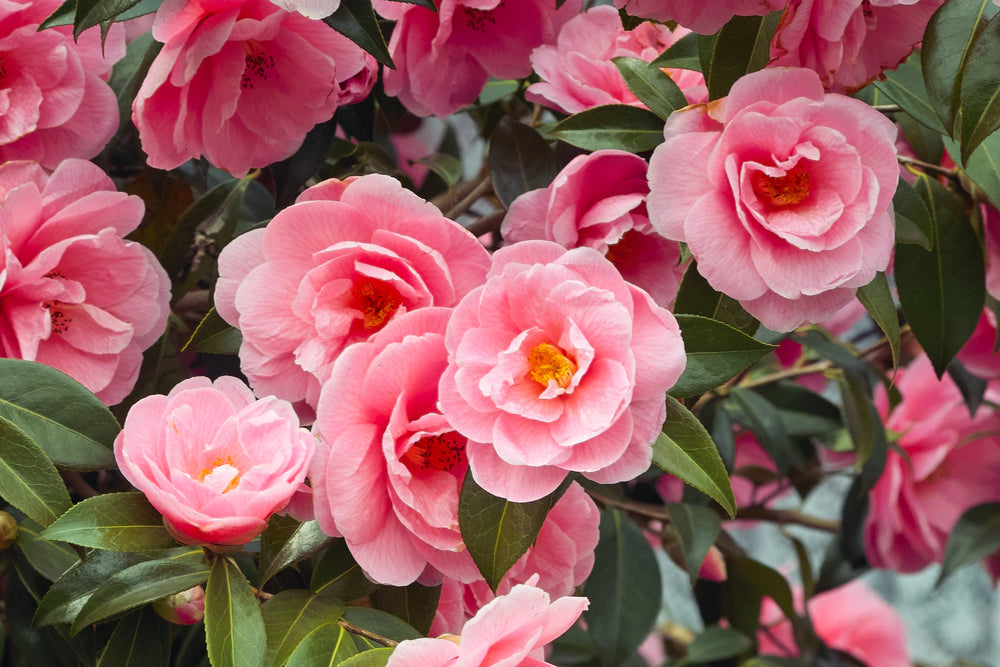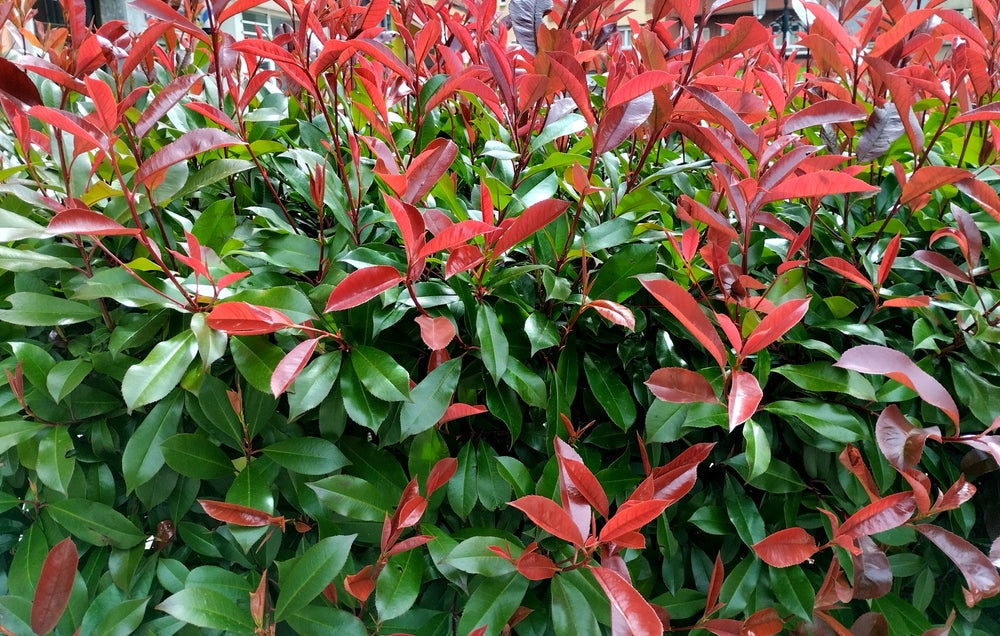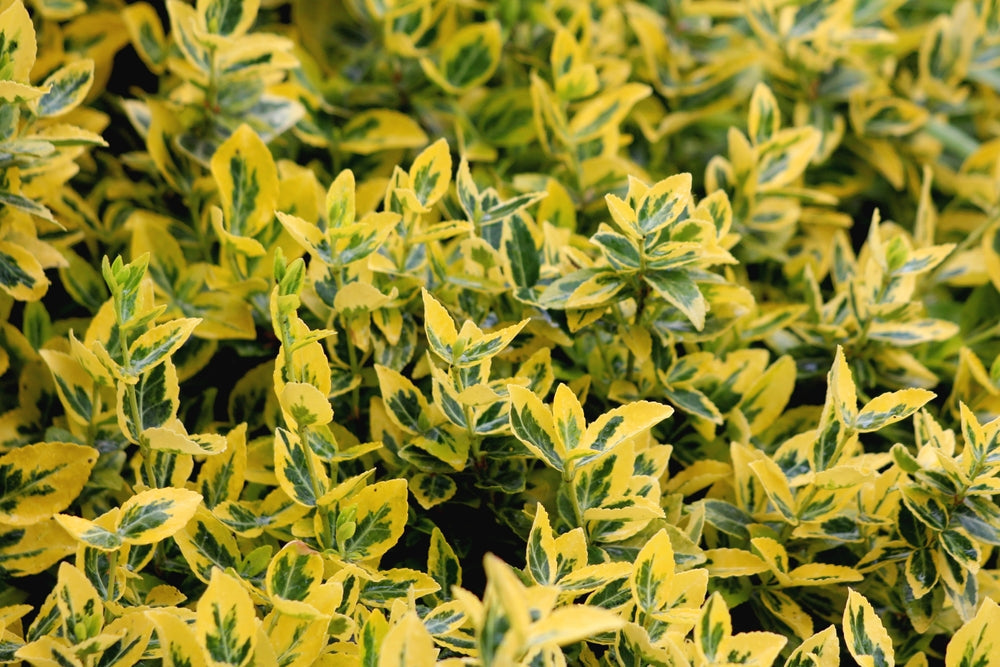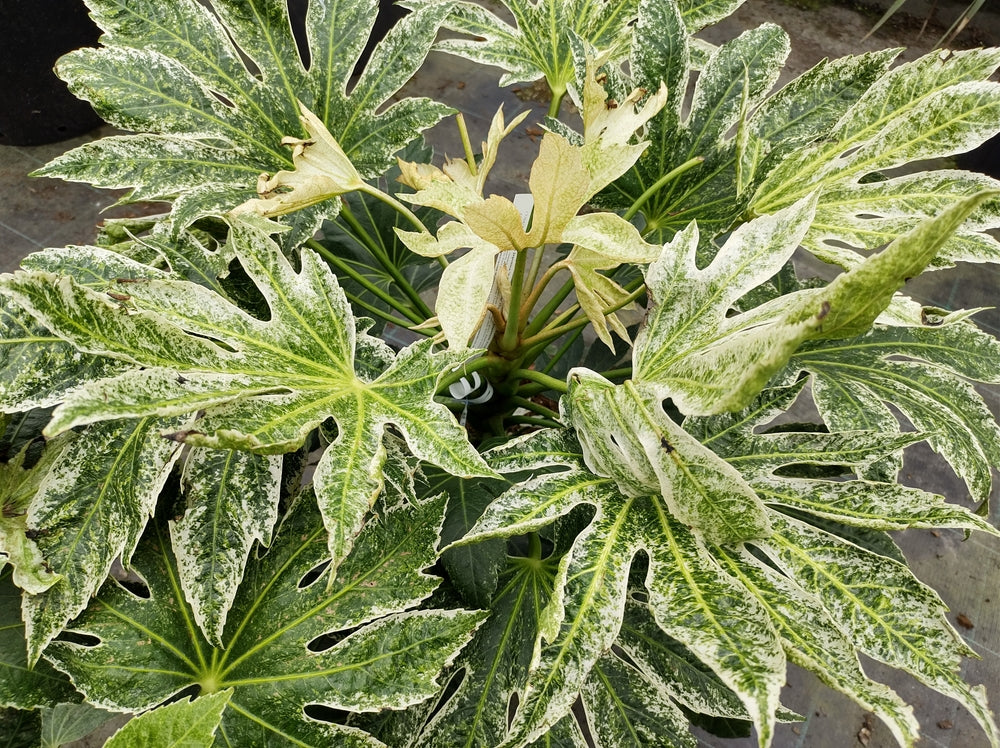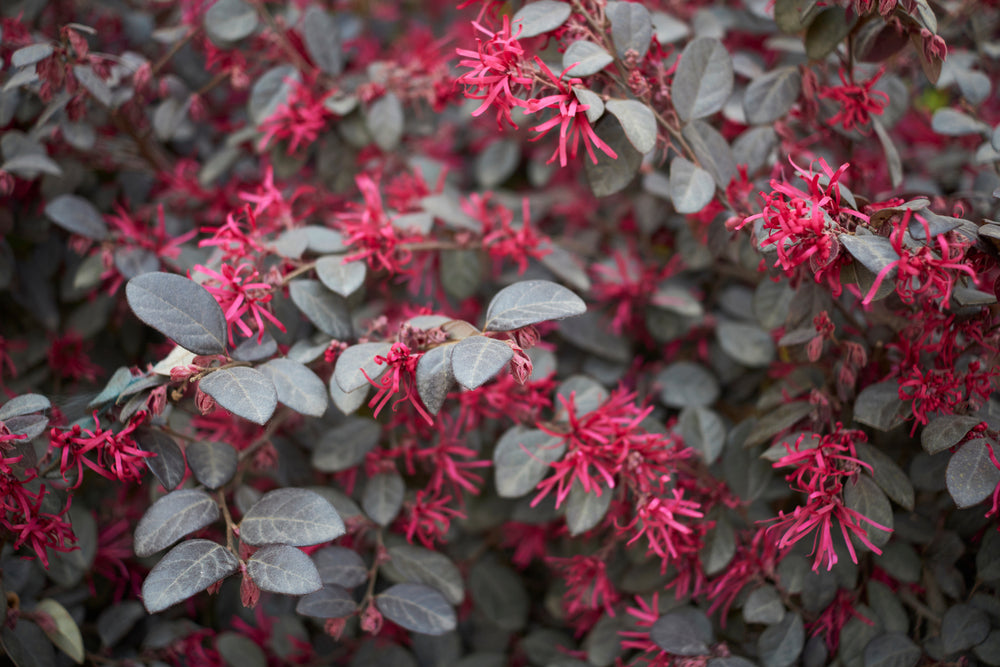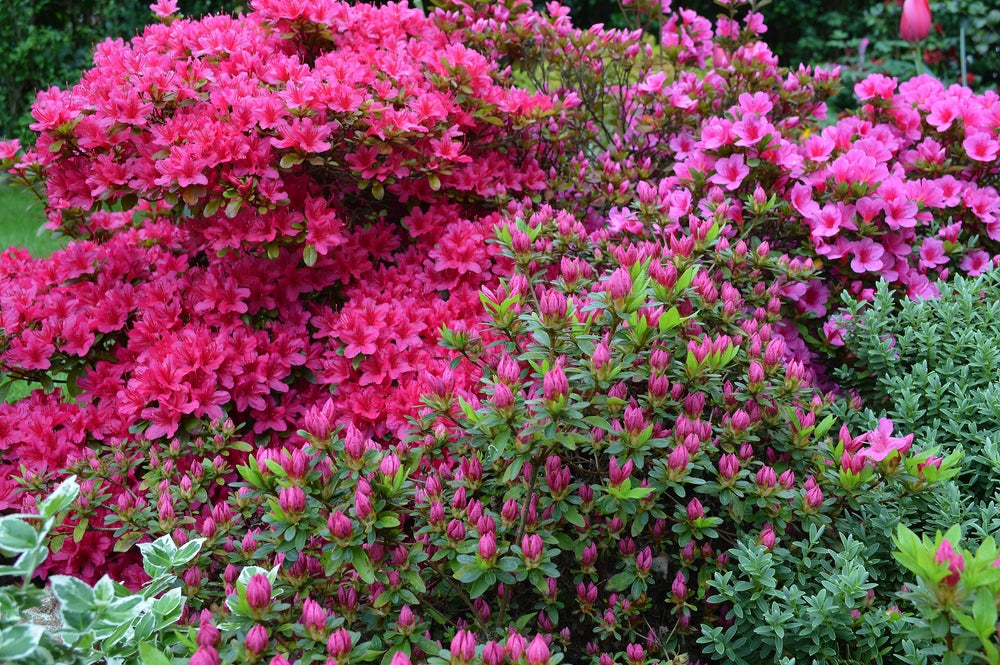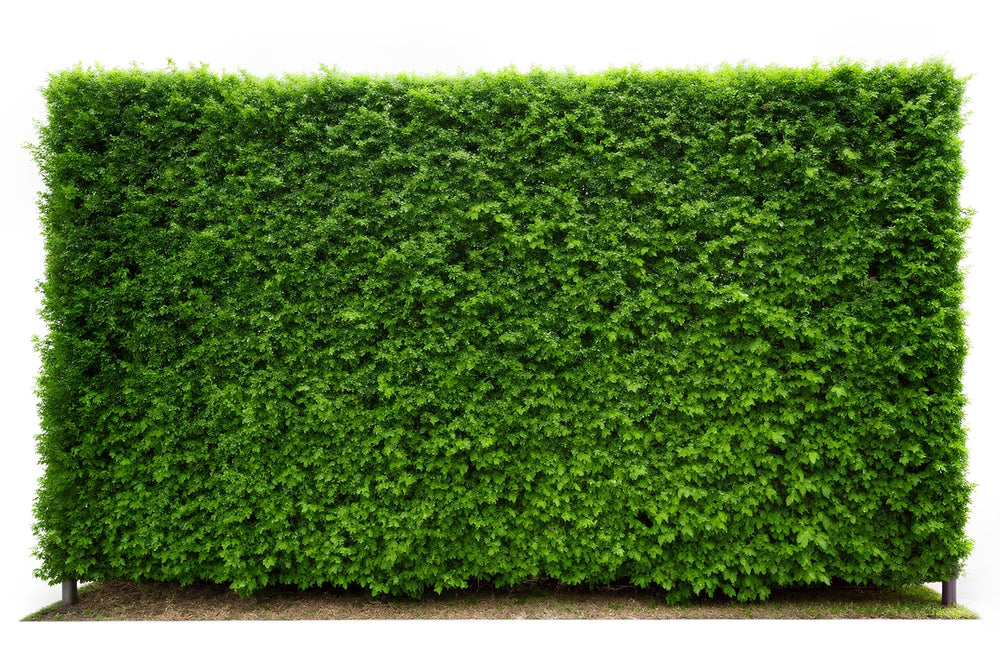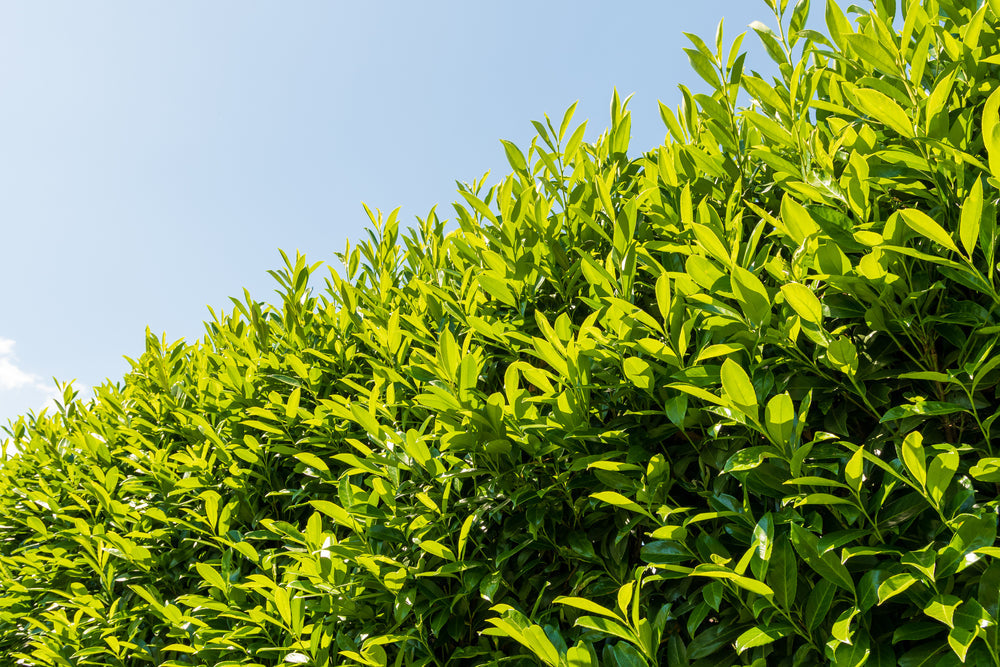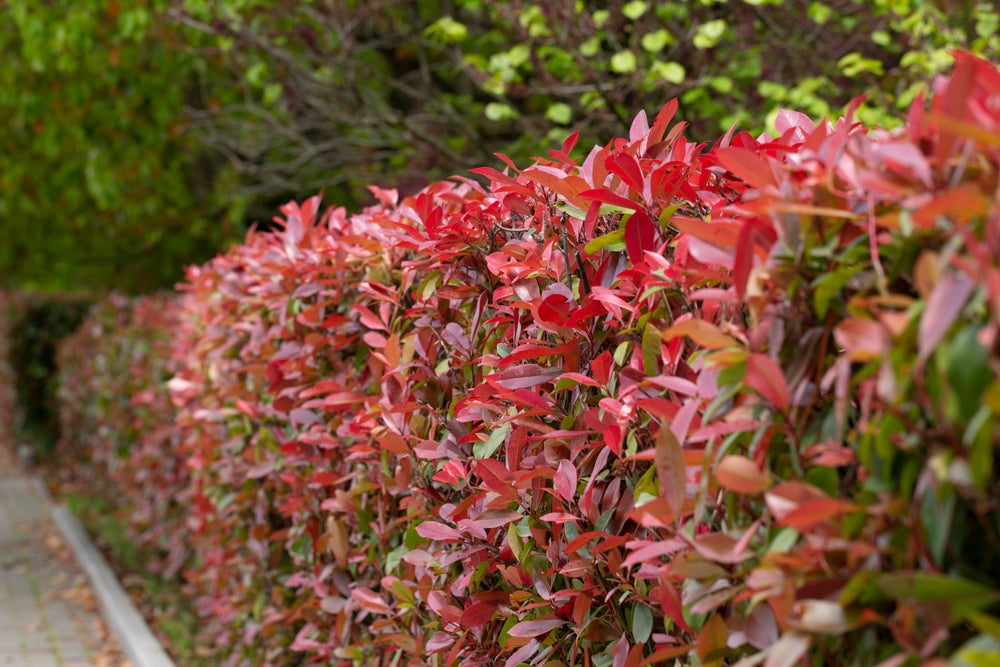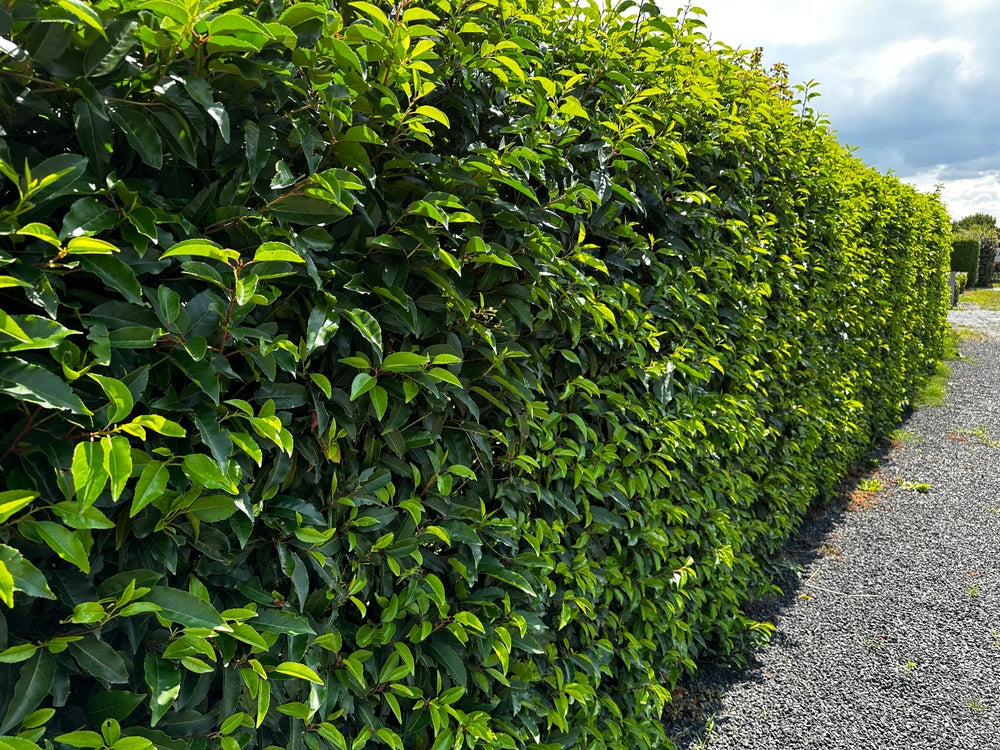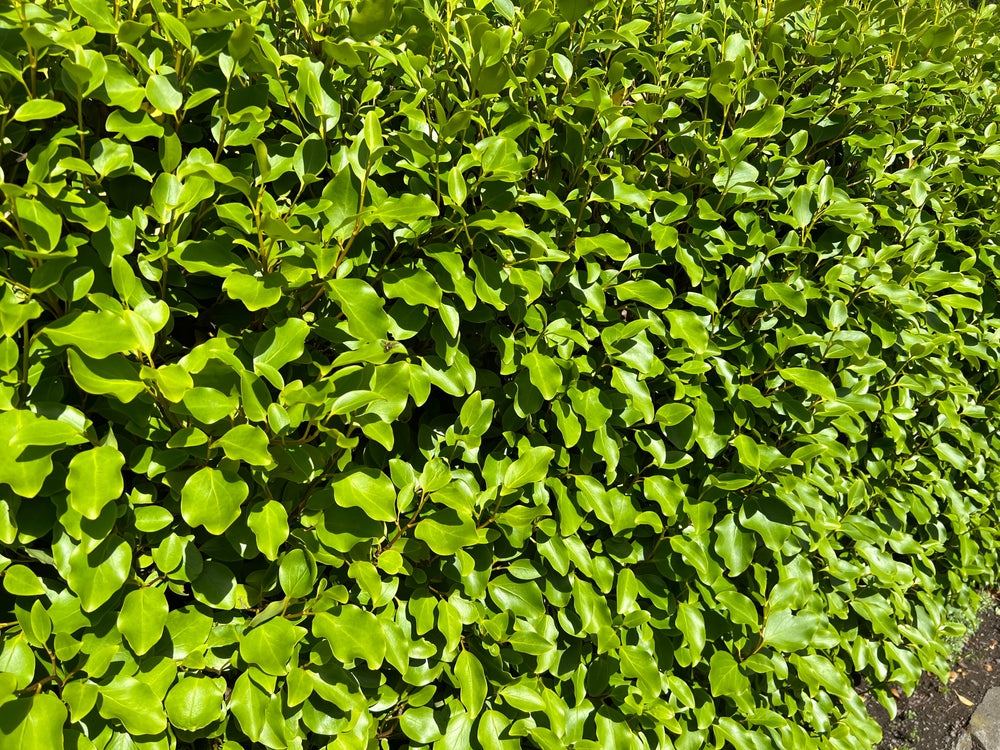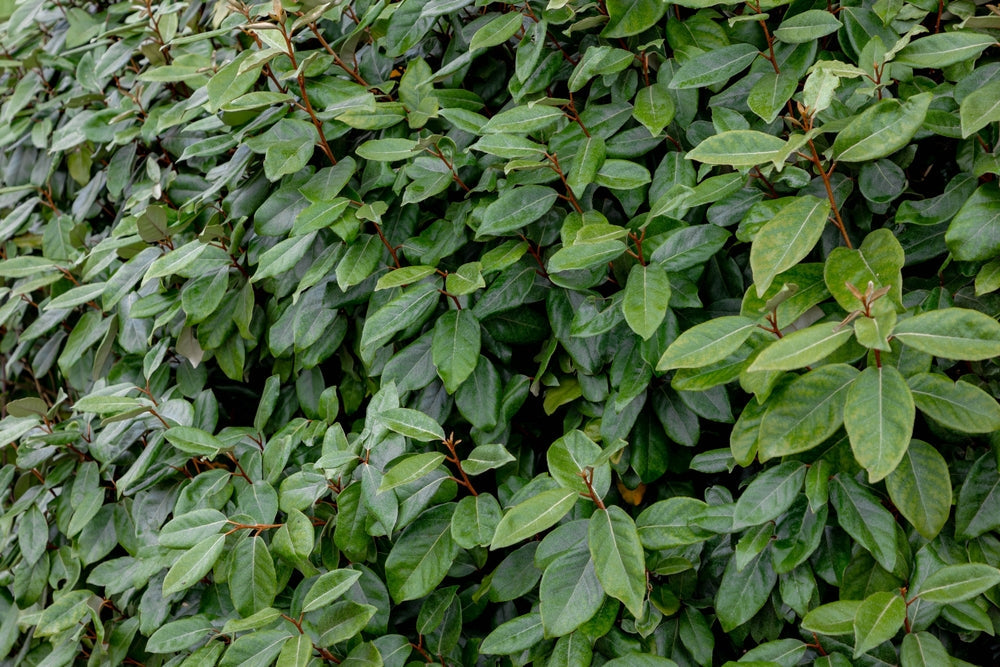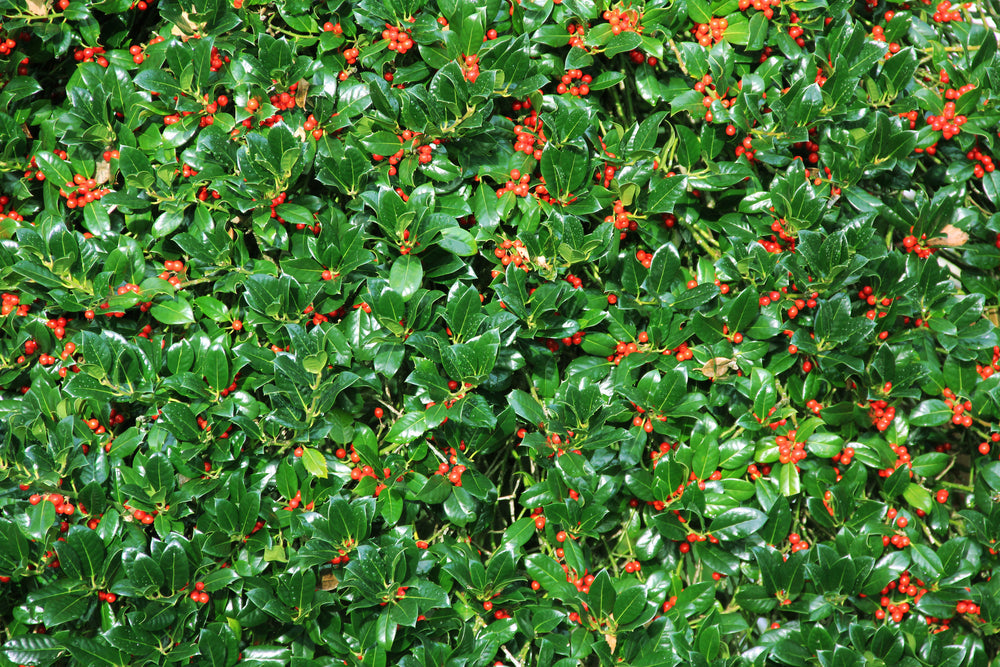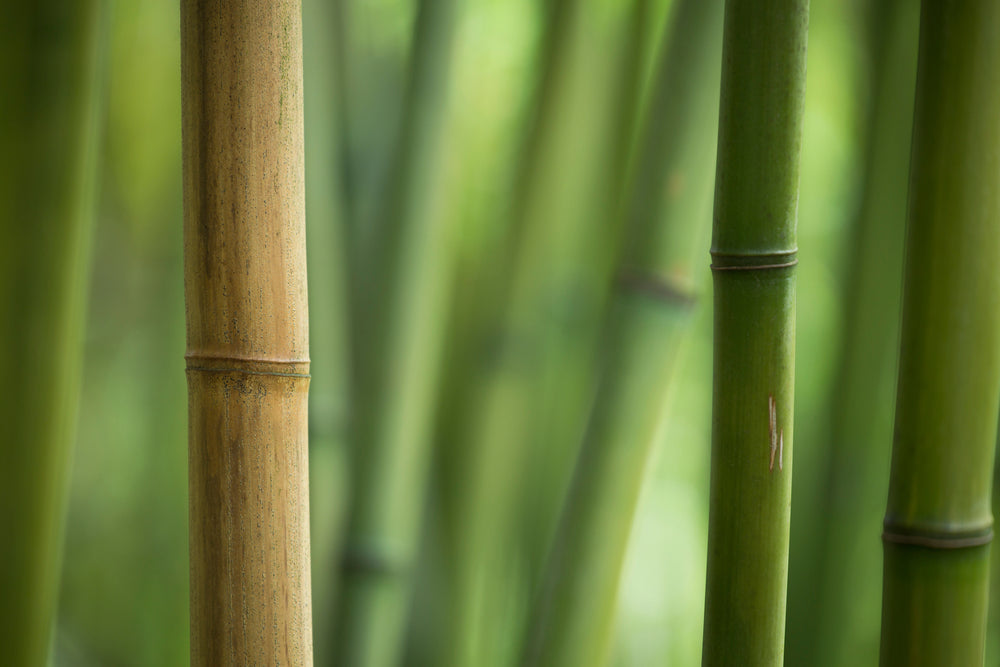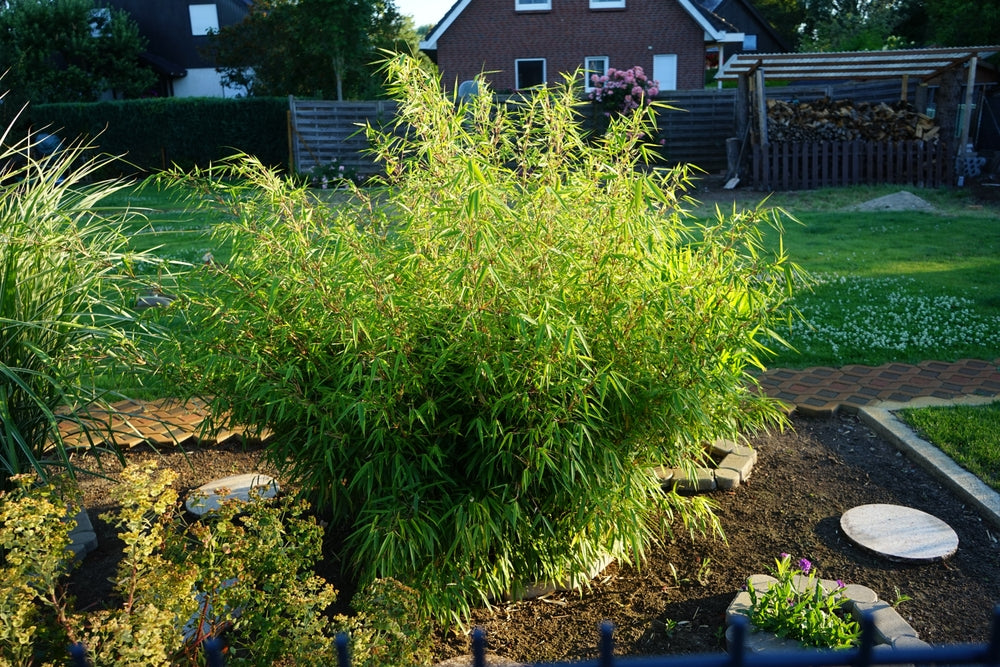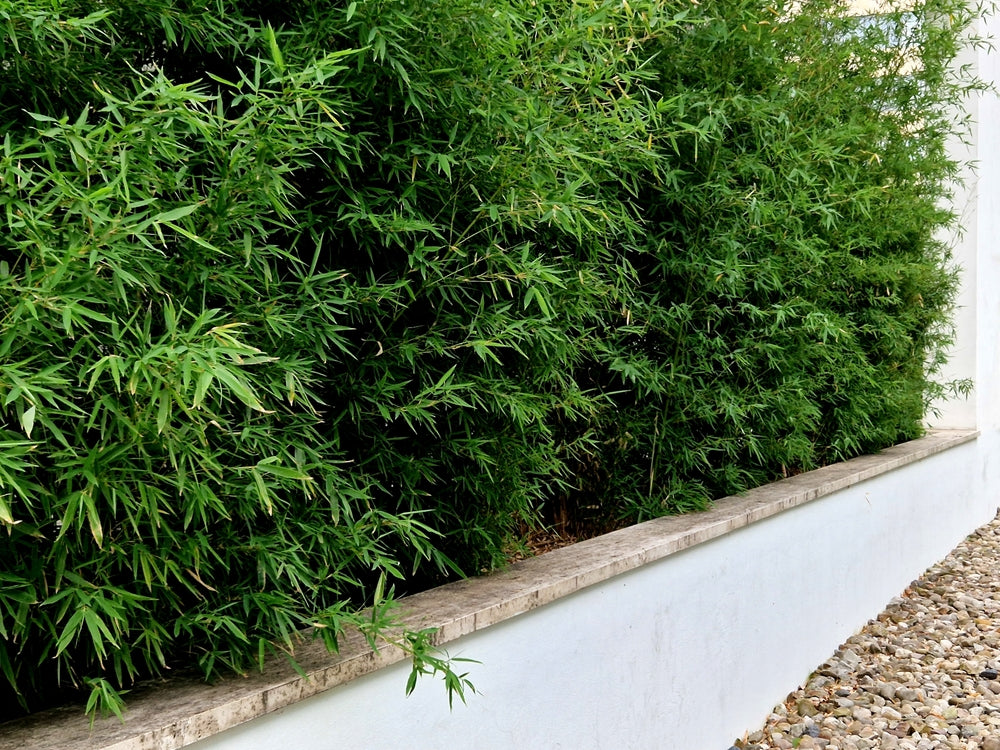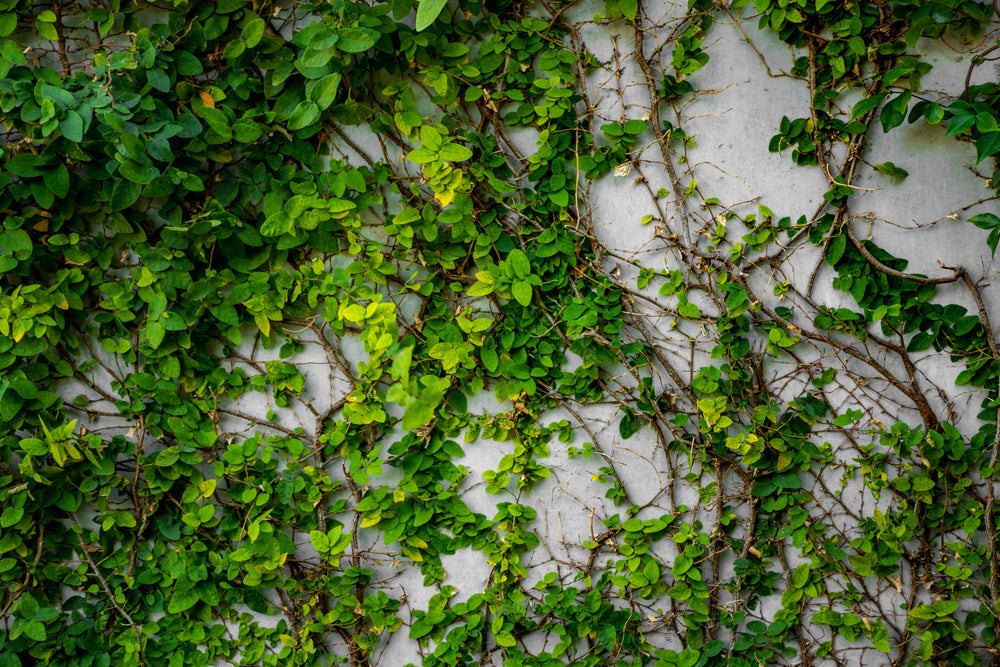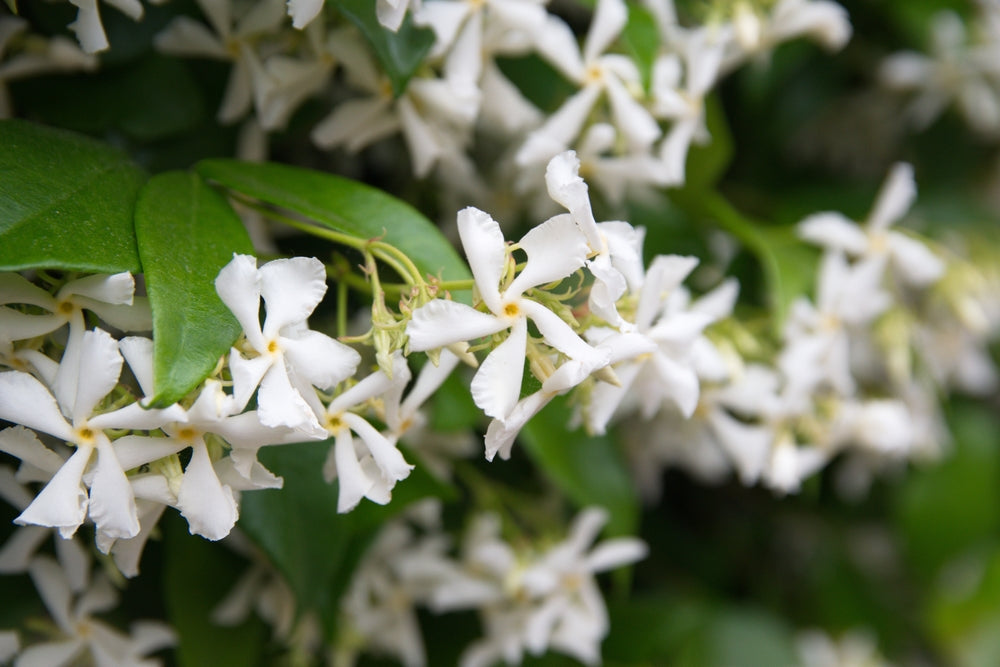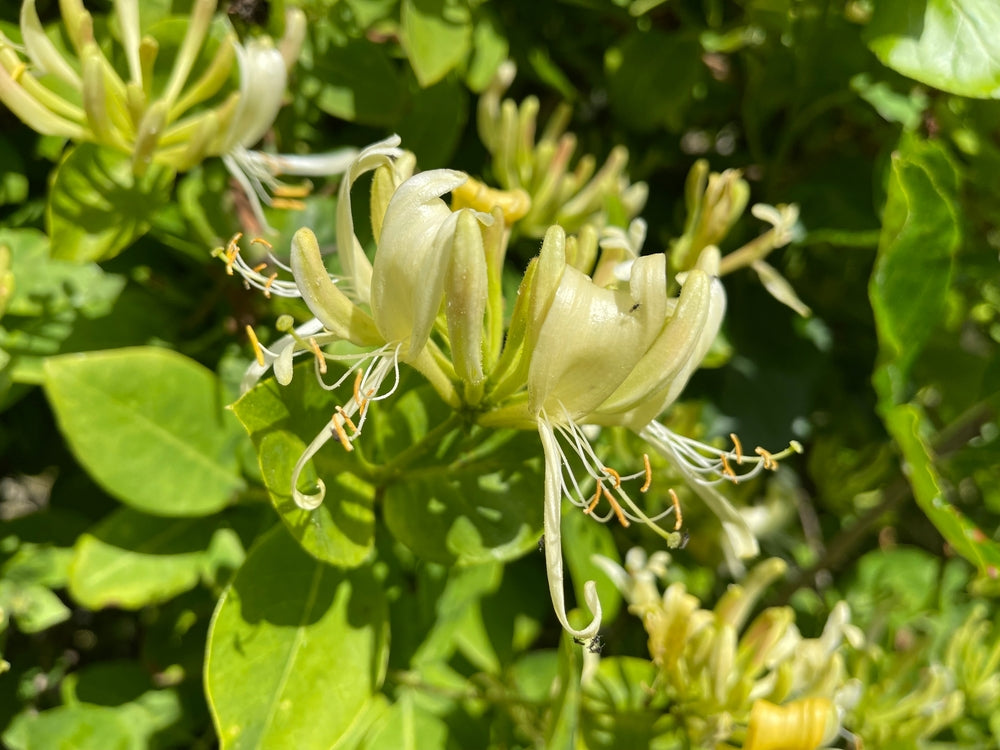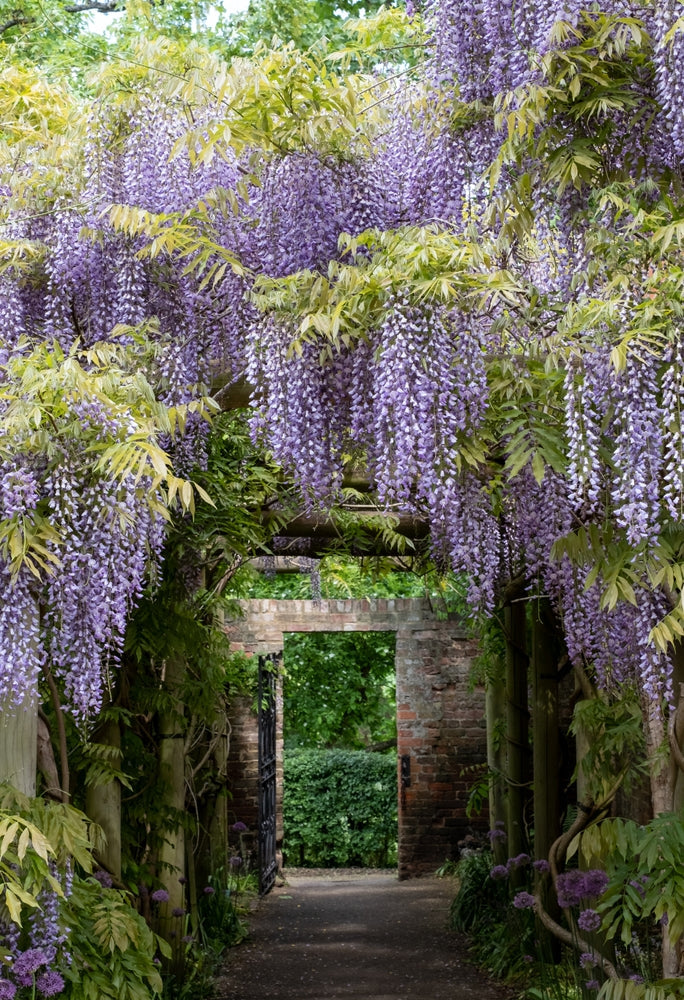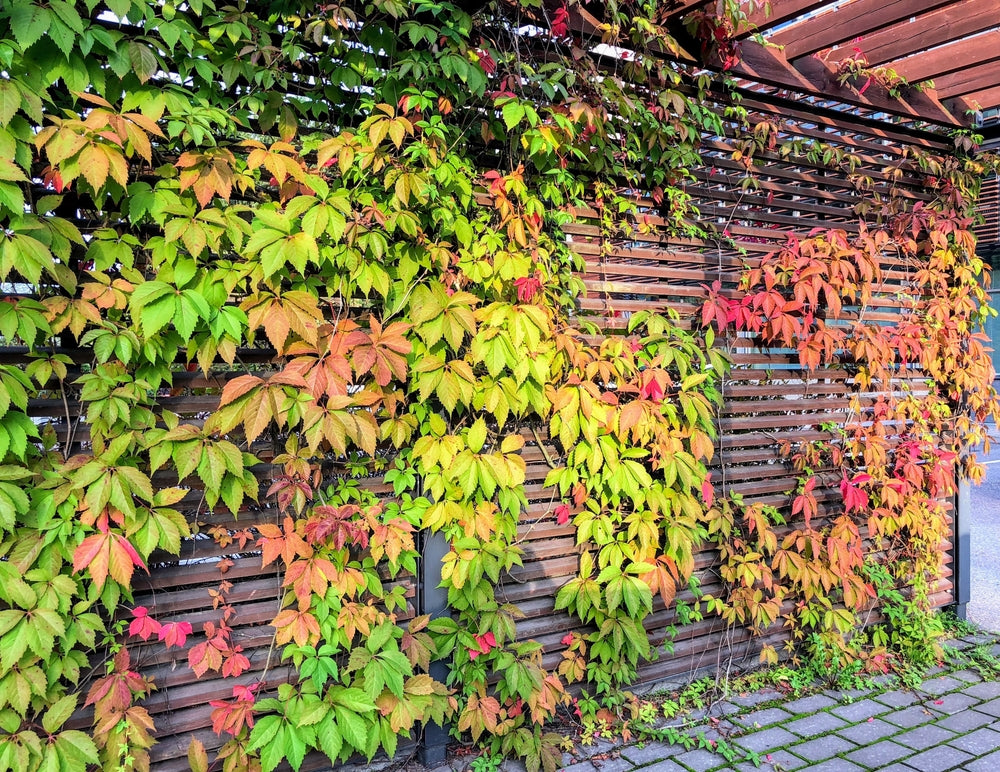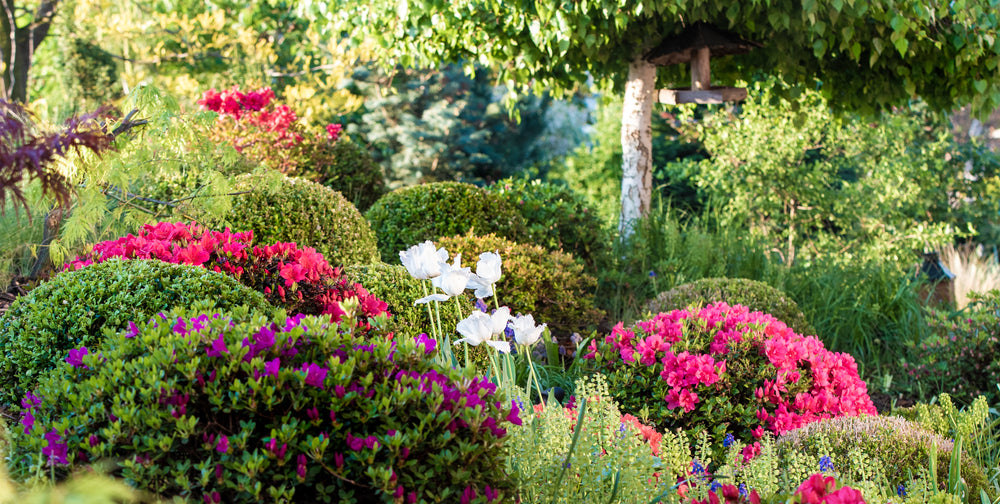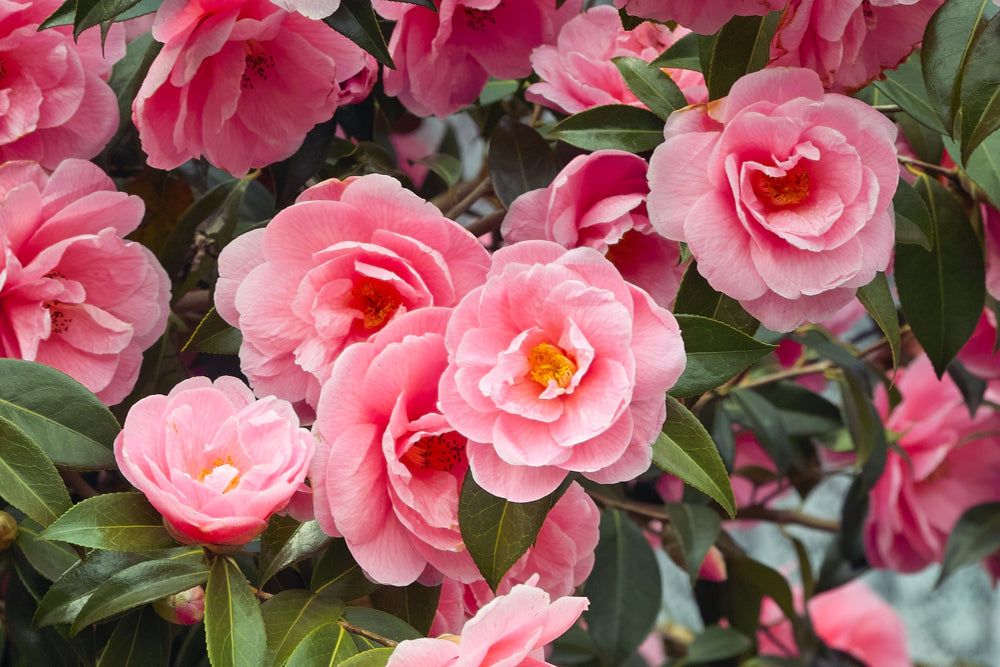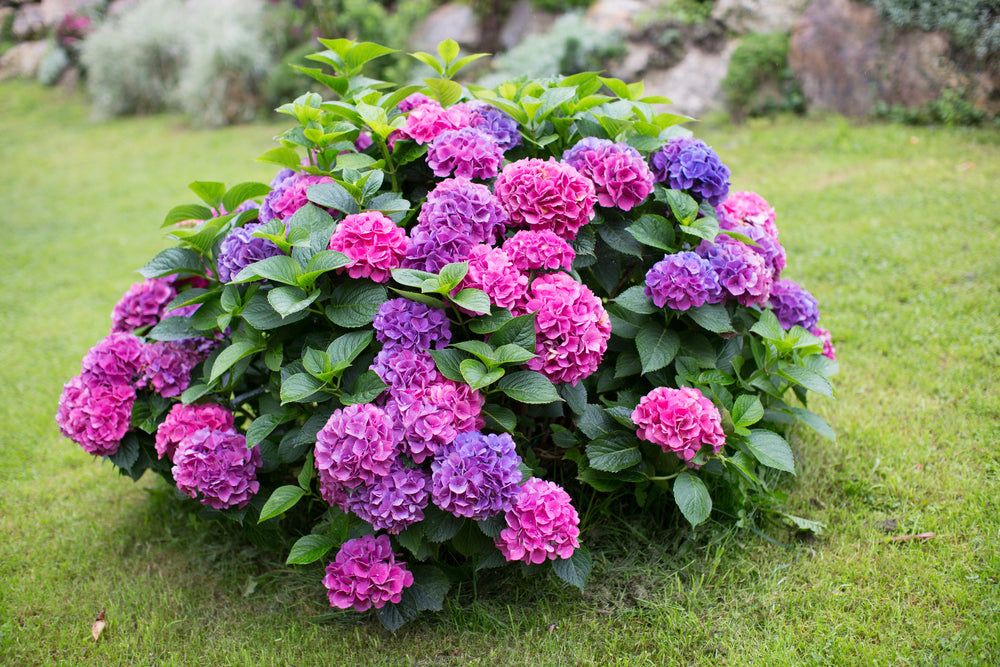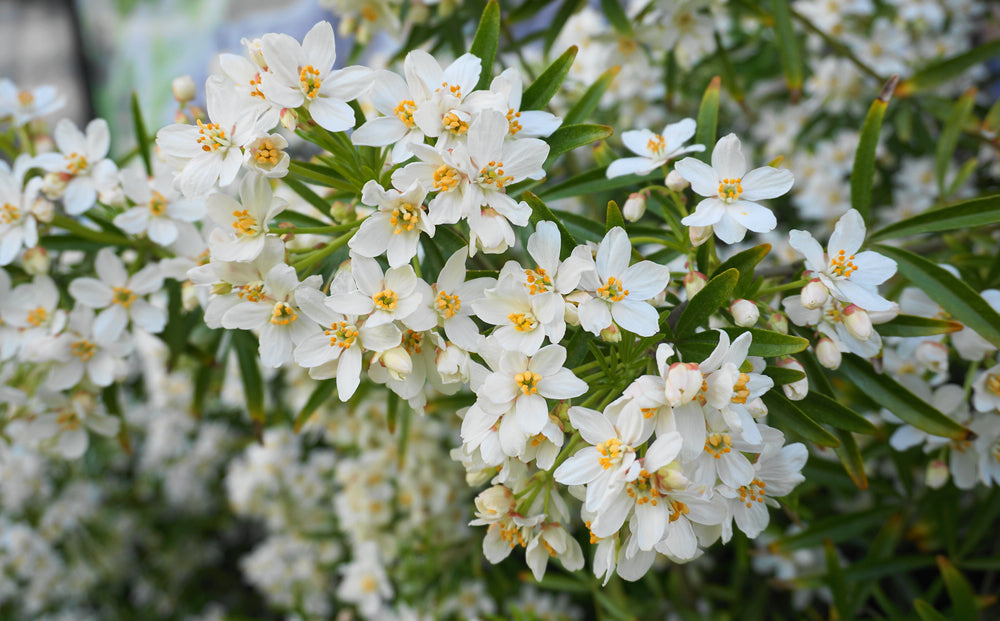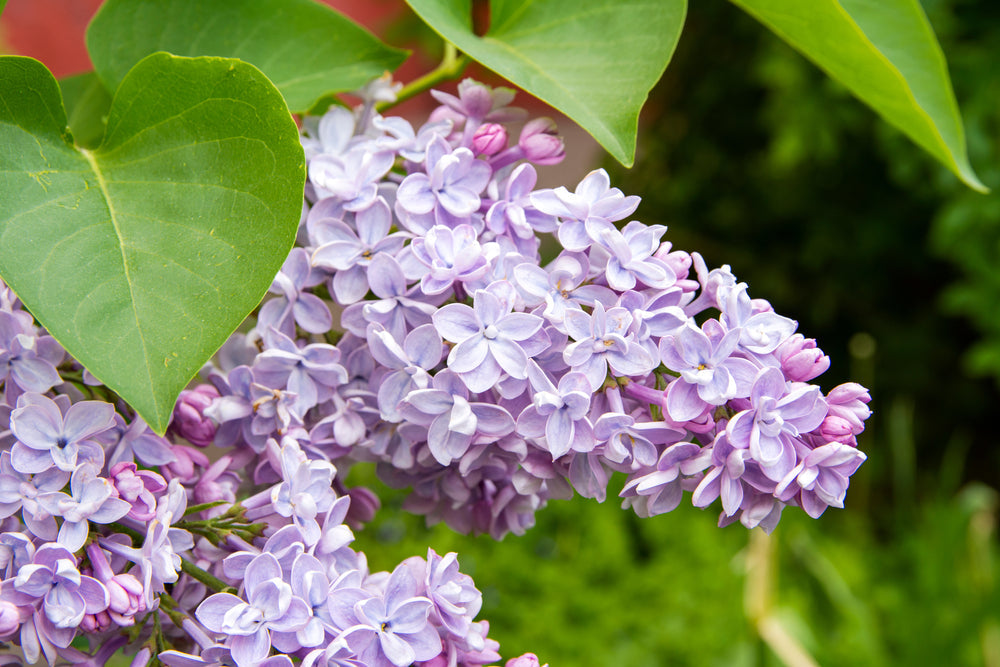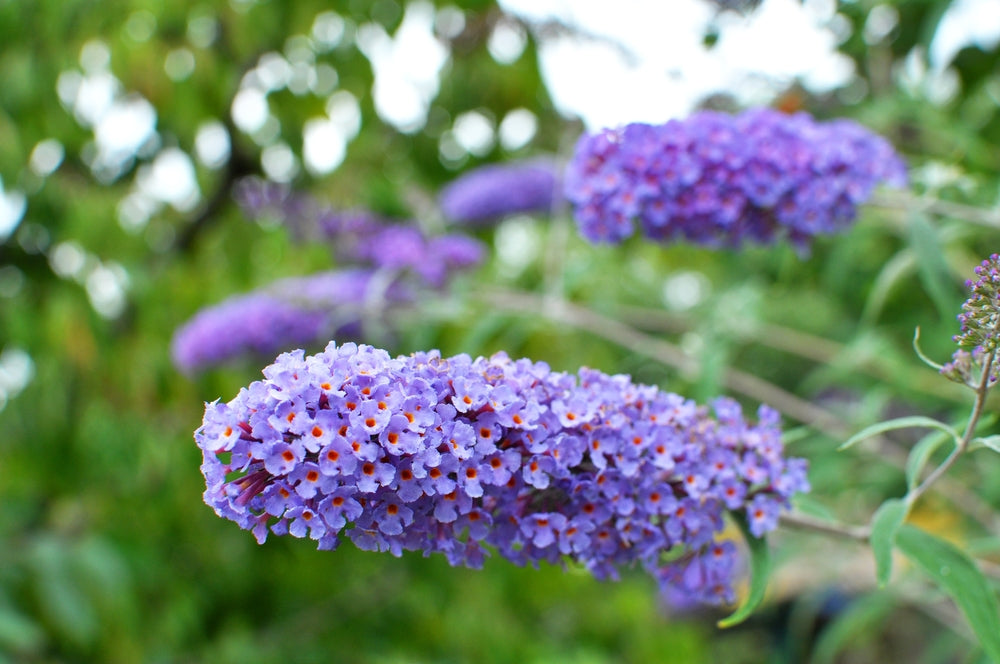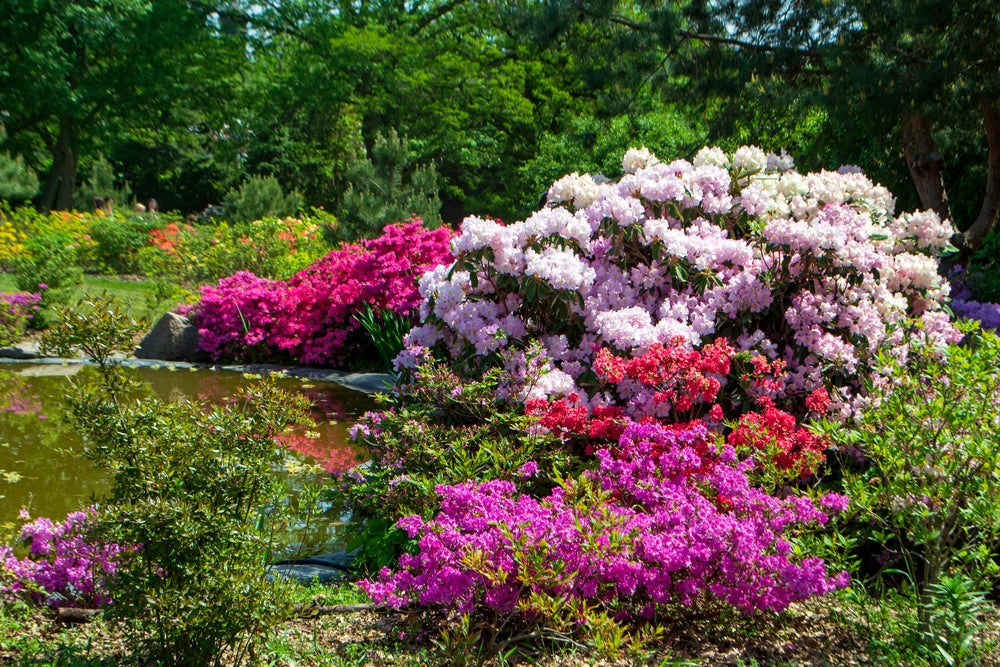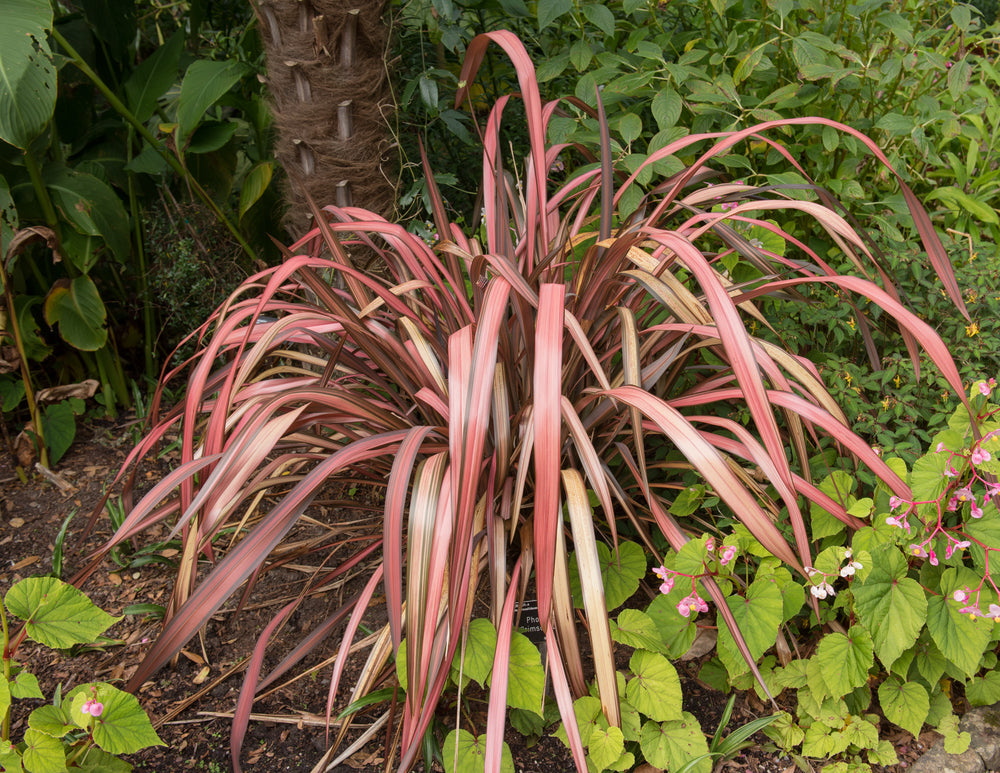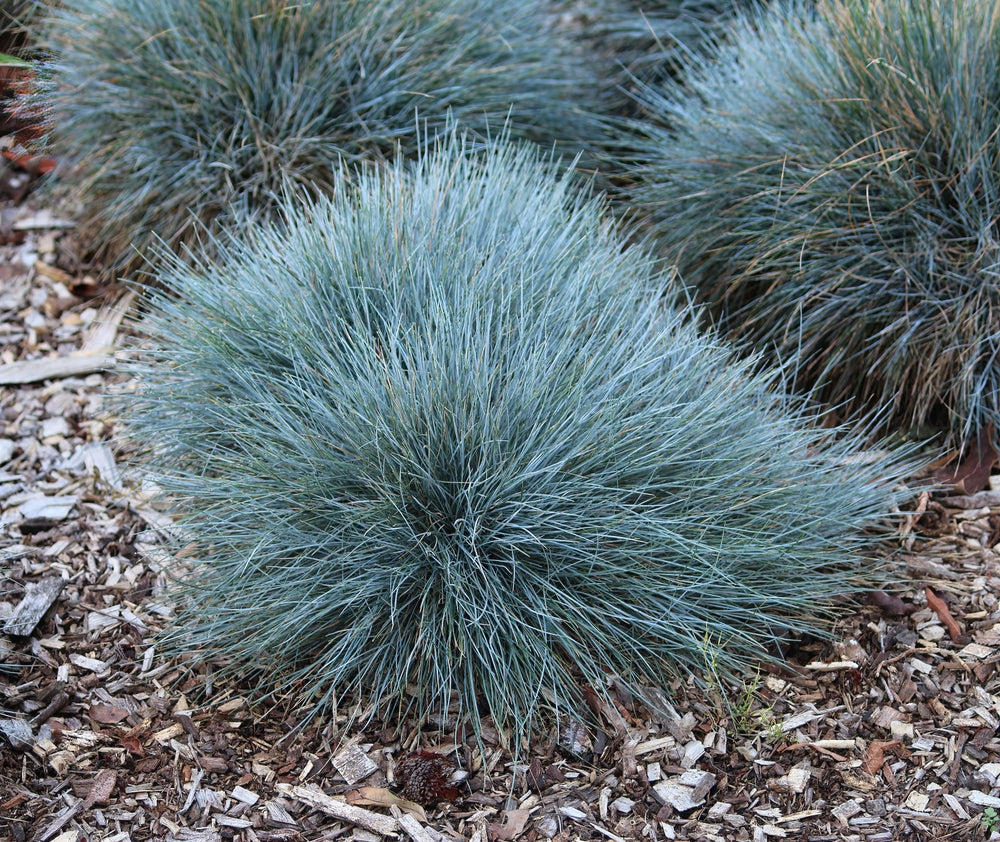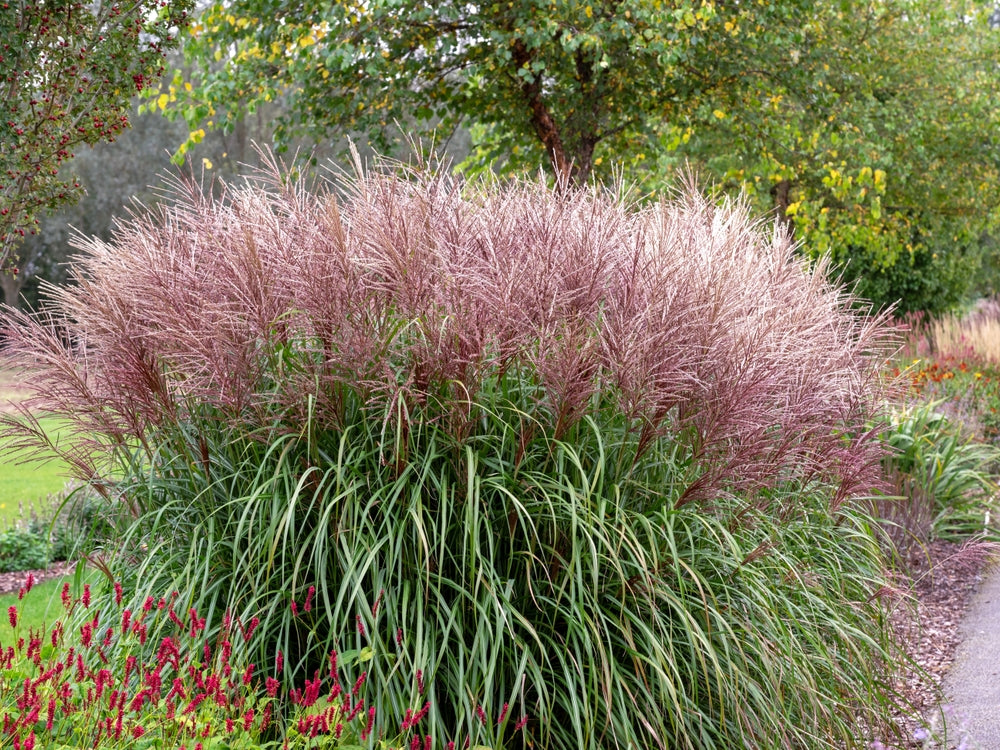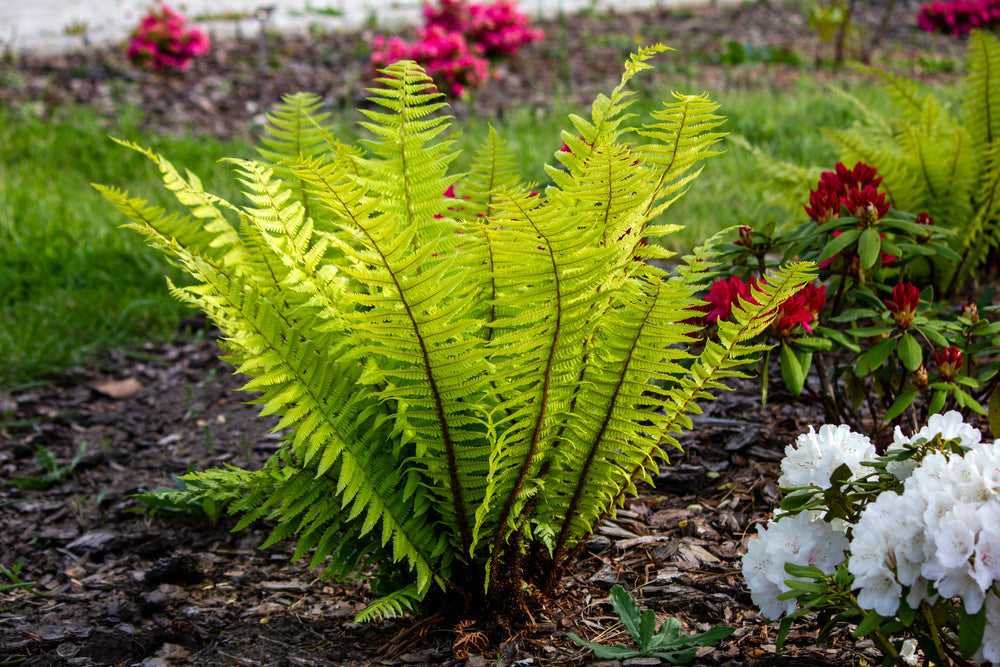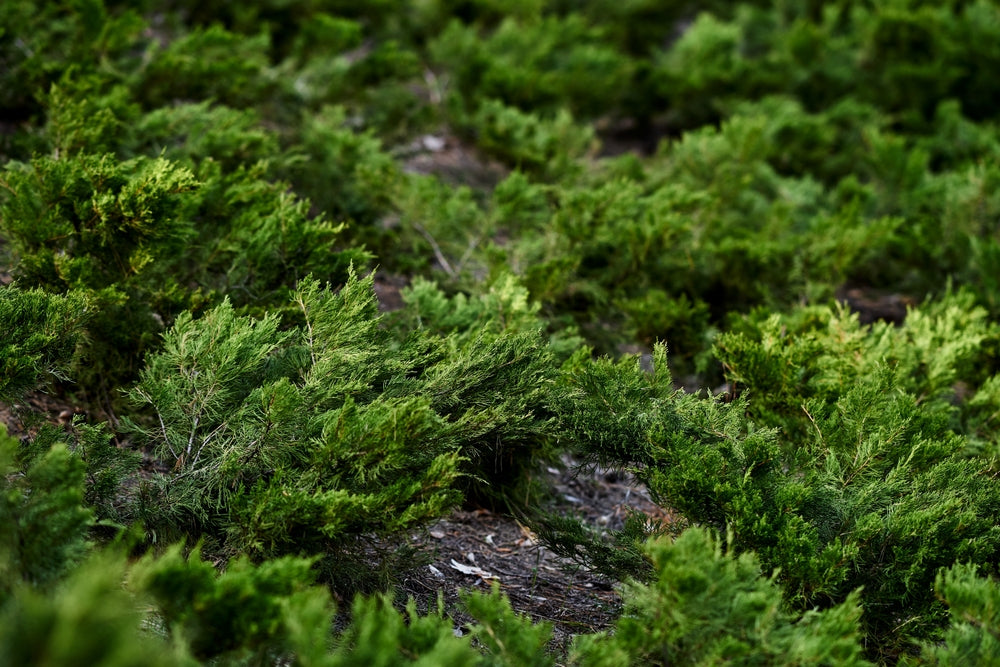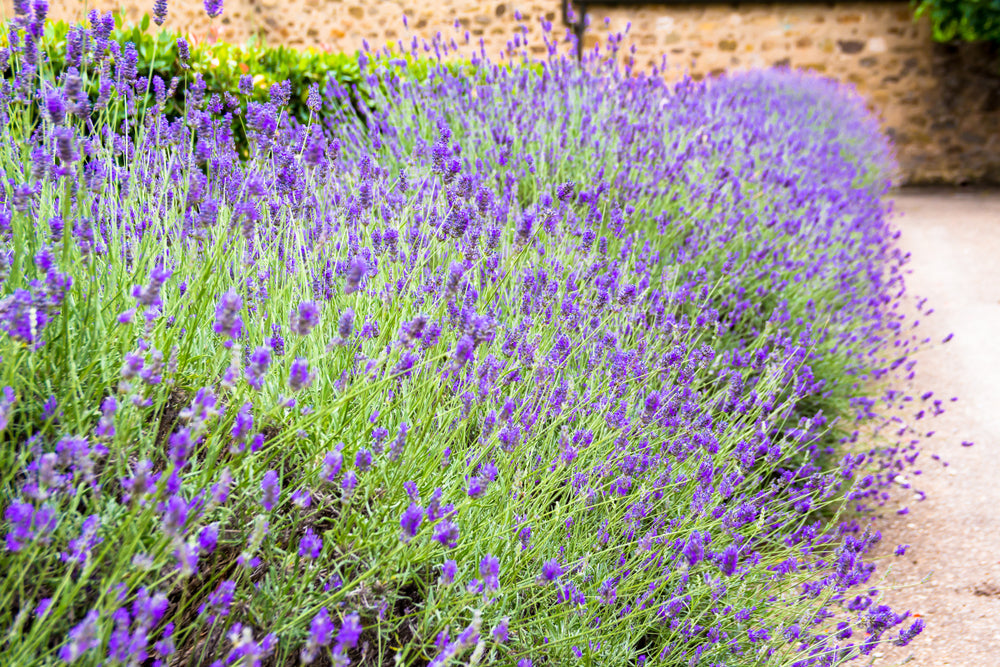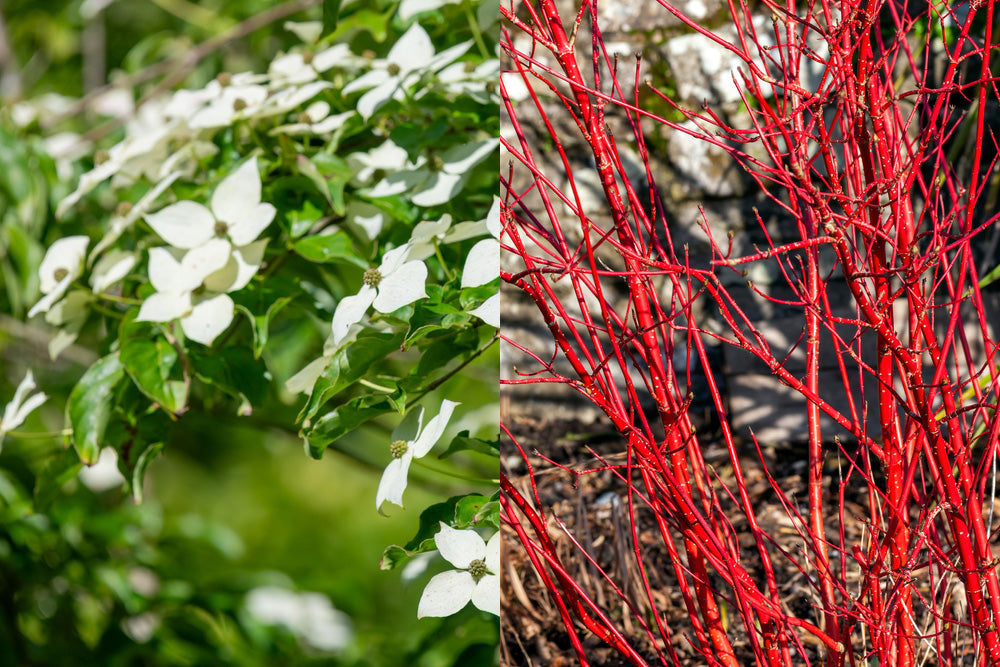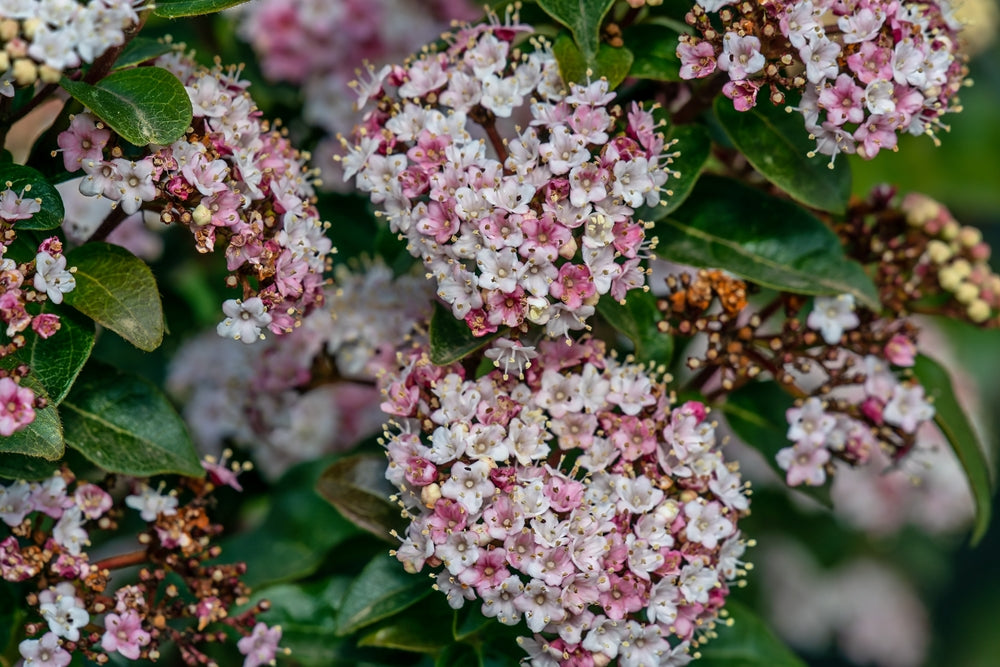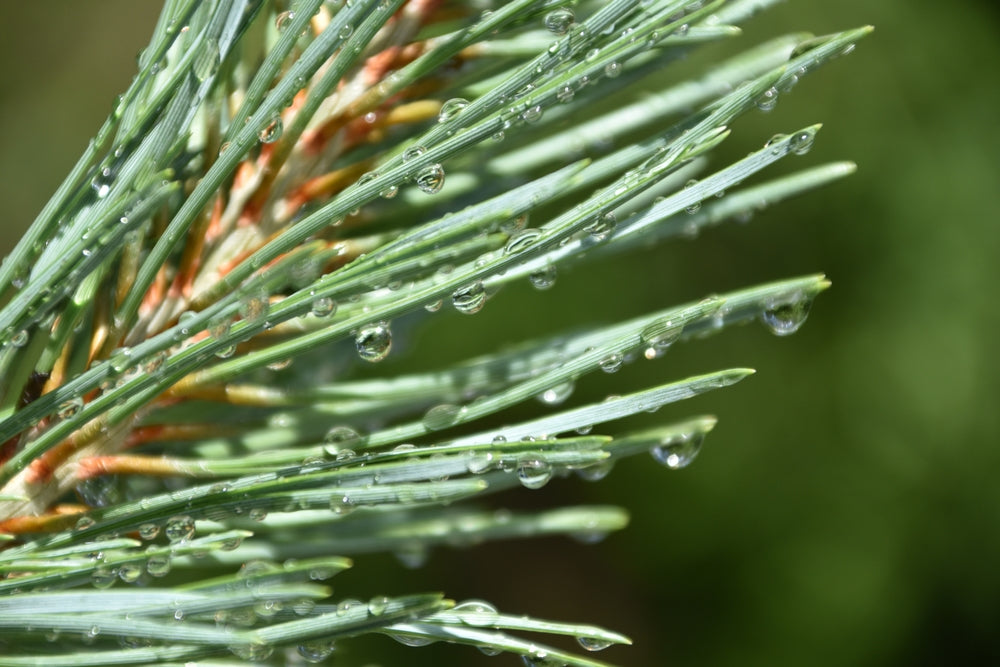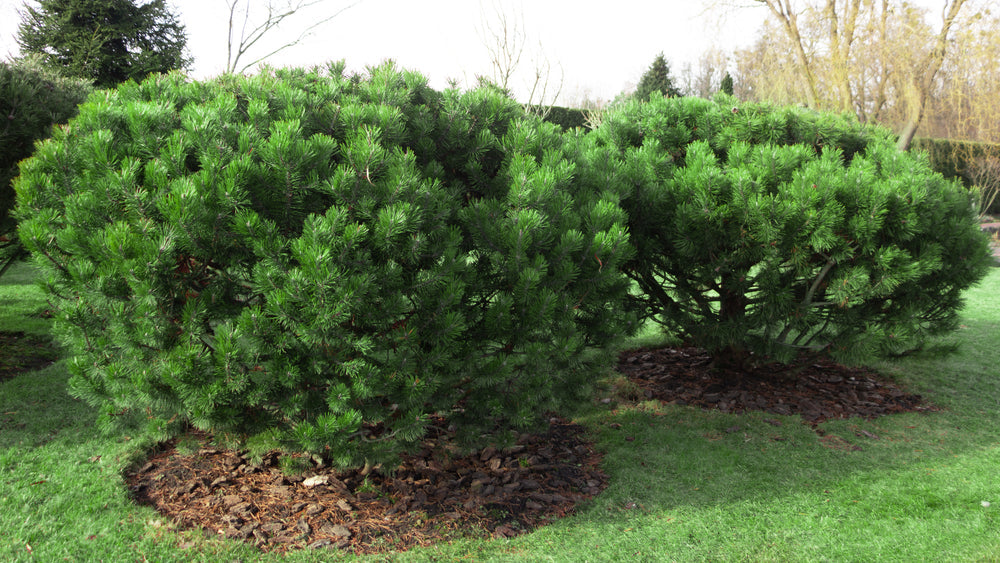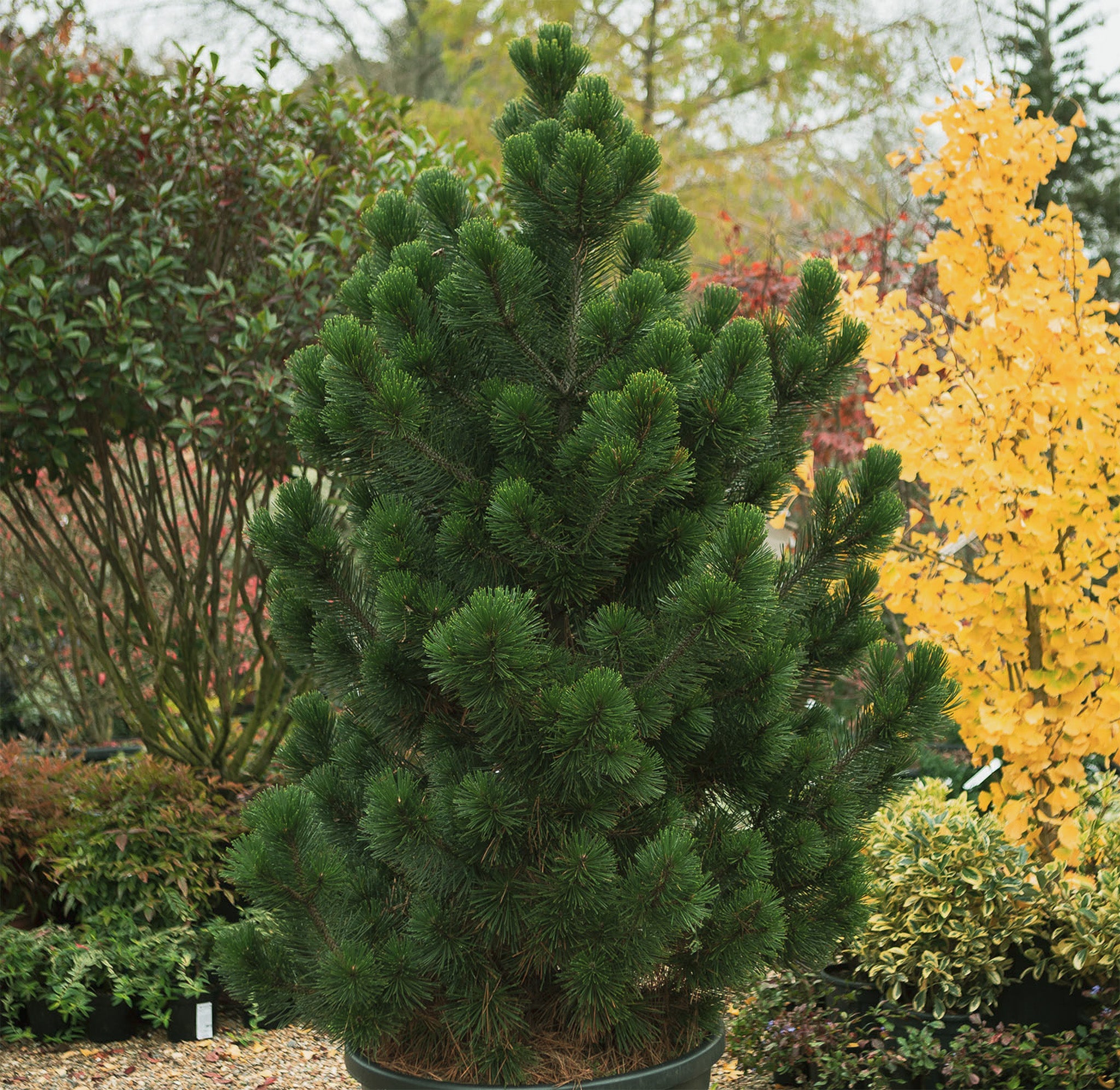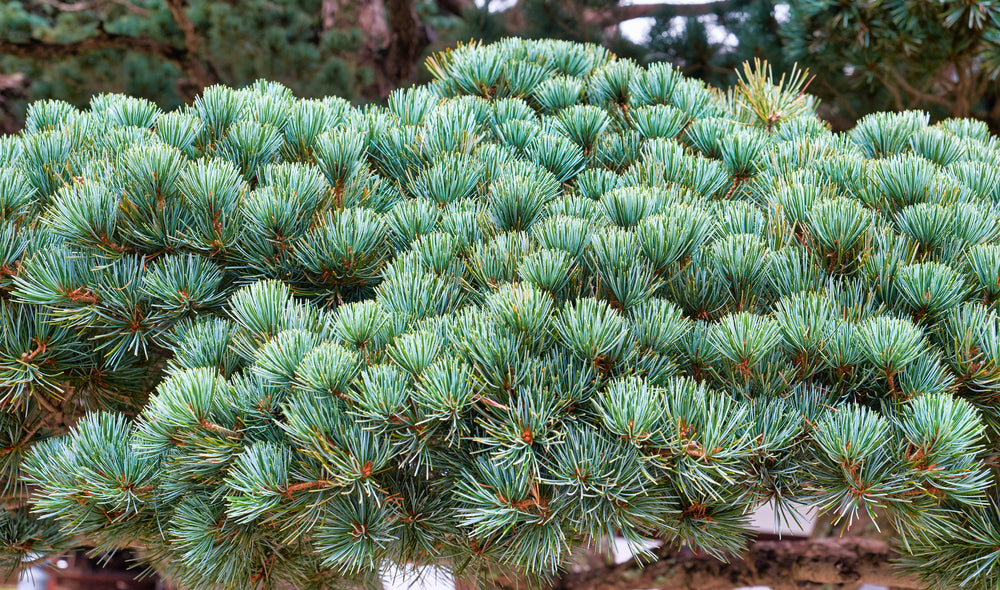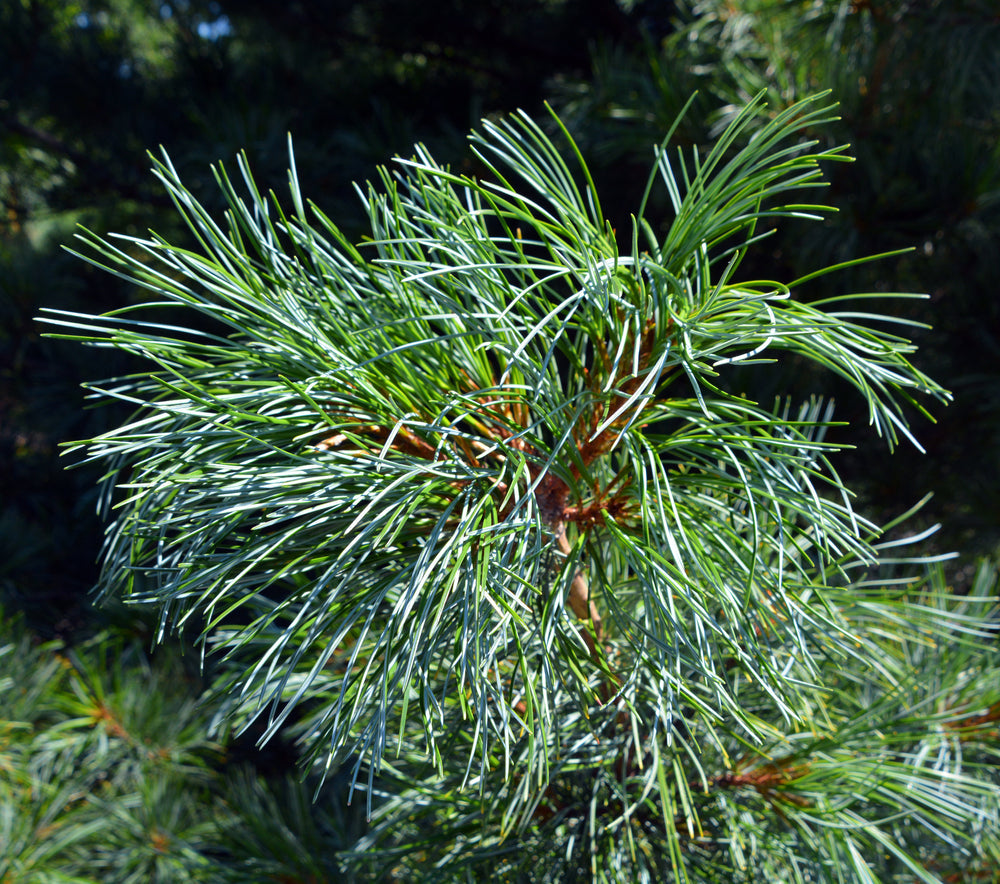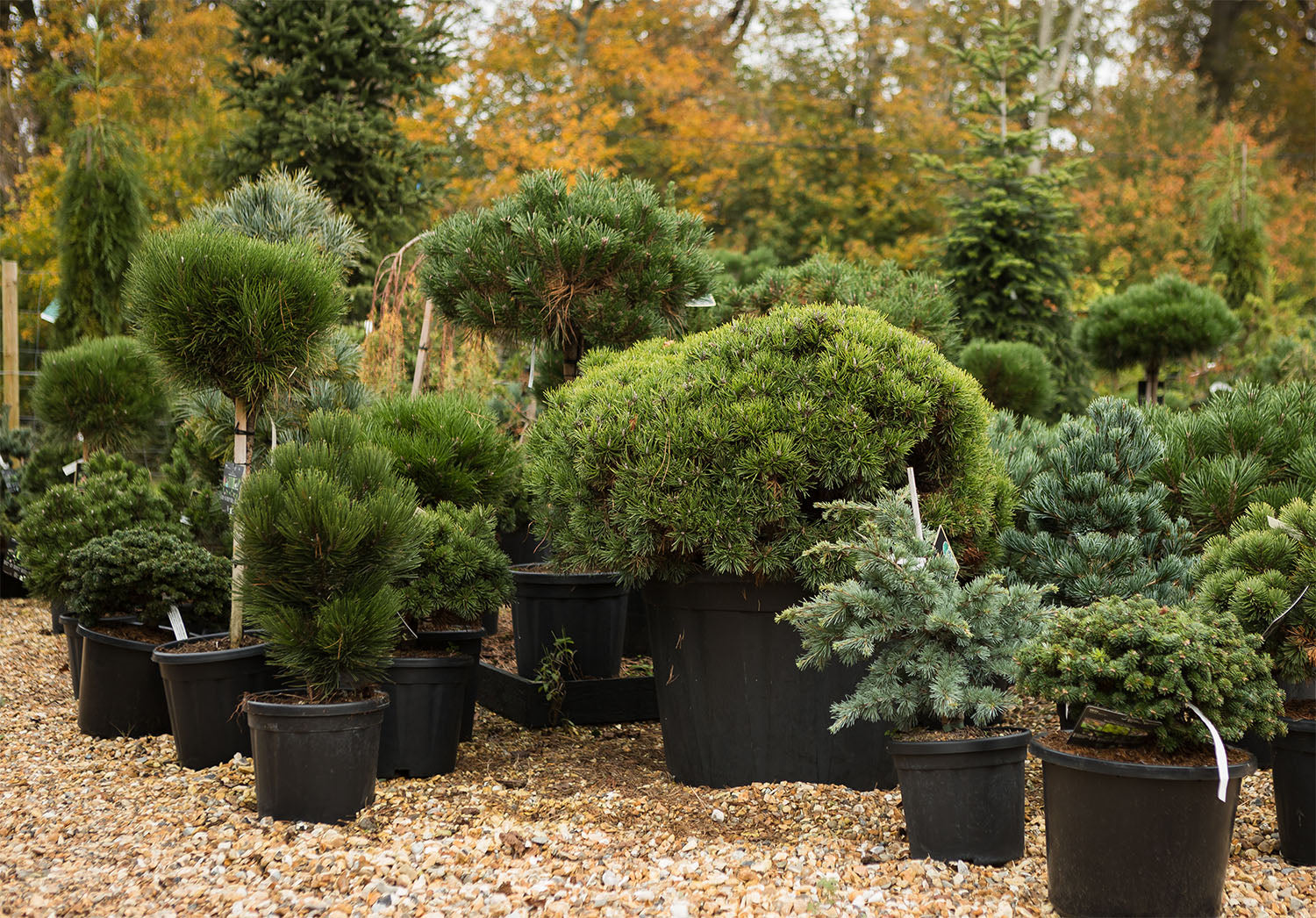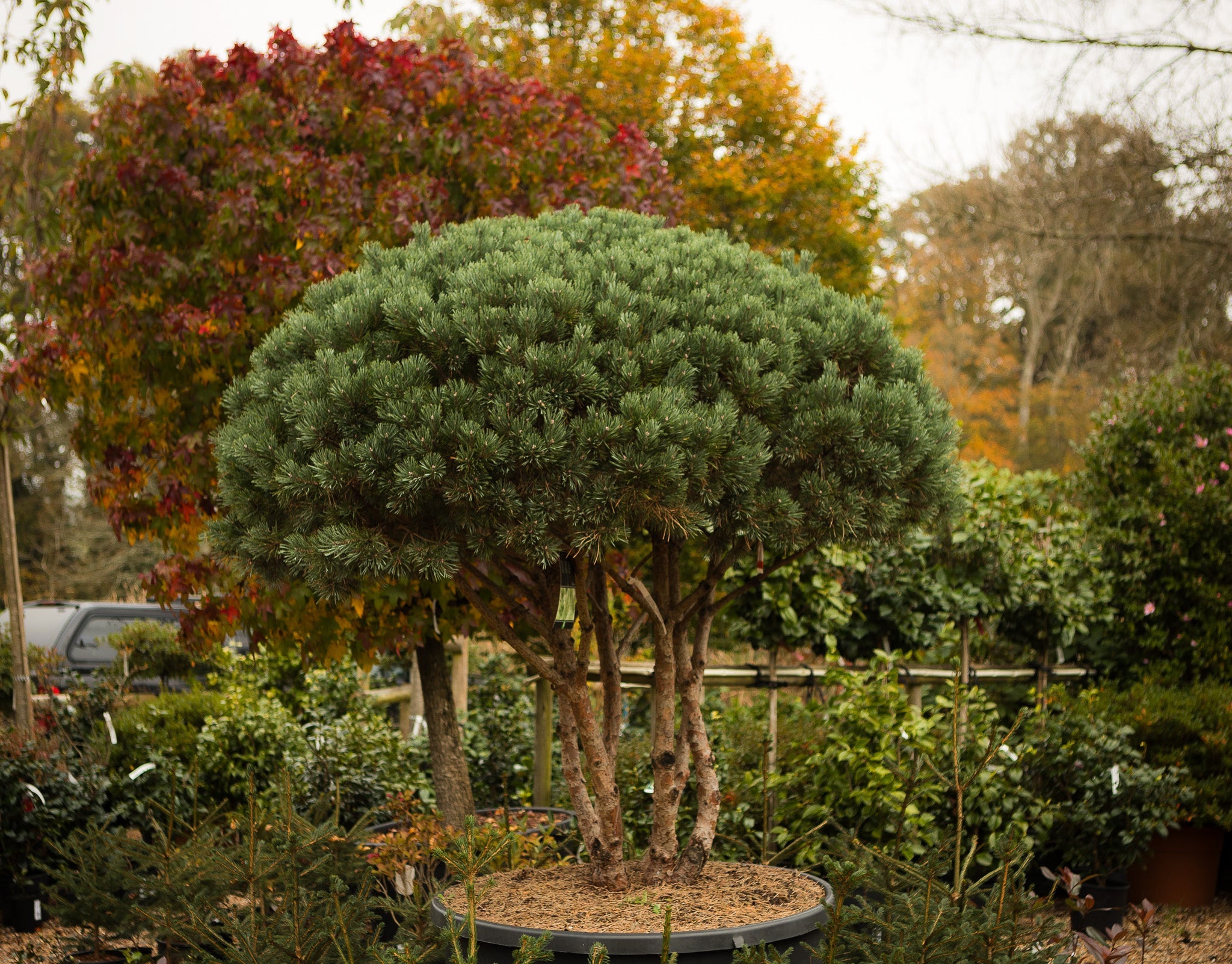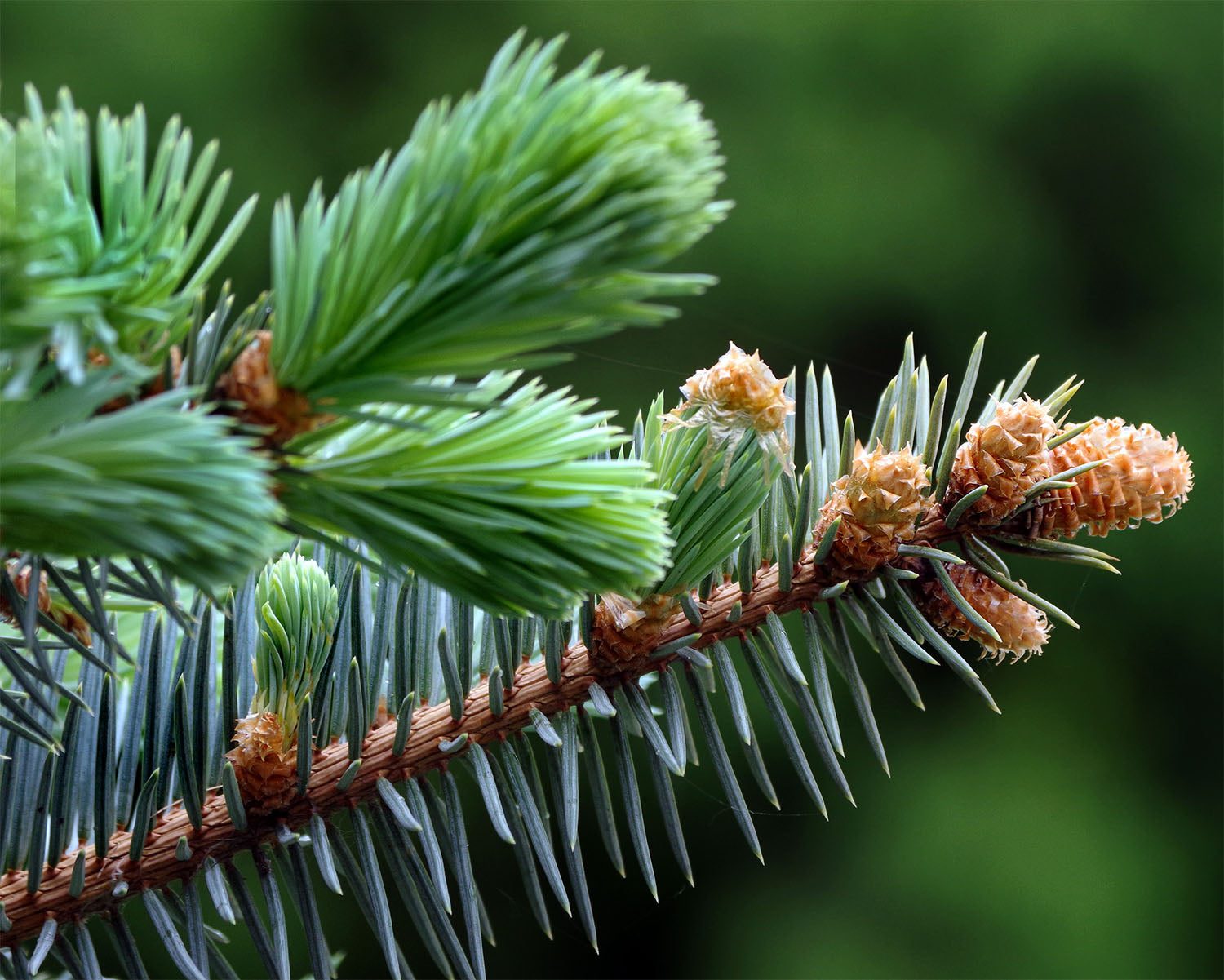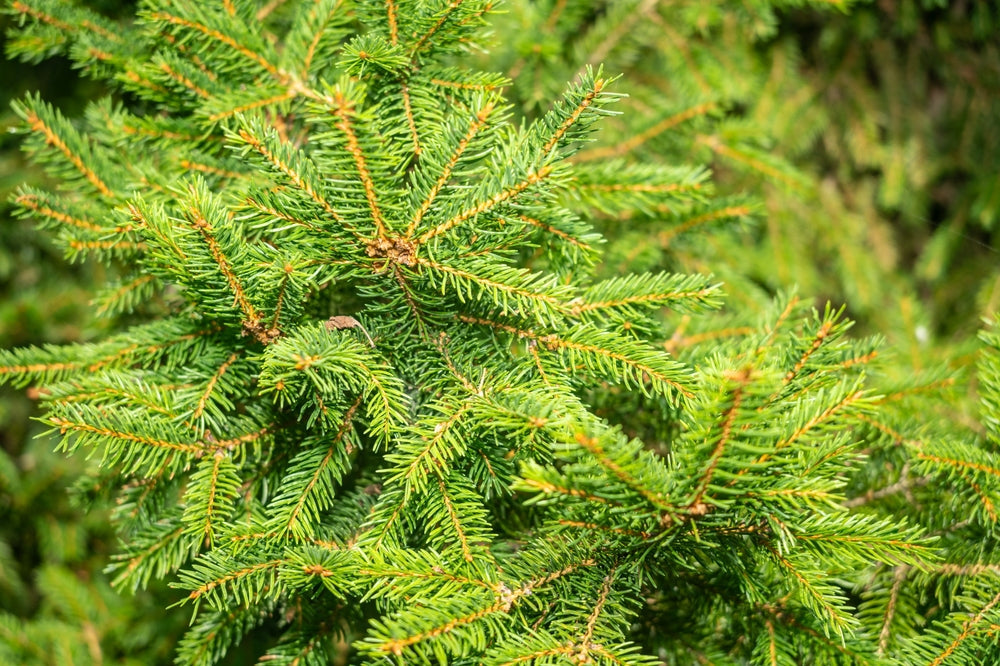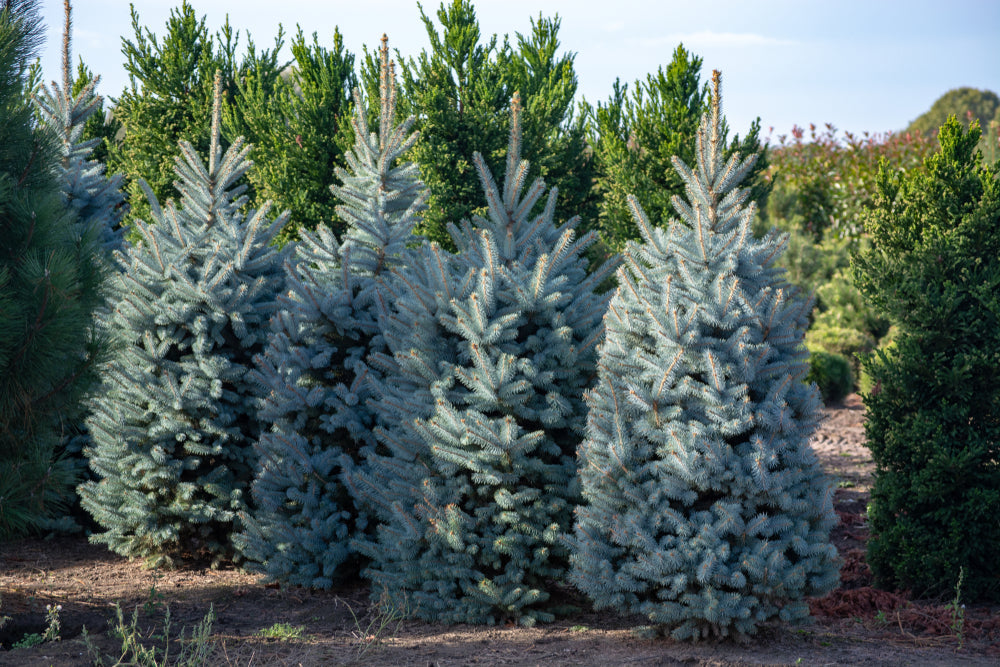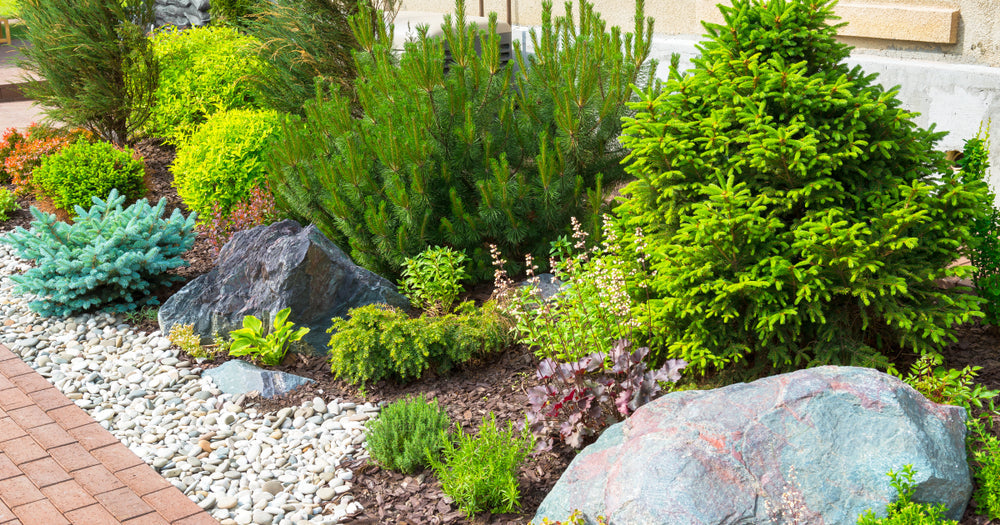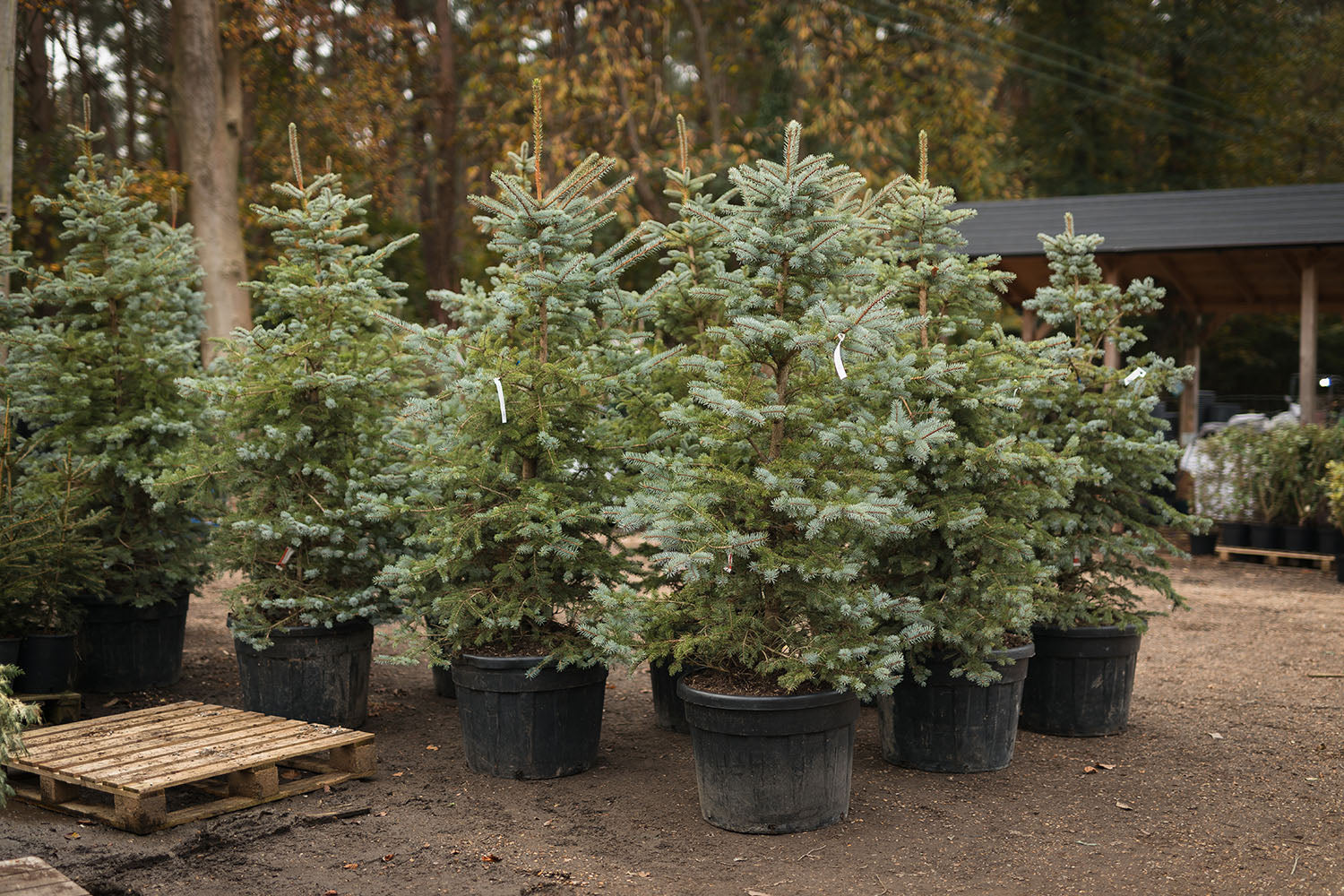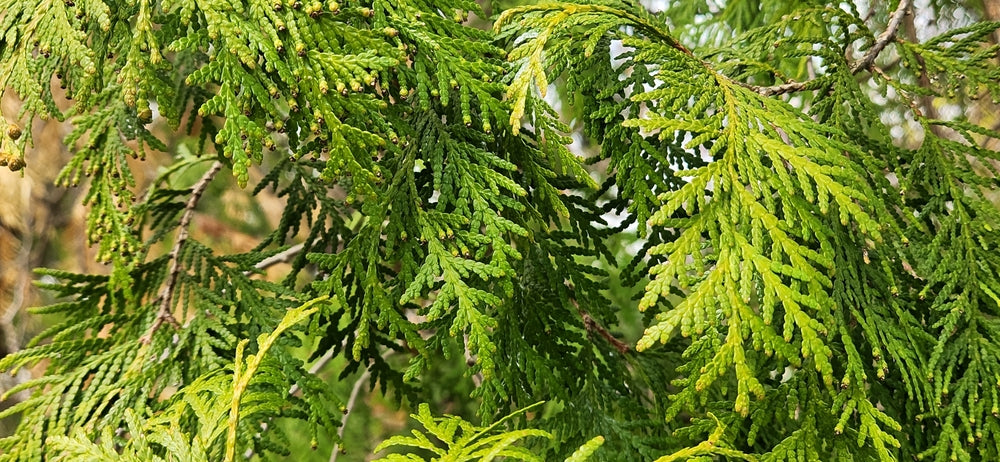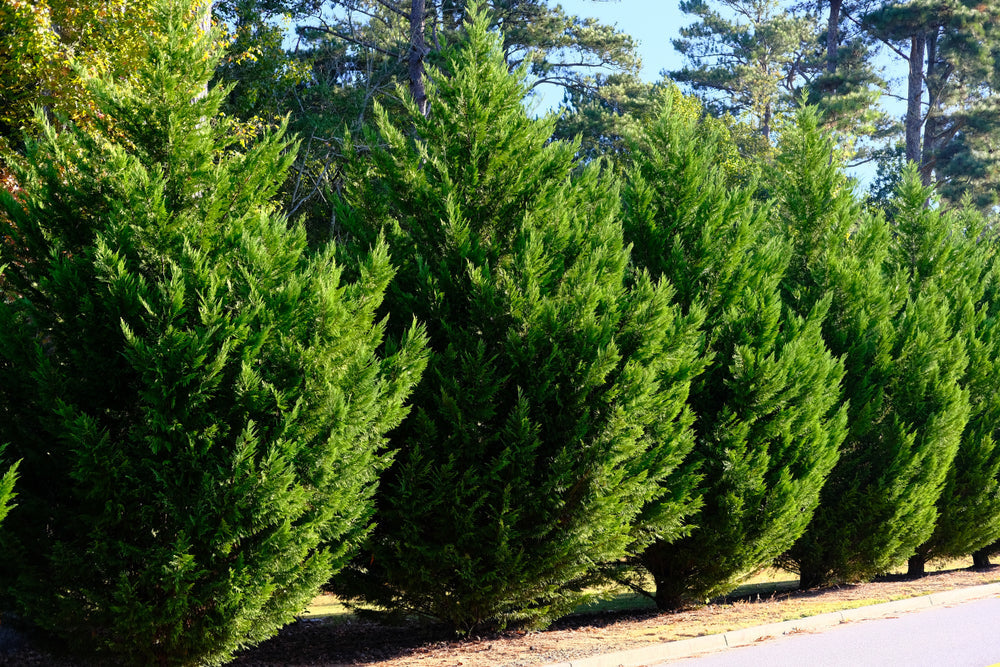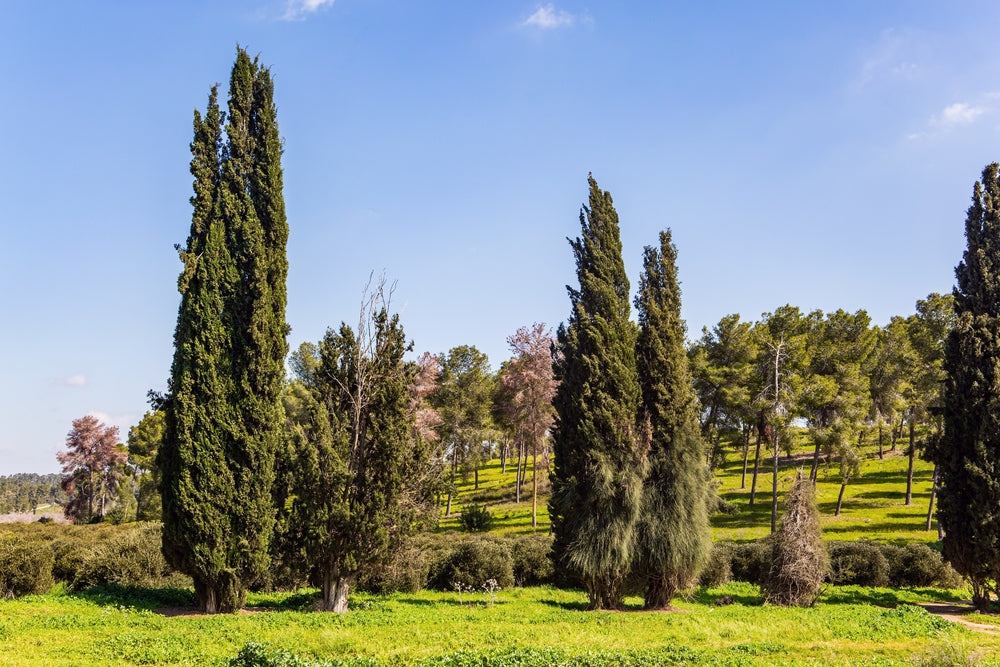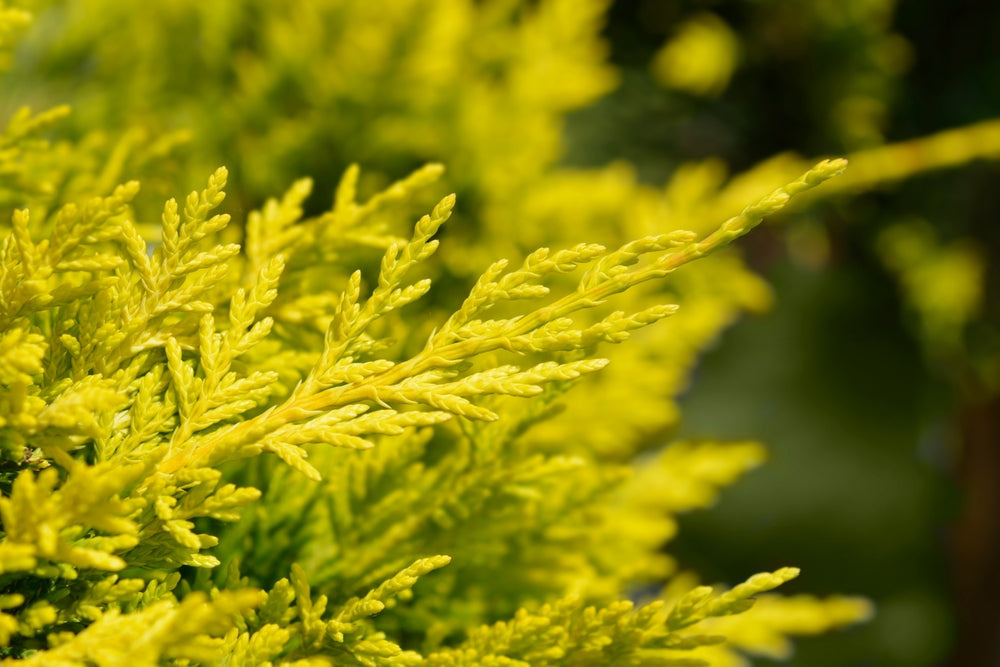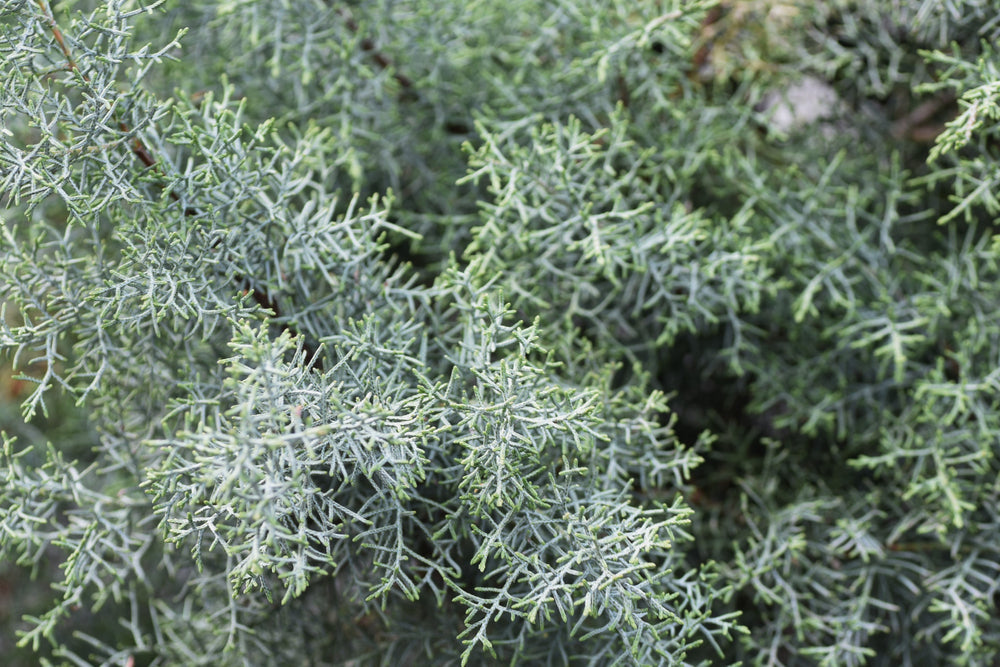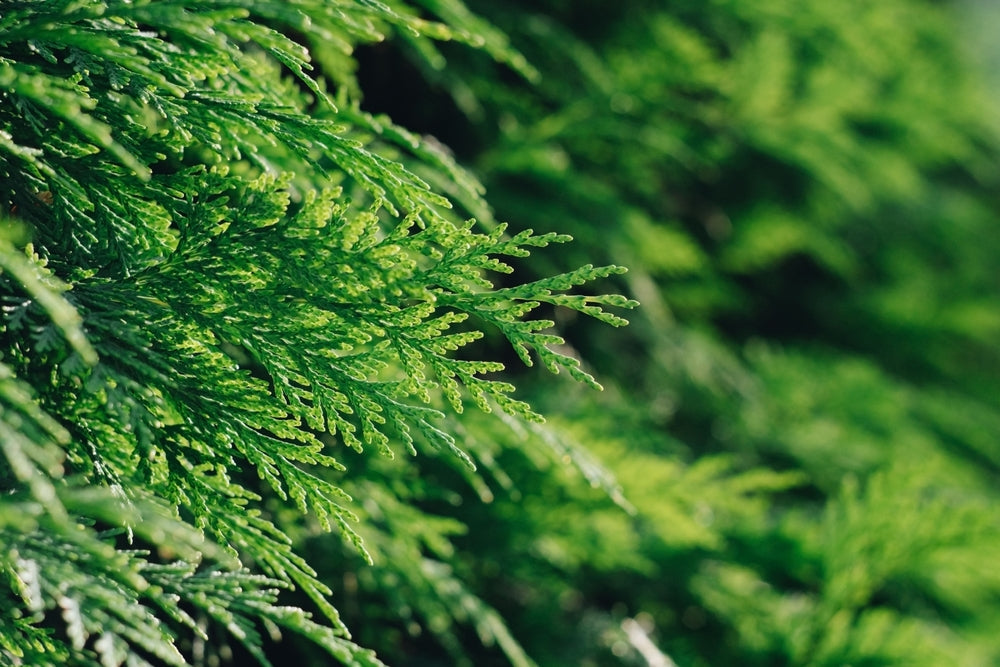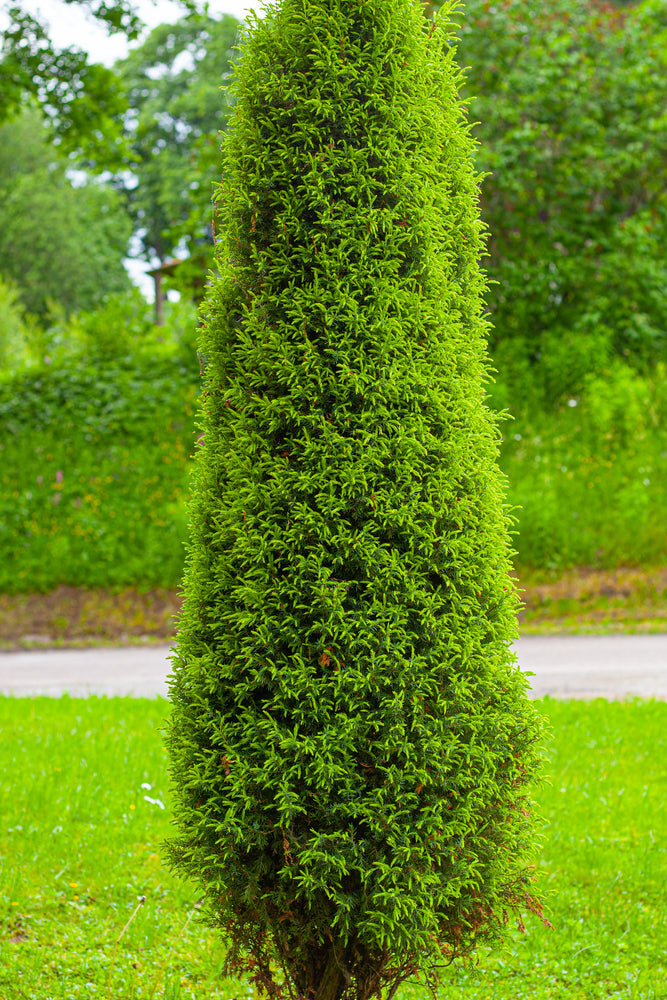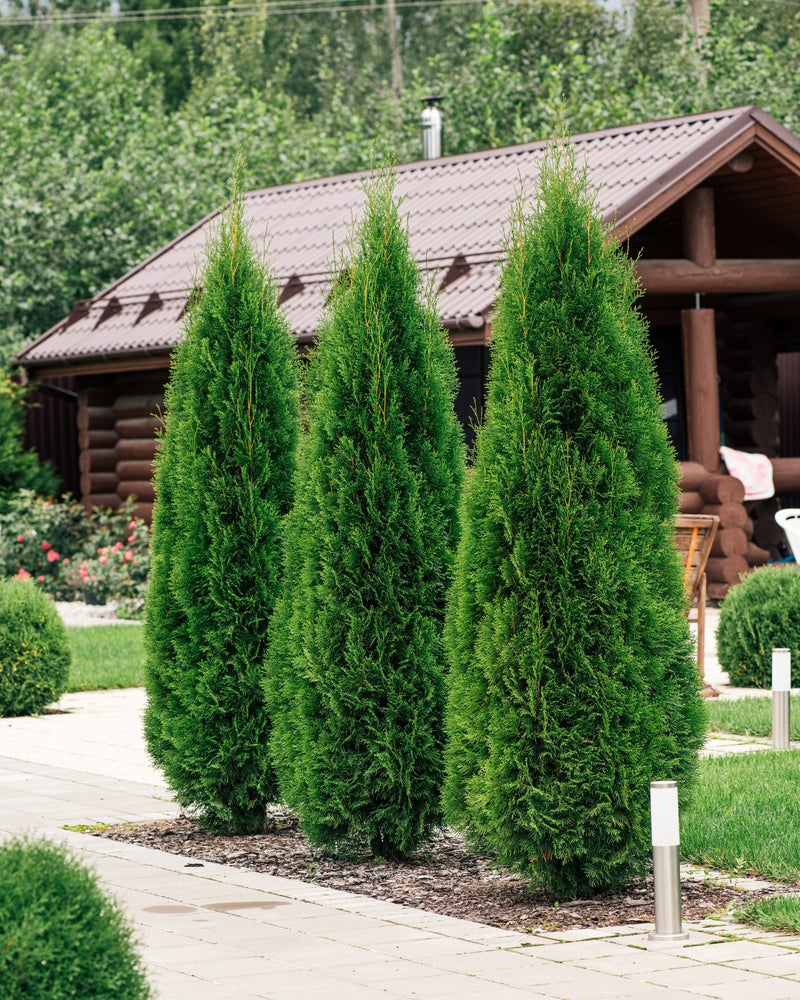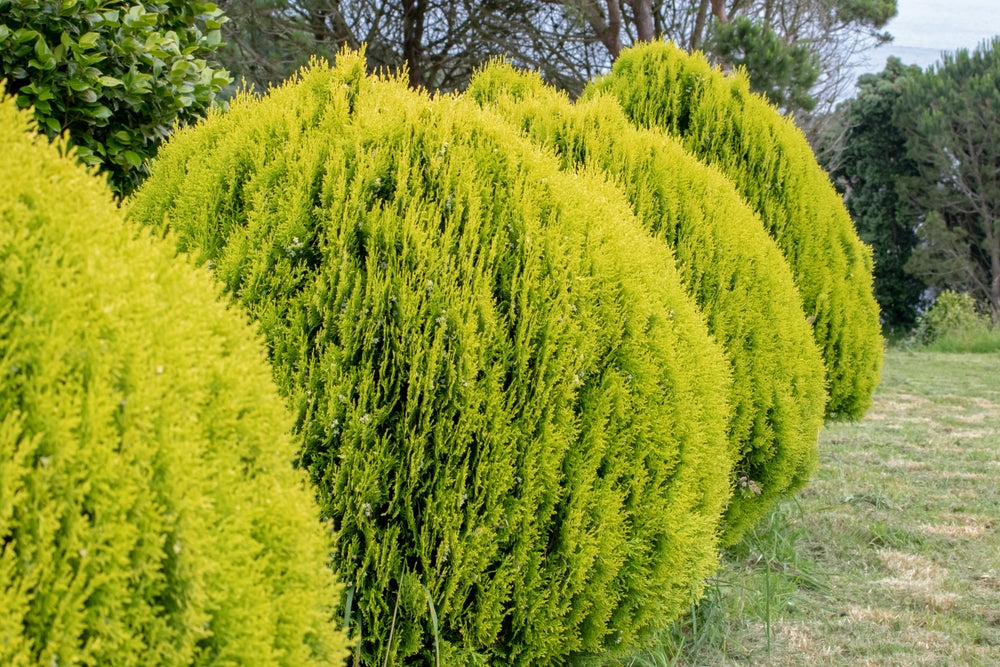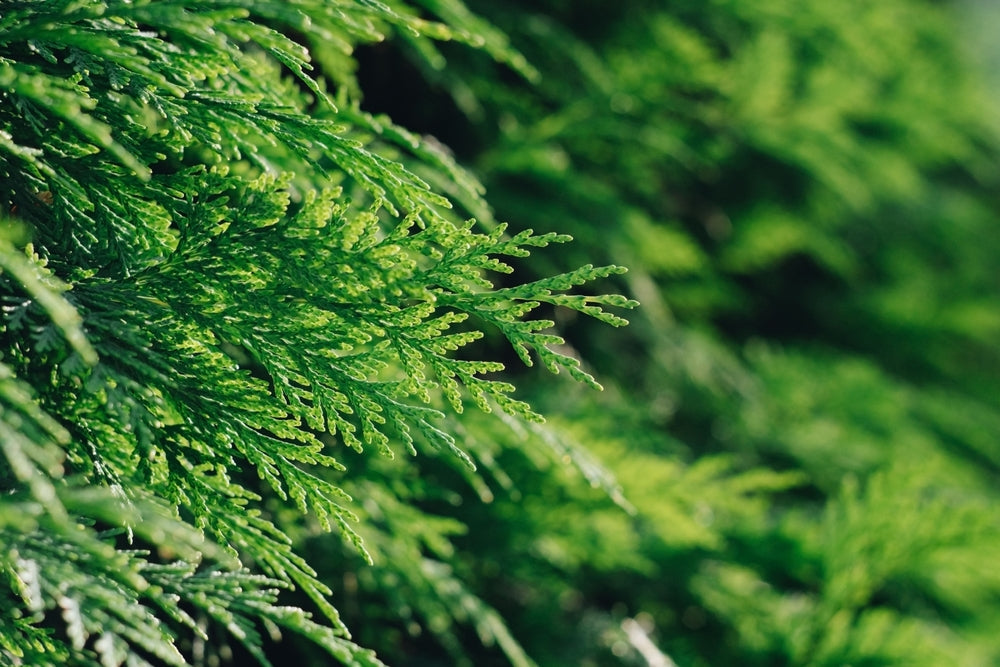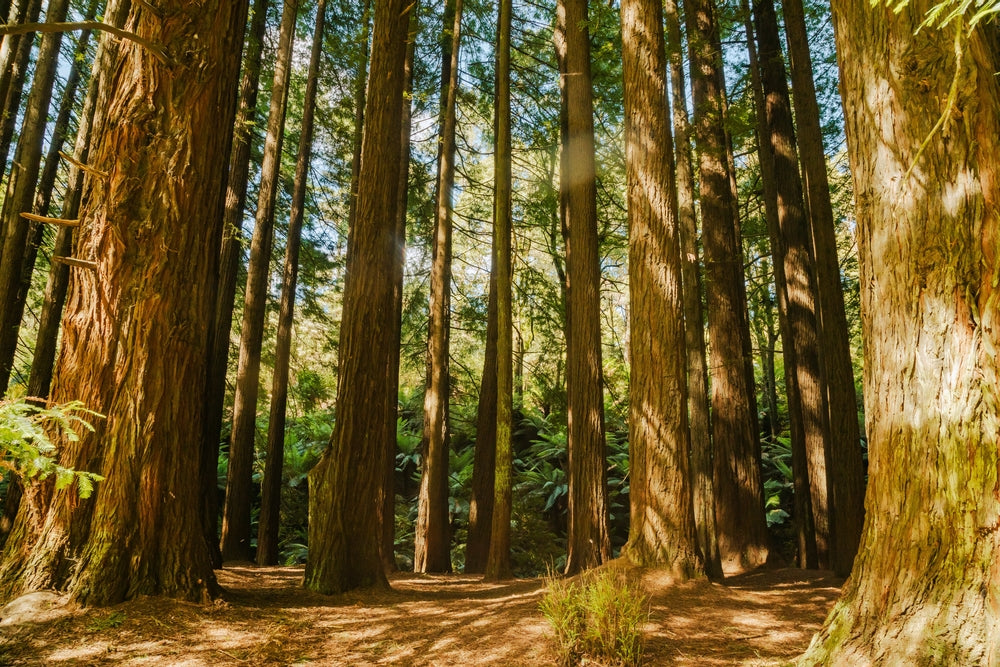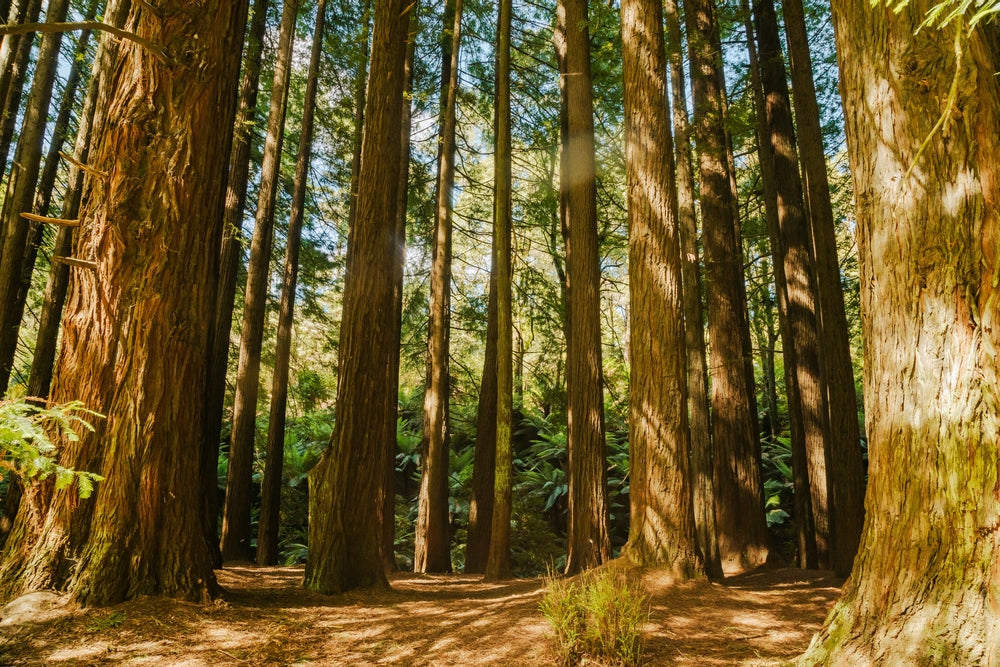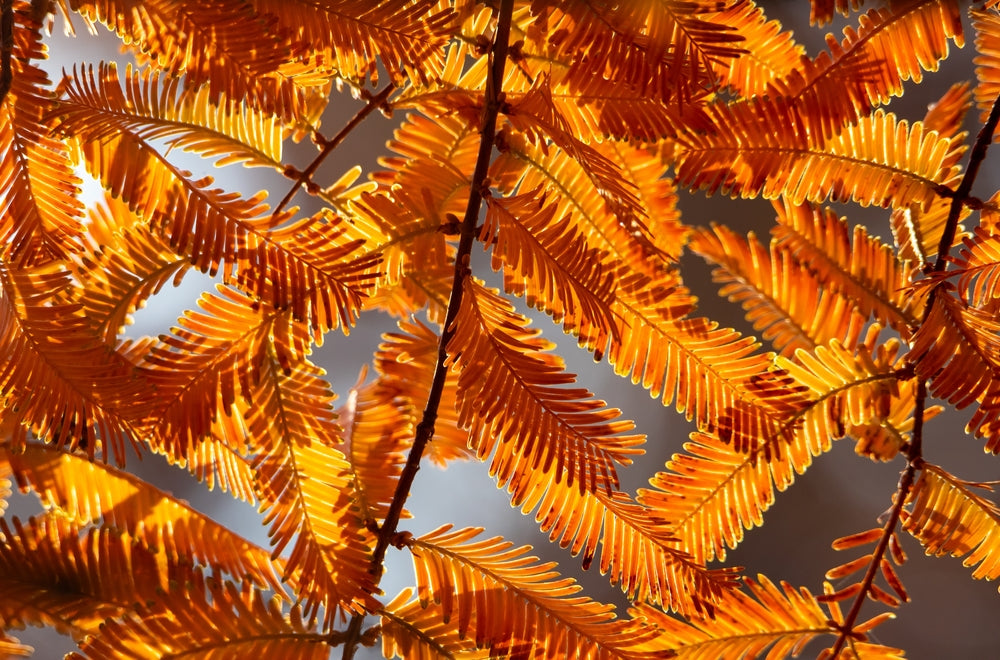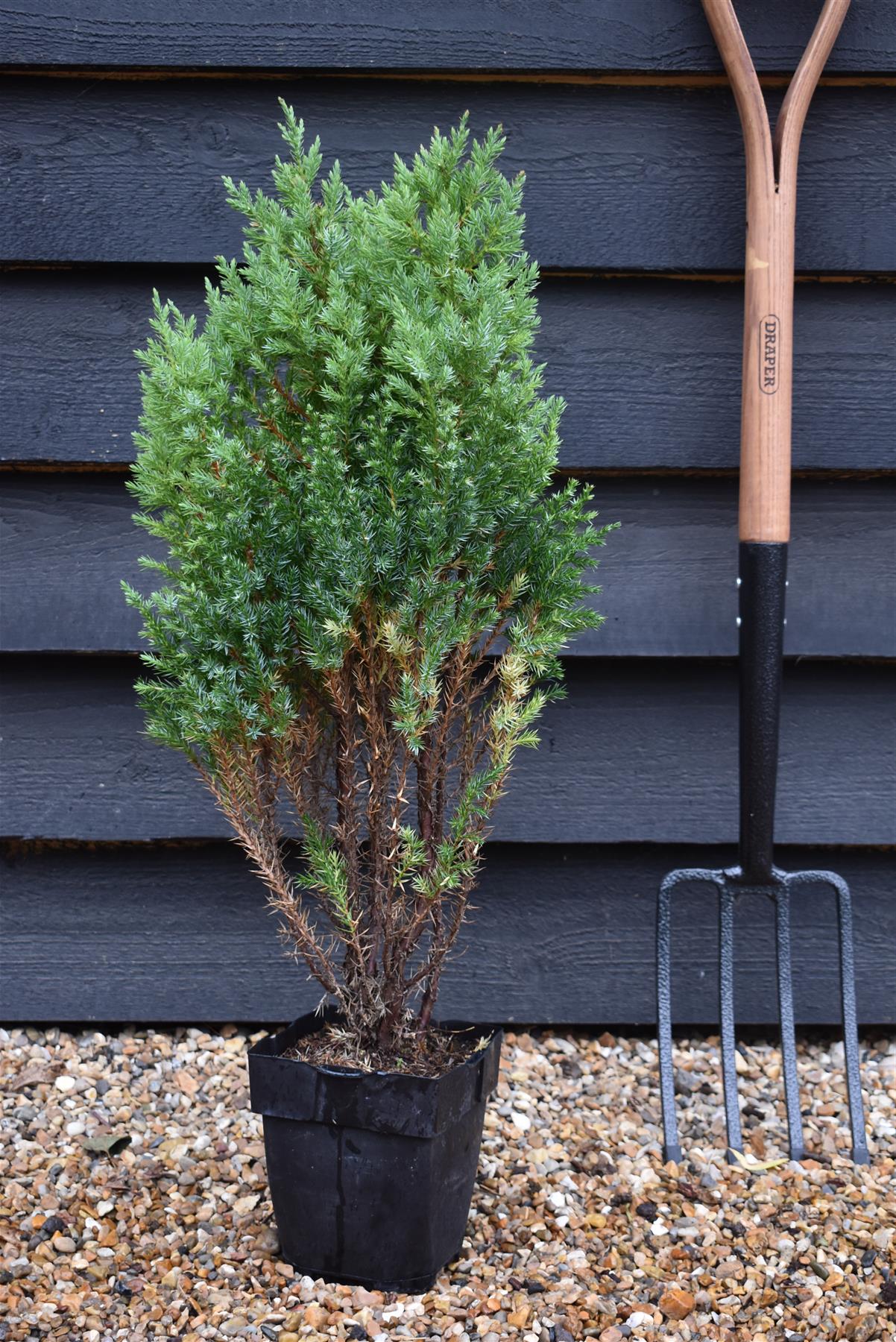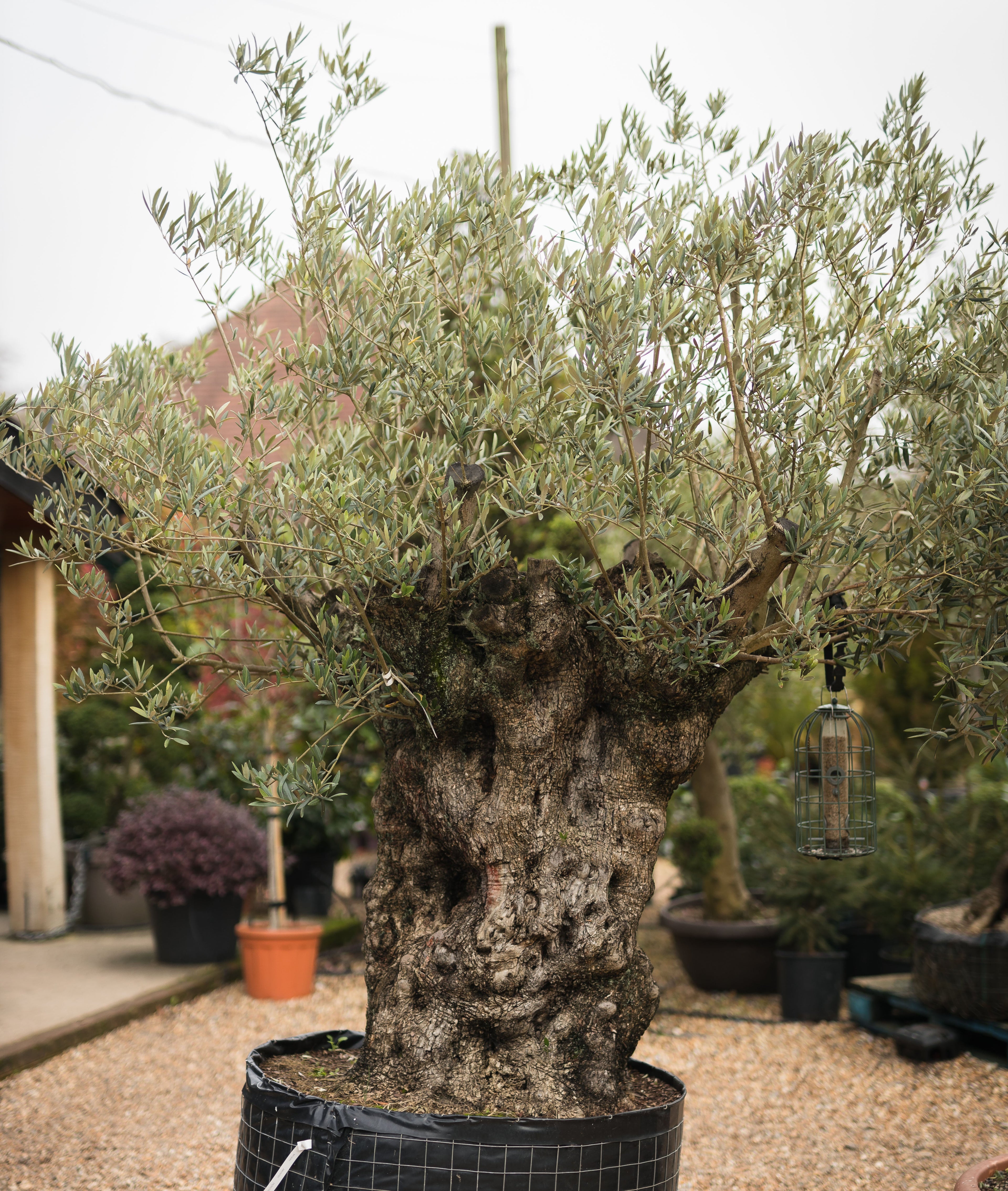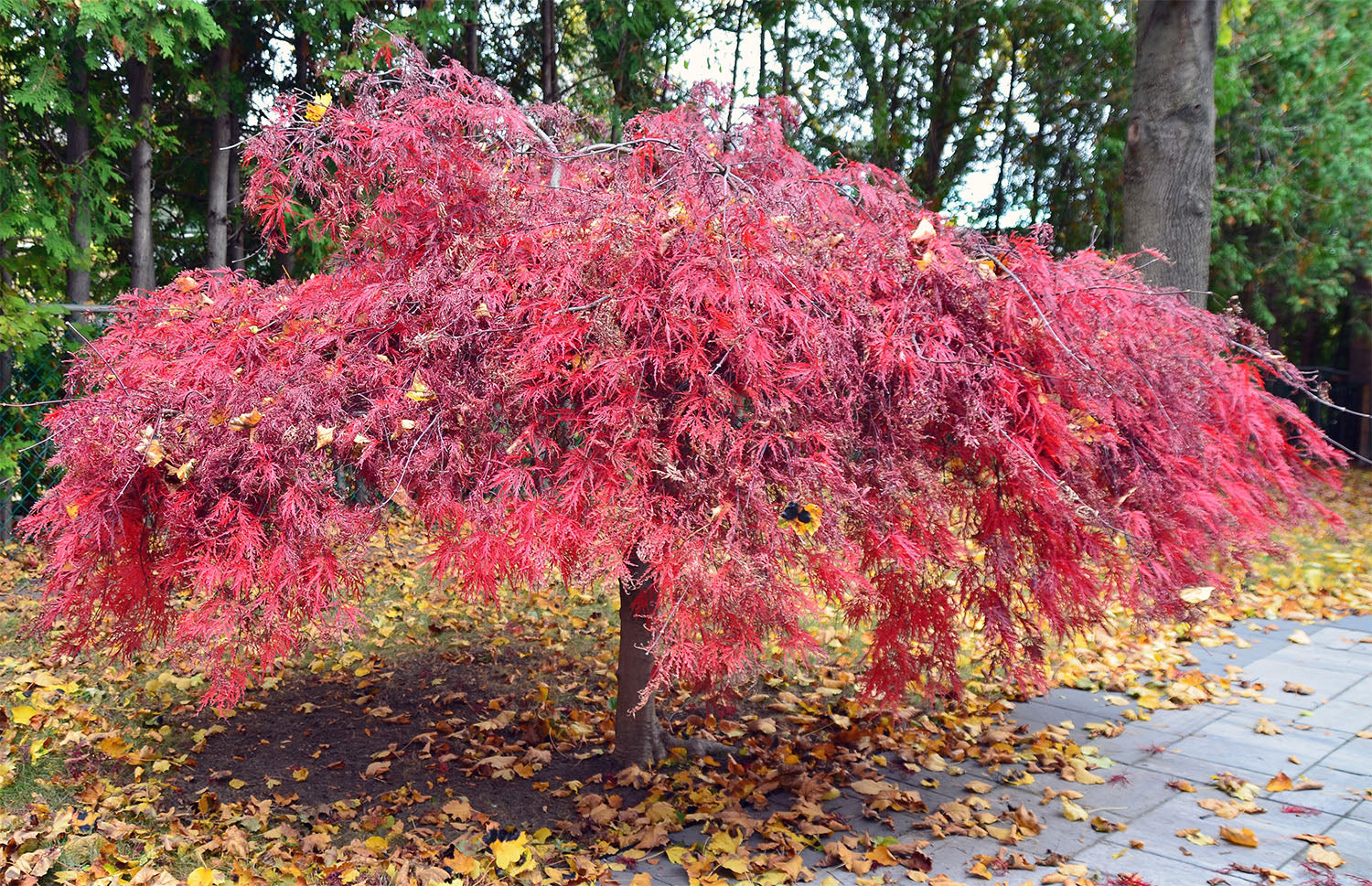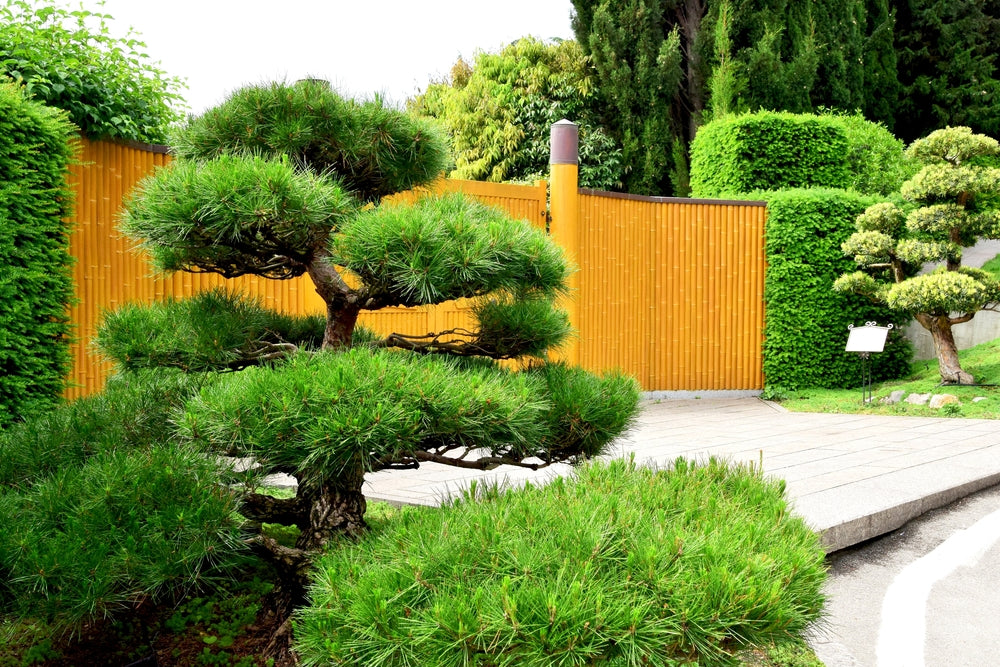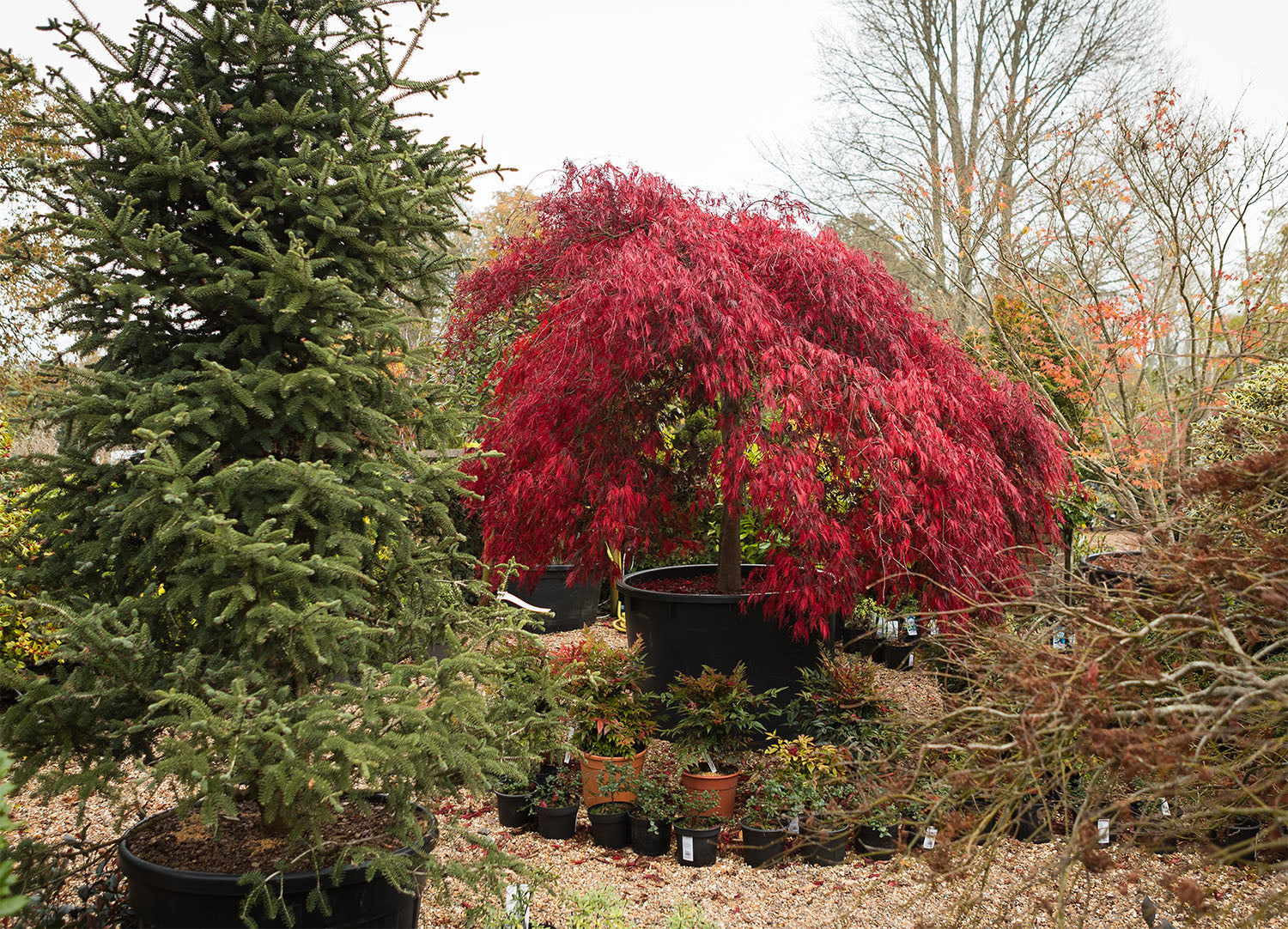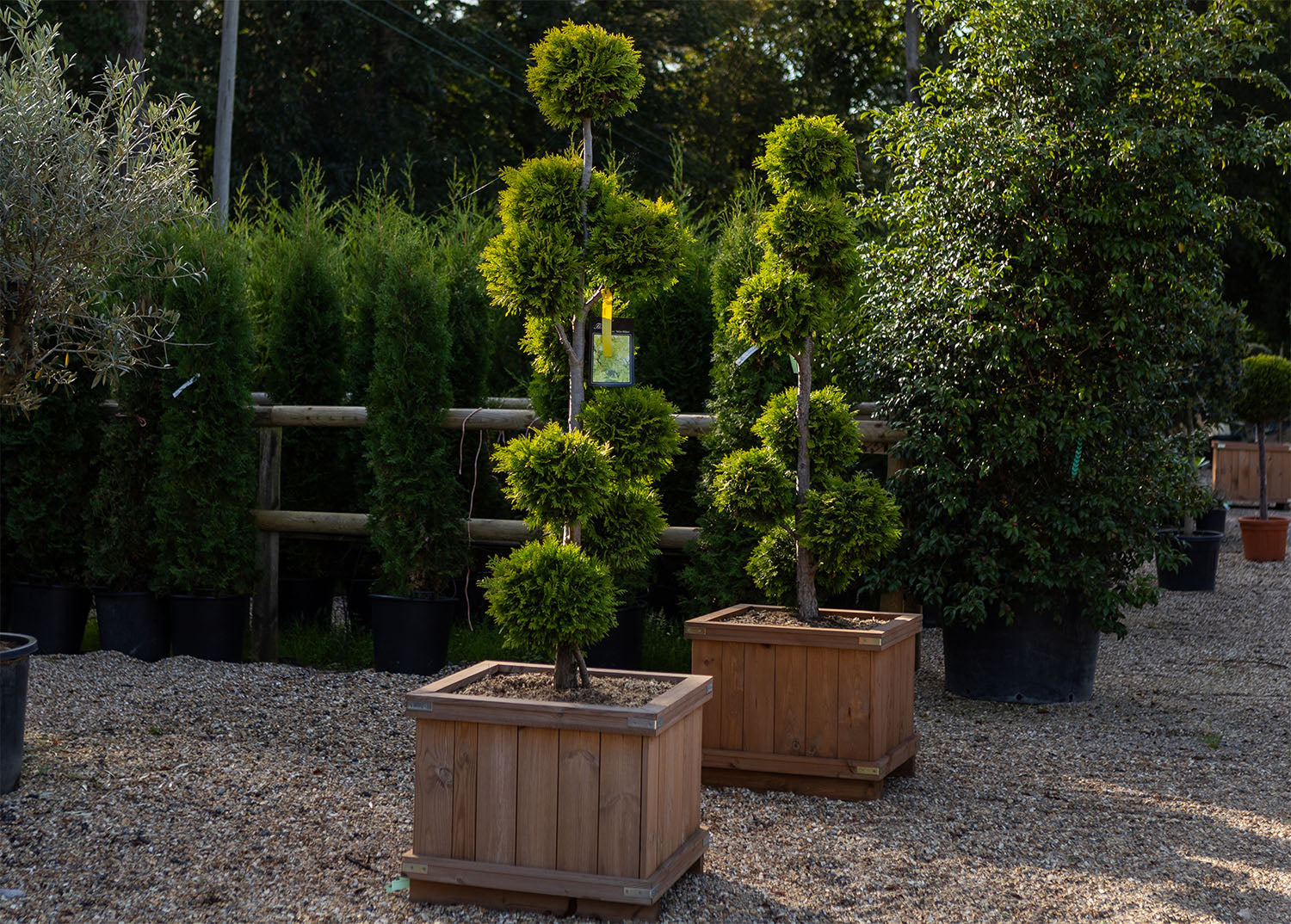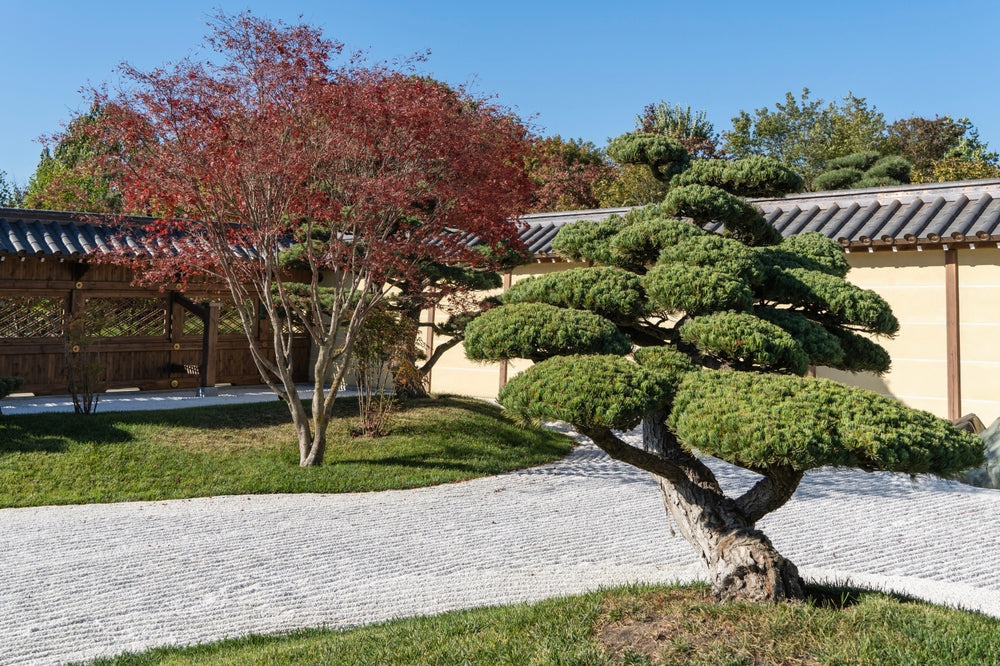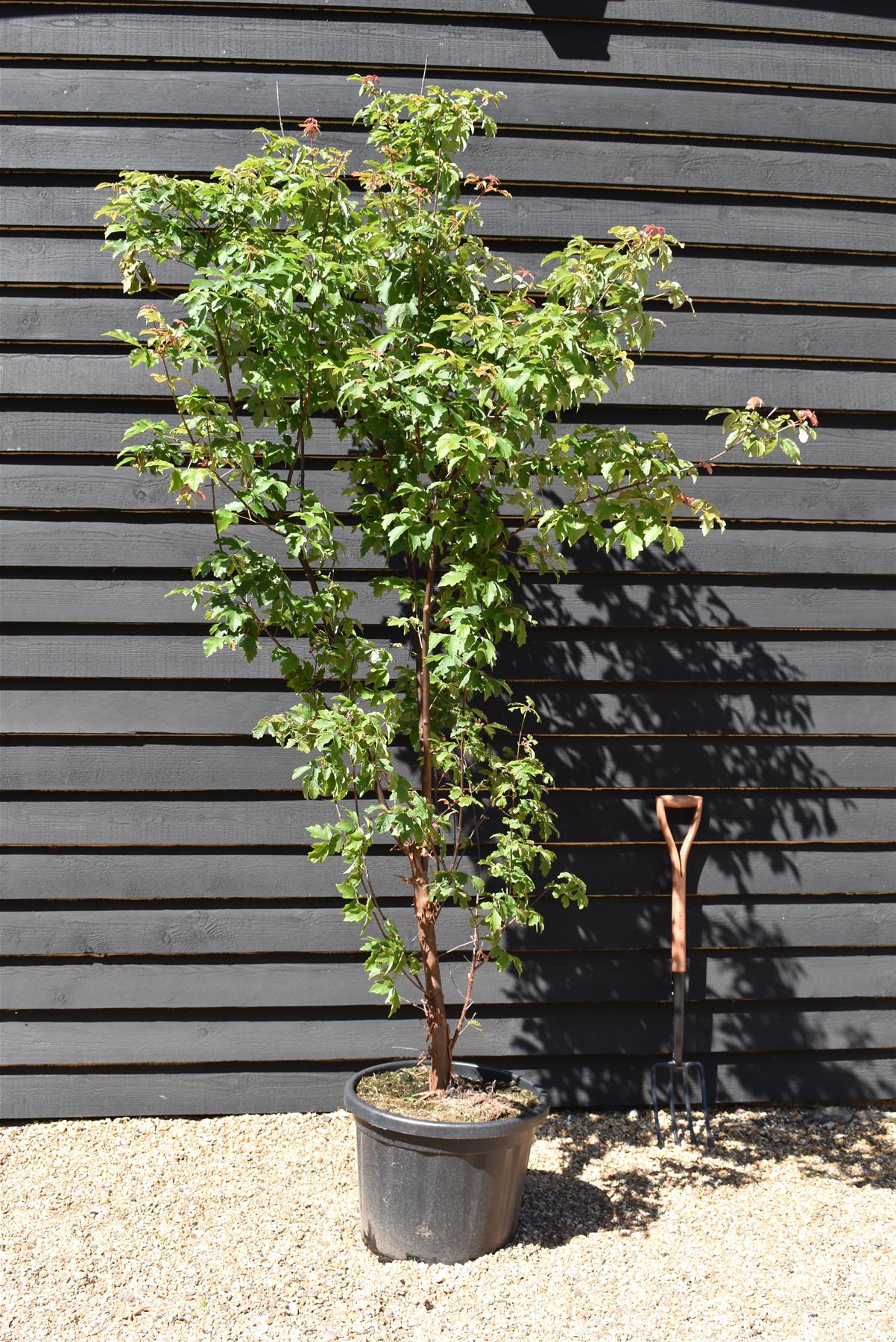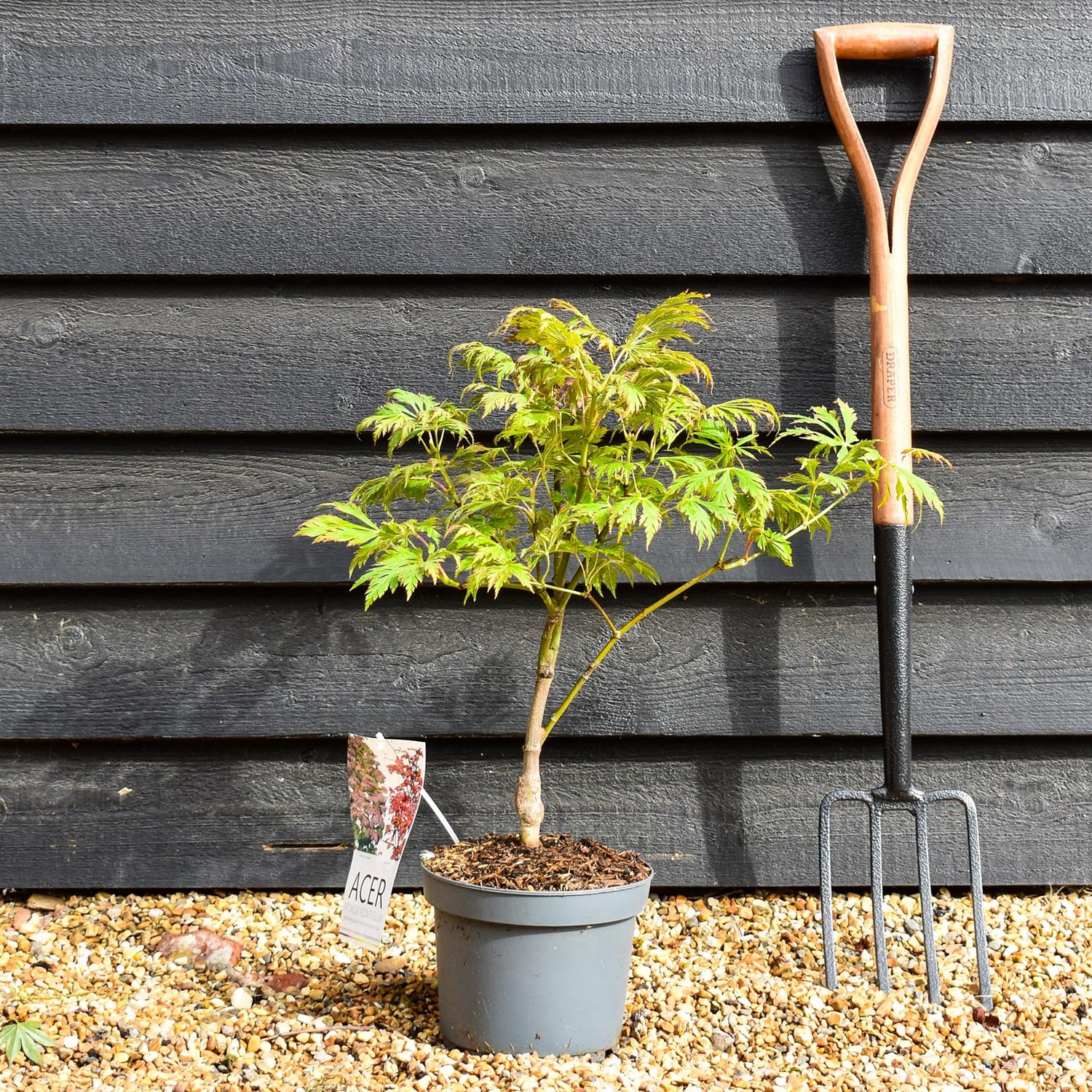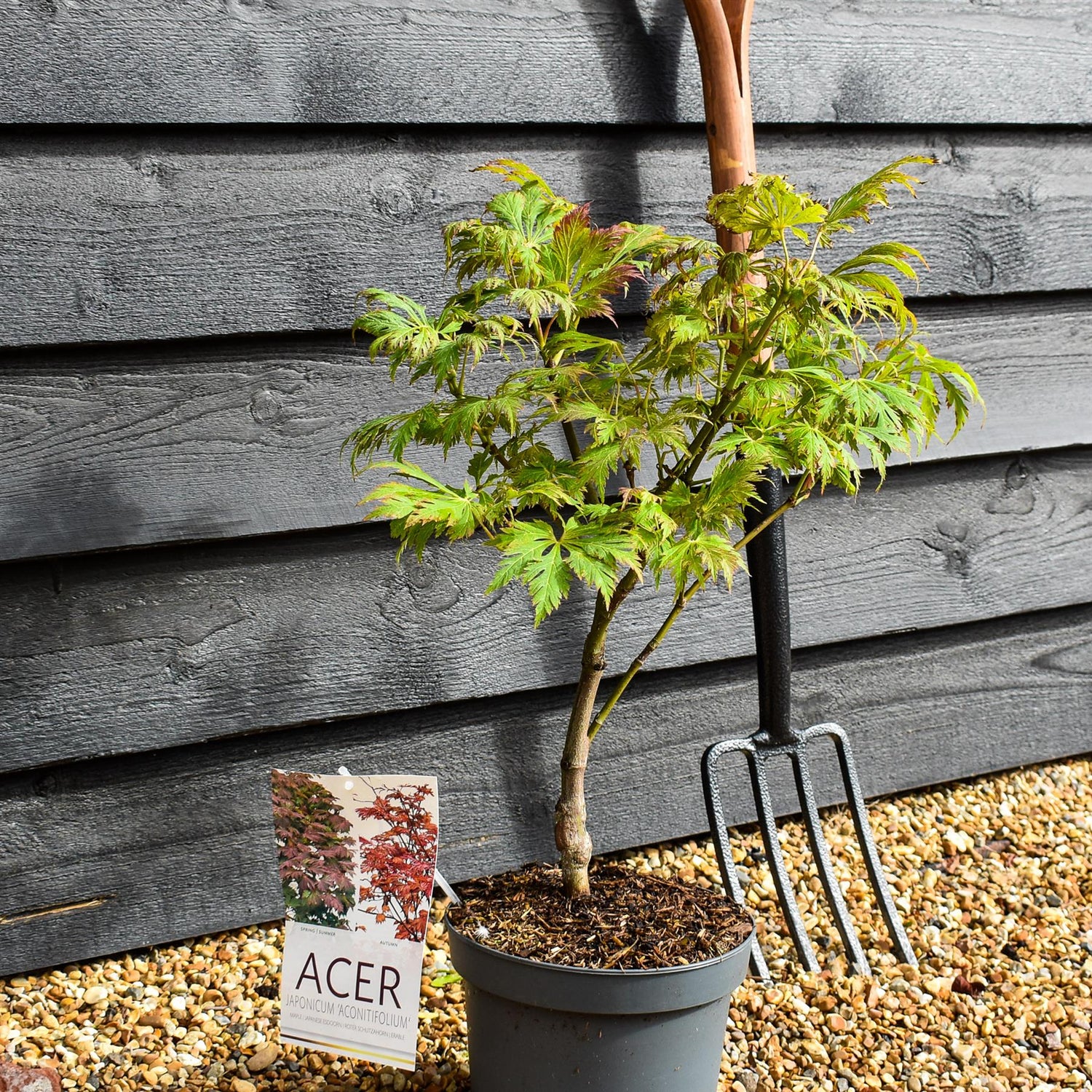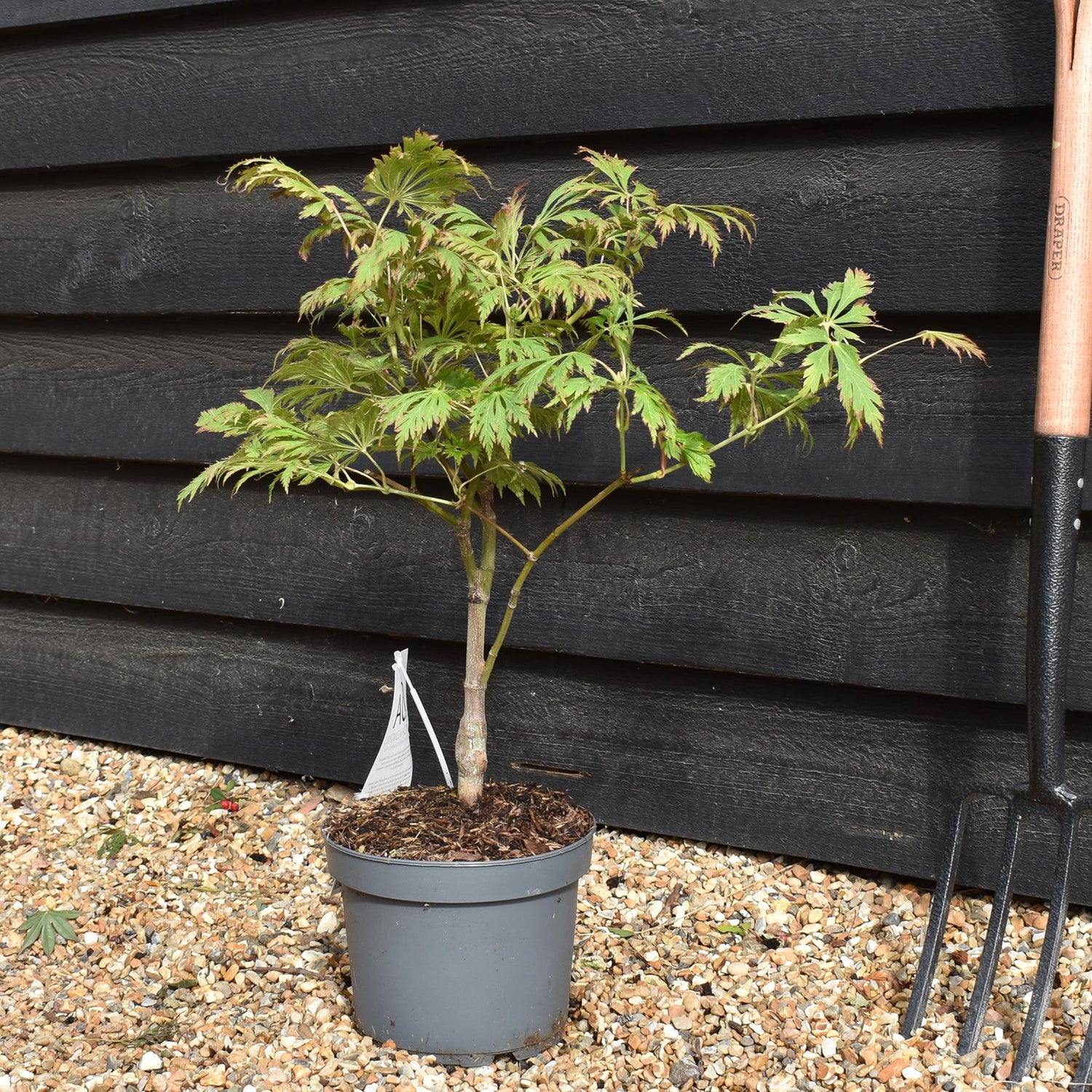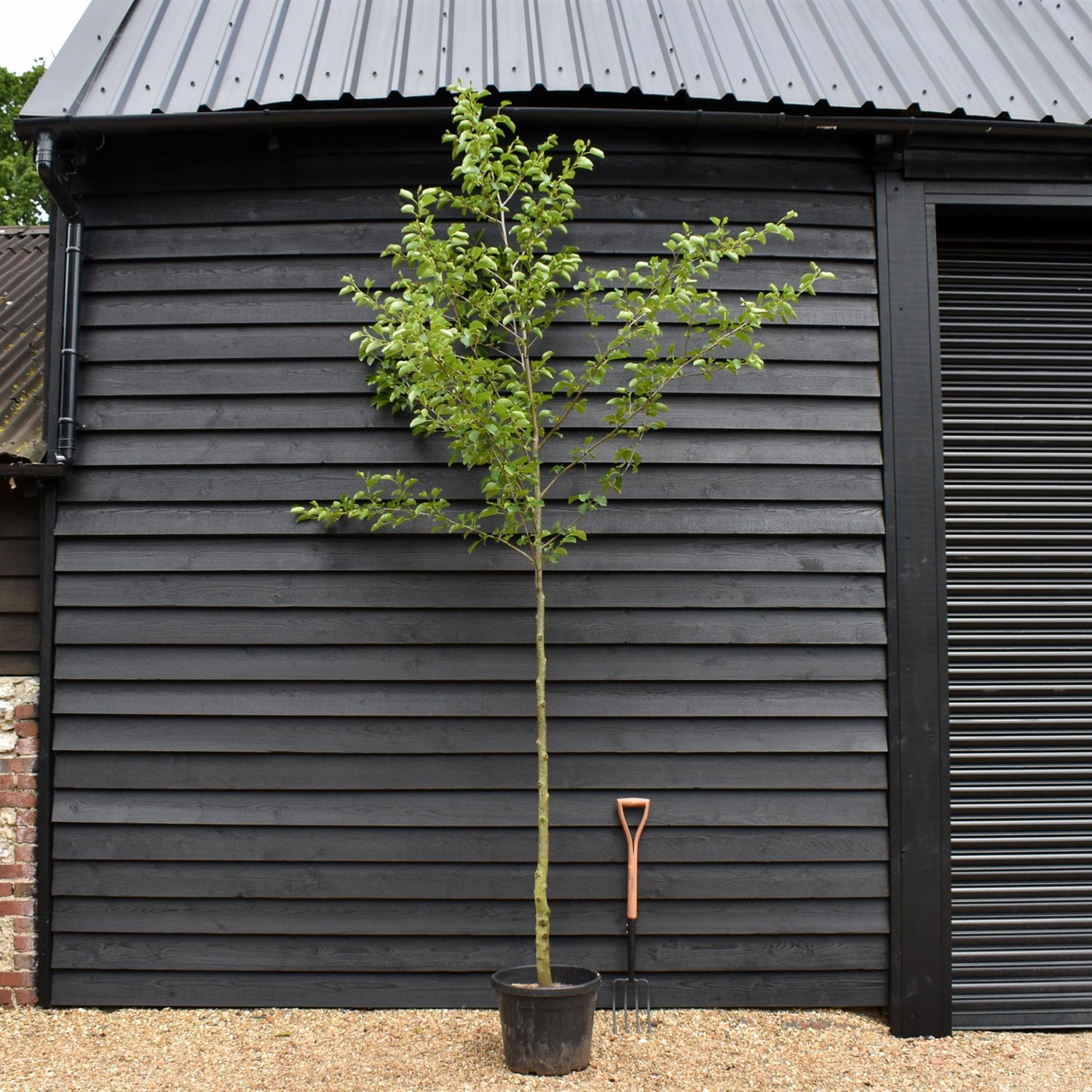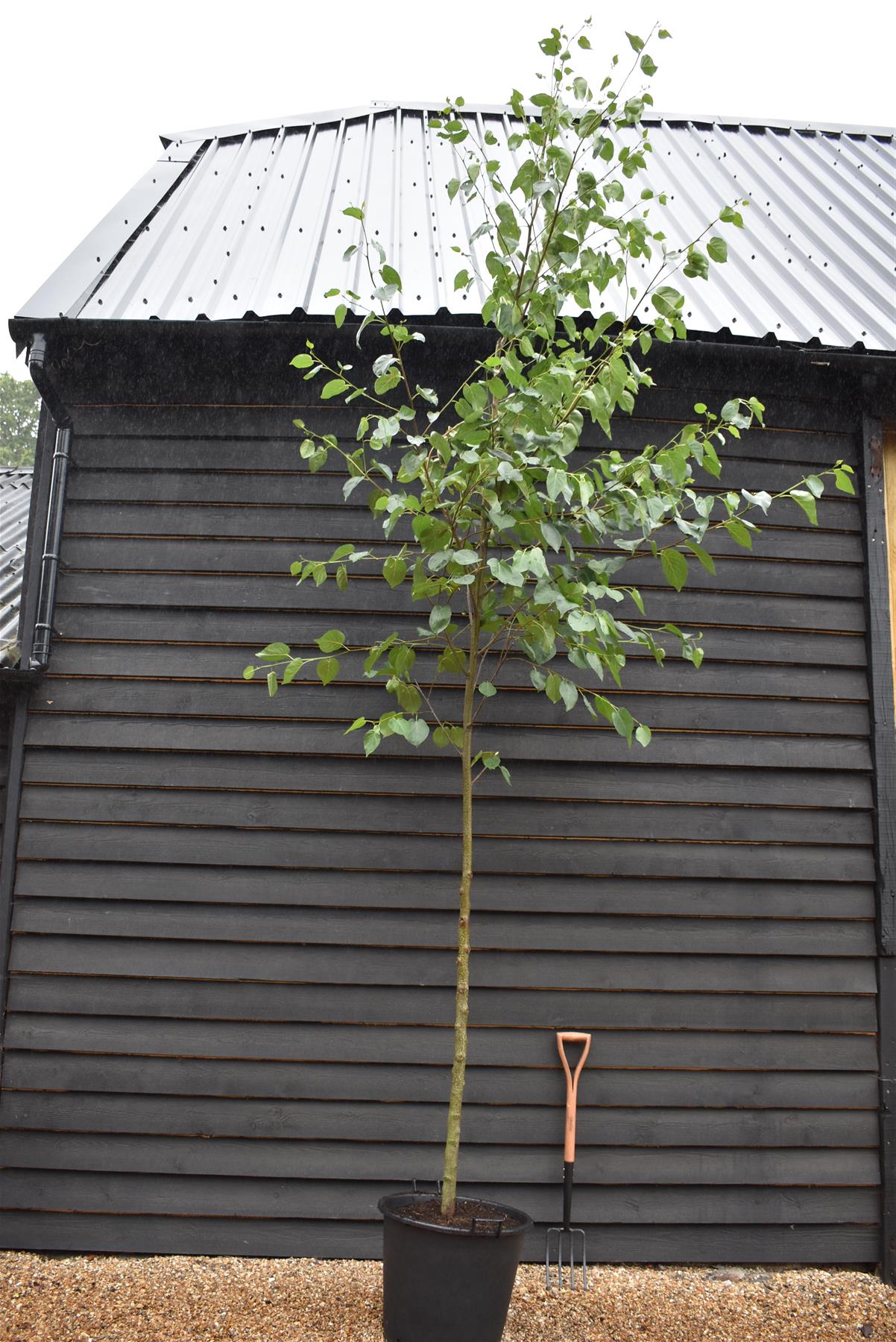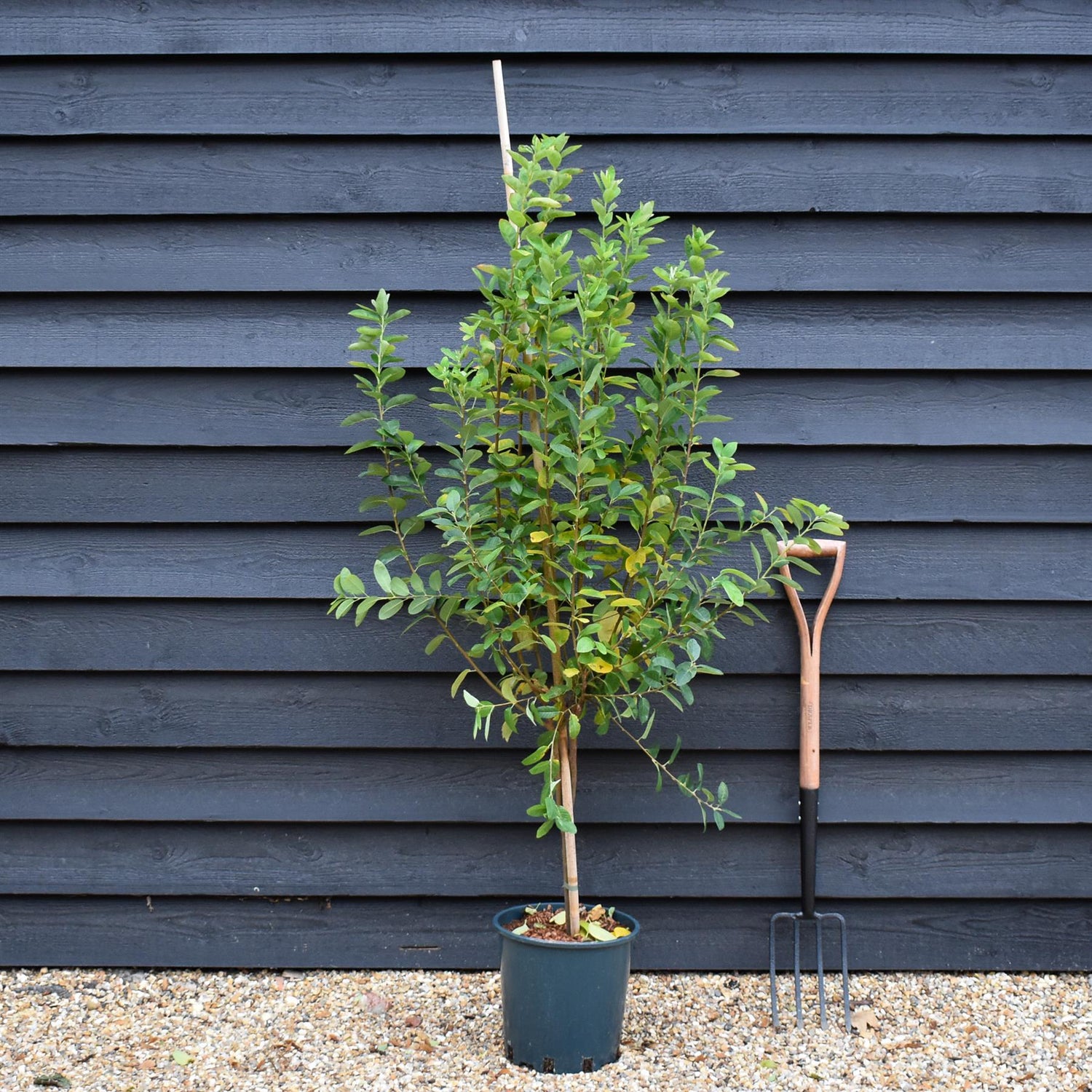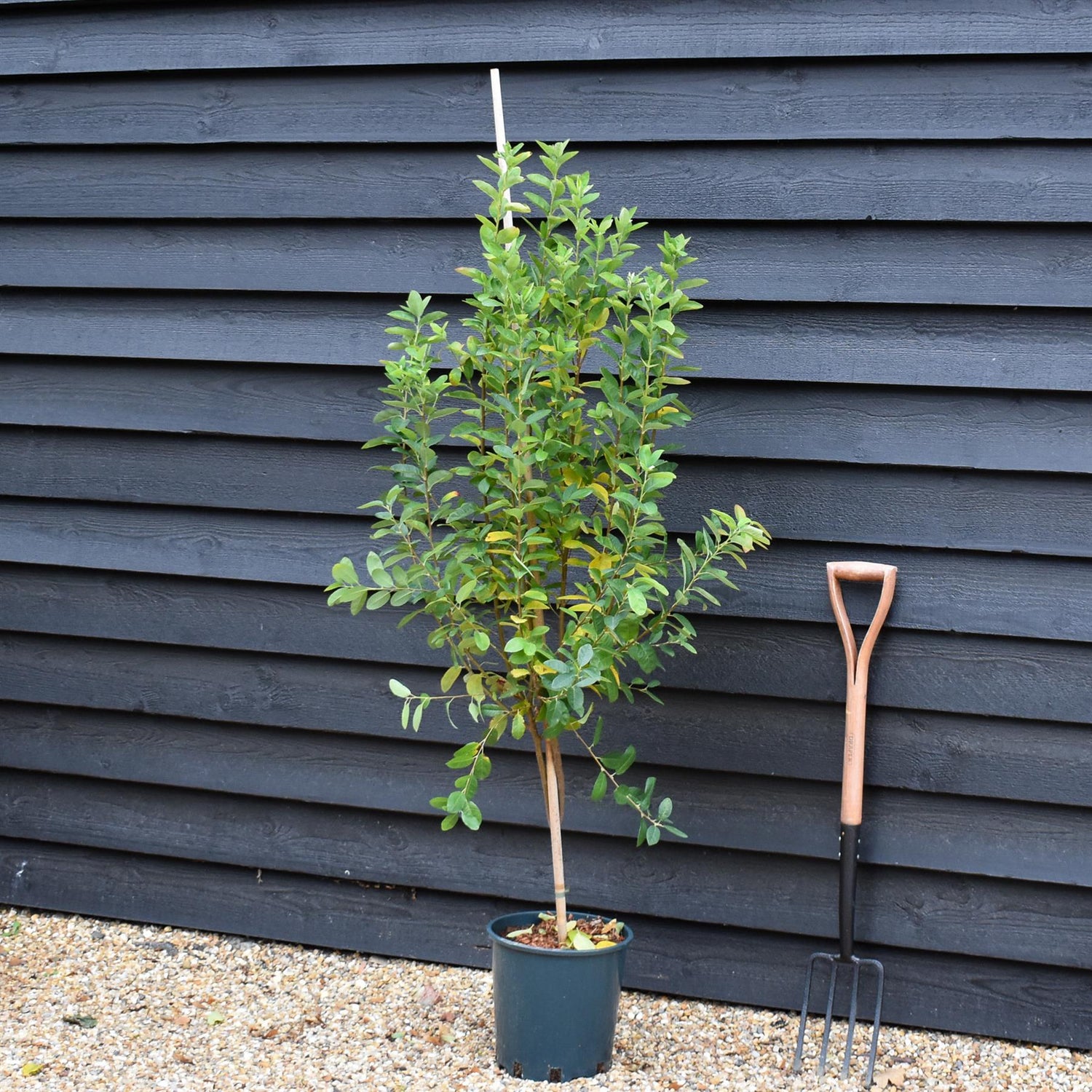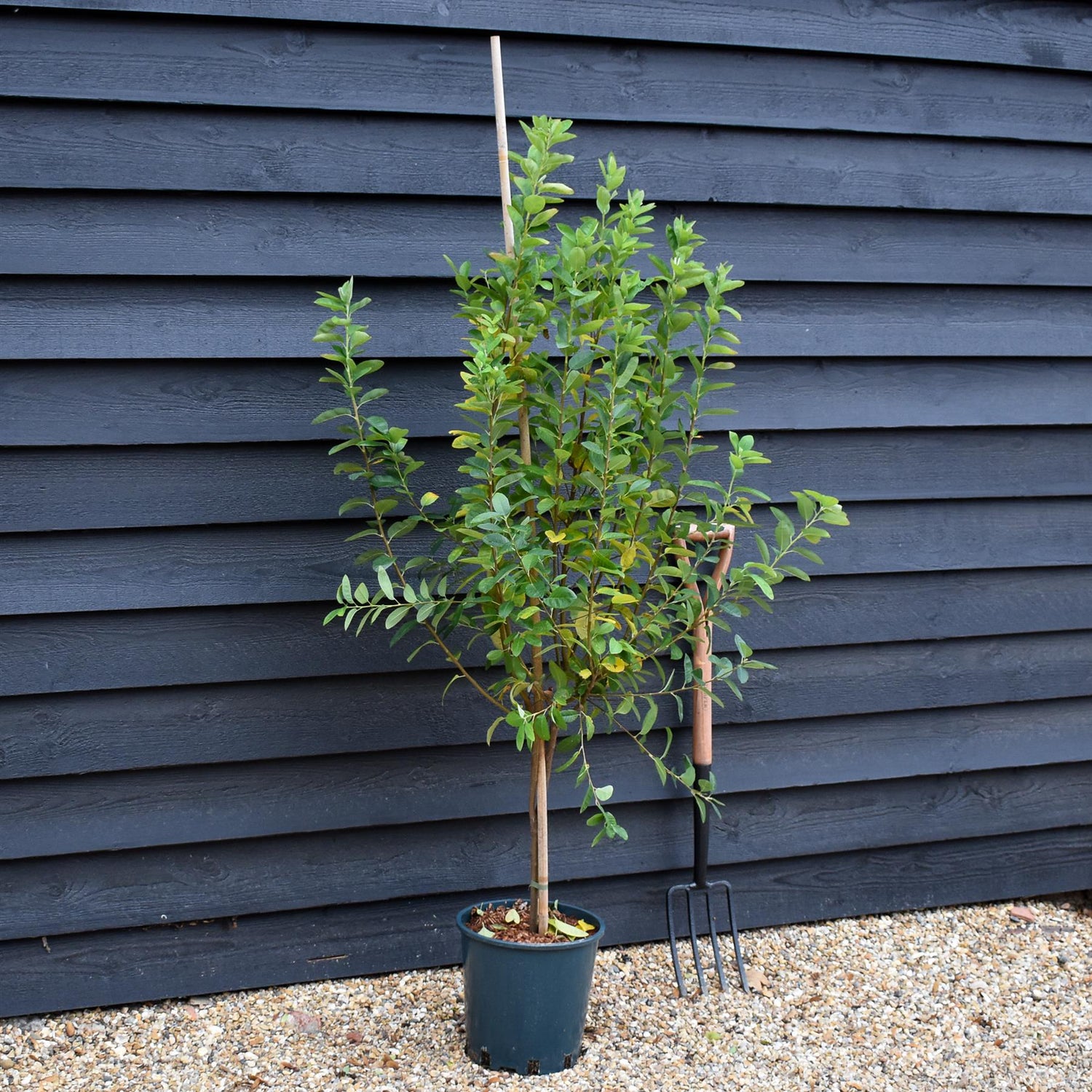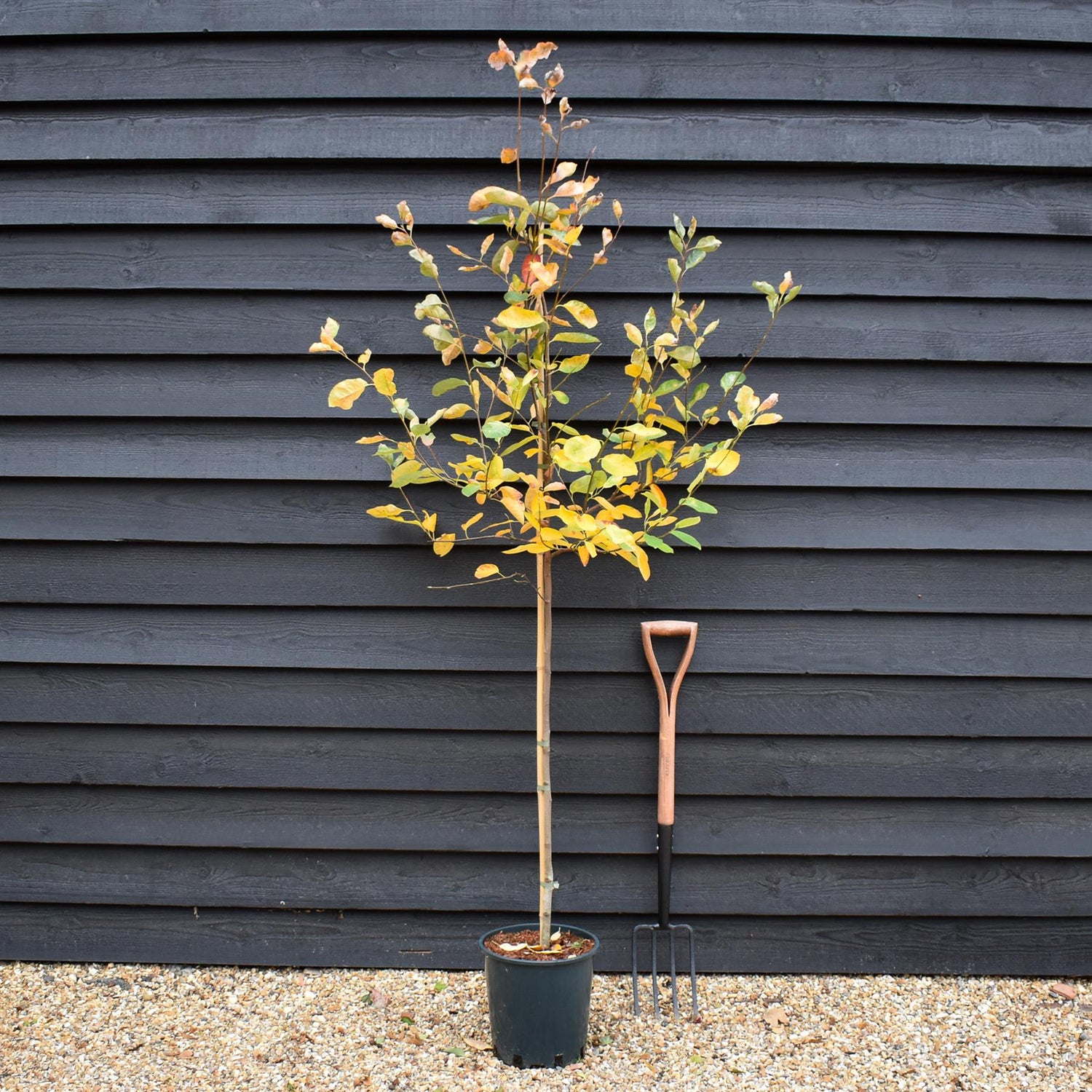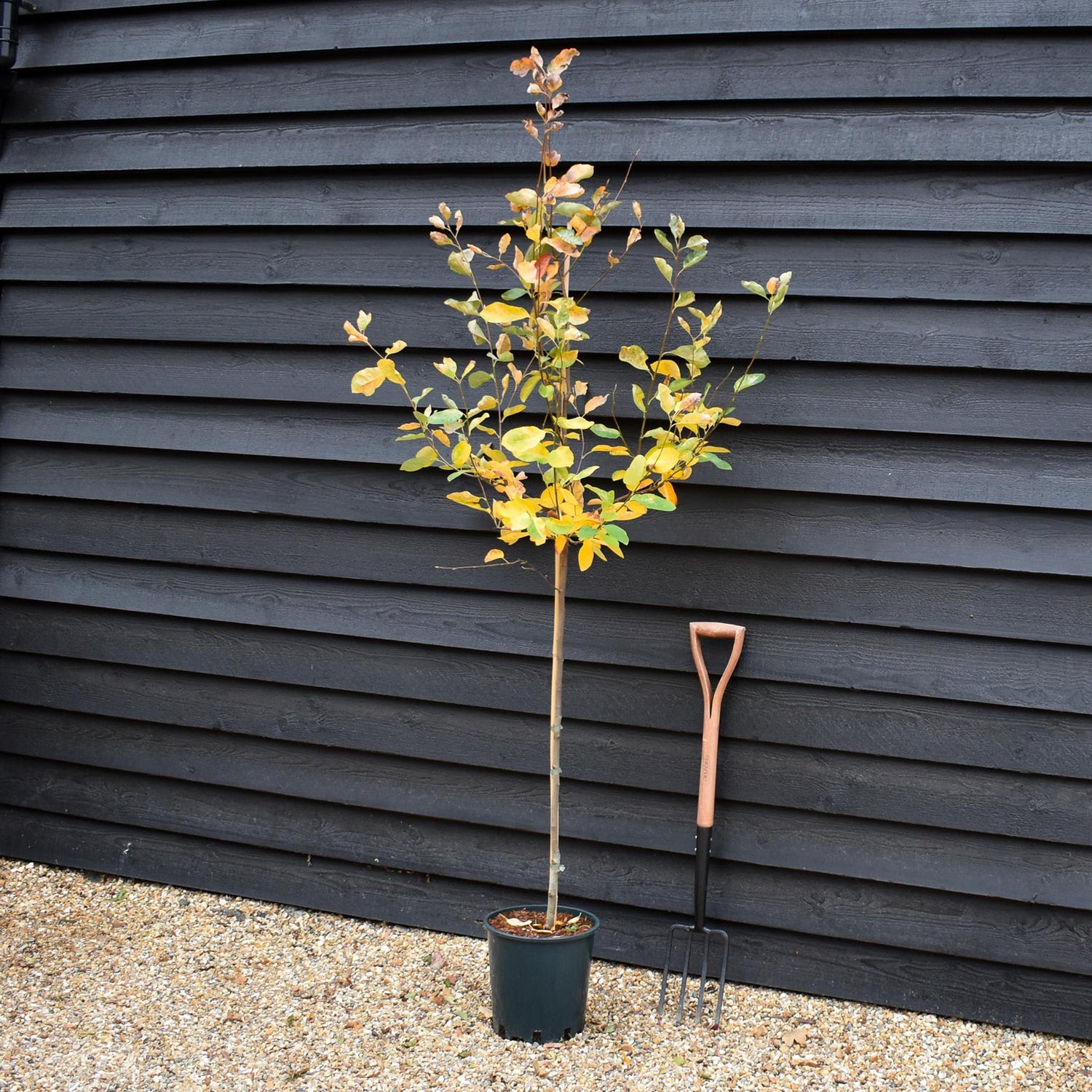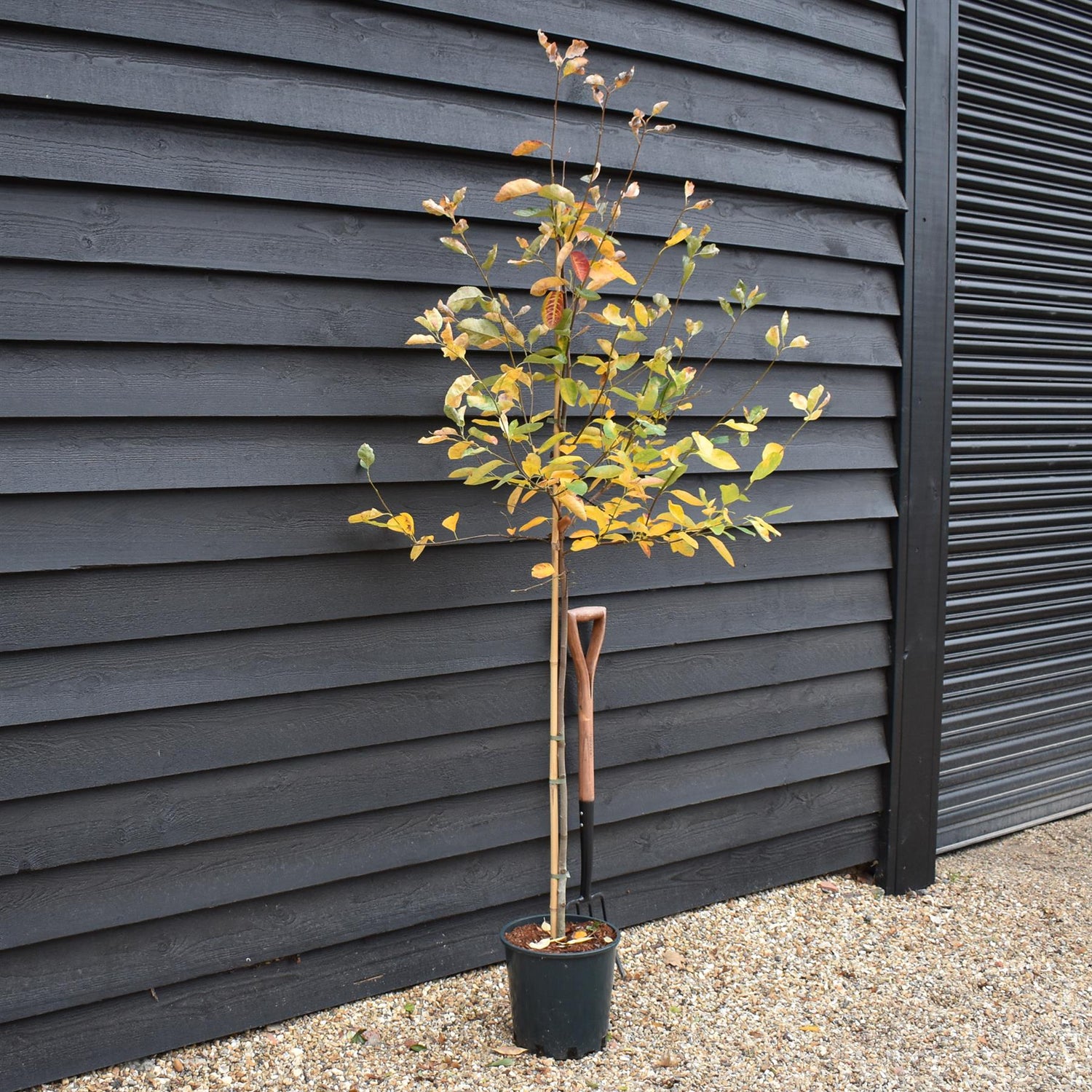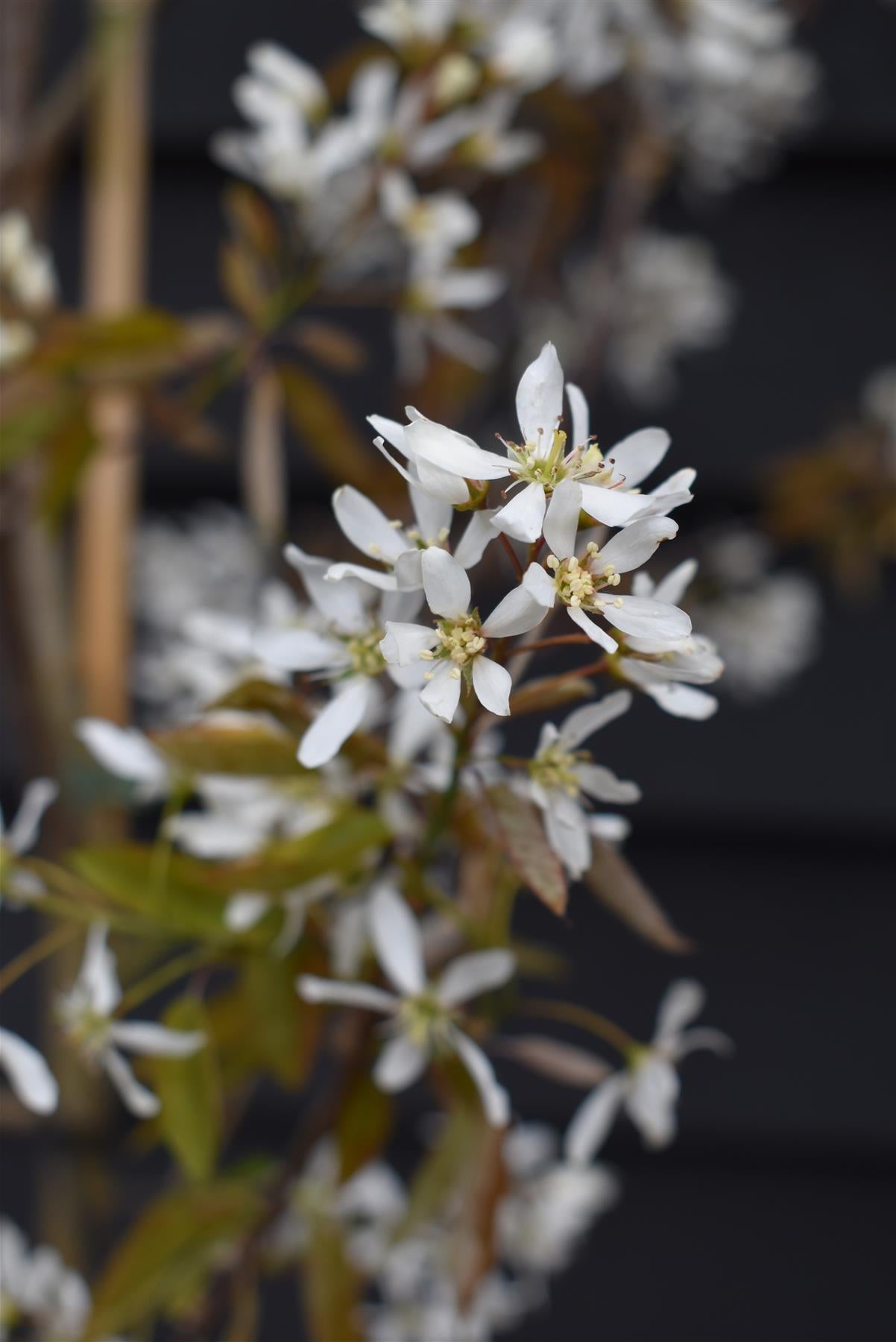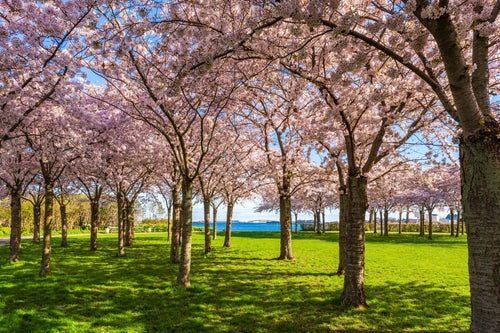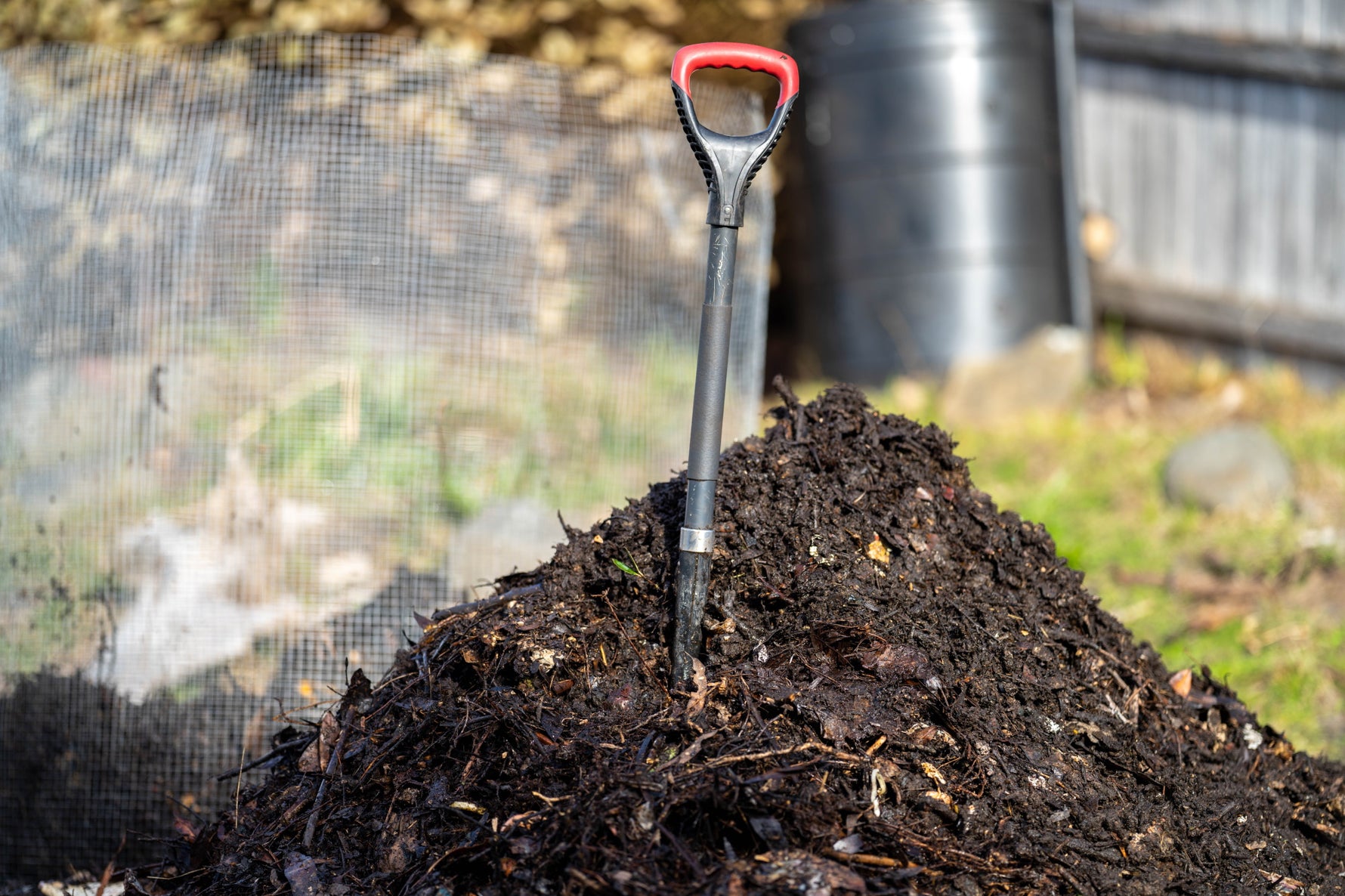138 products
138 products
Sort by:
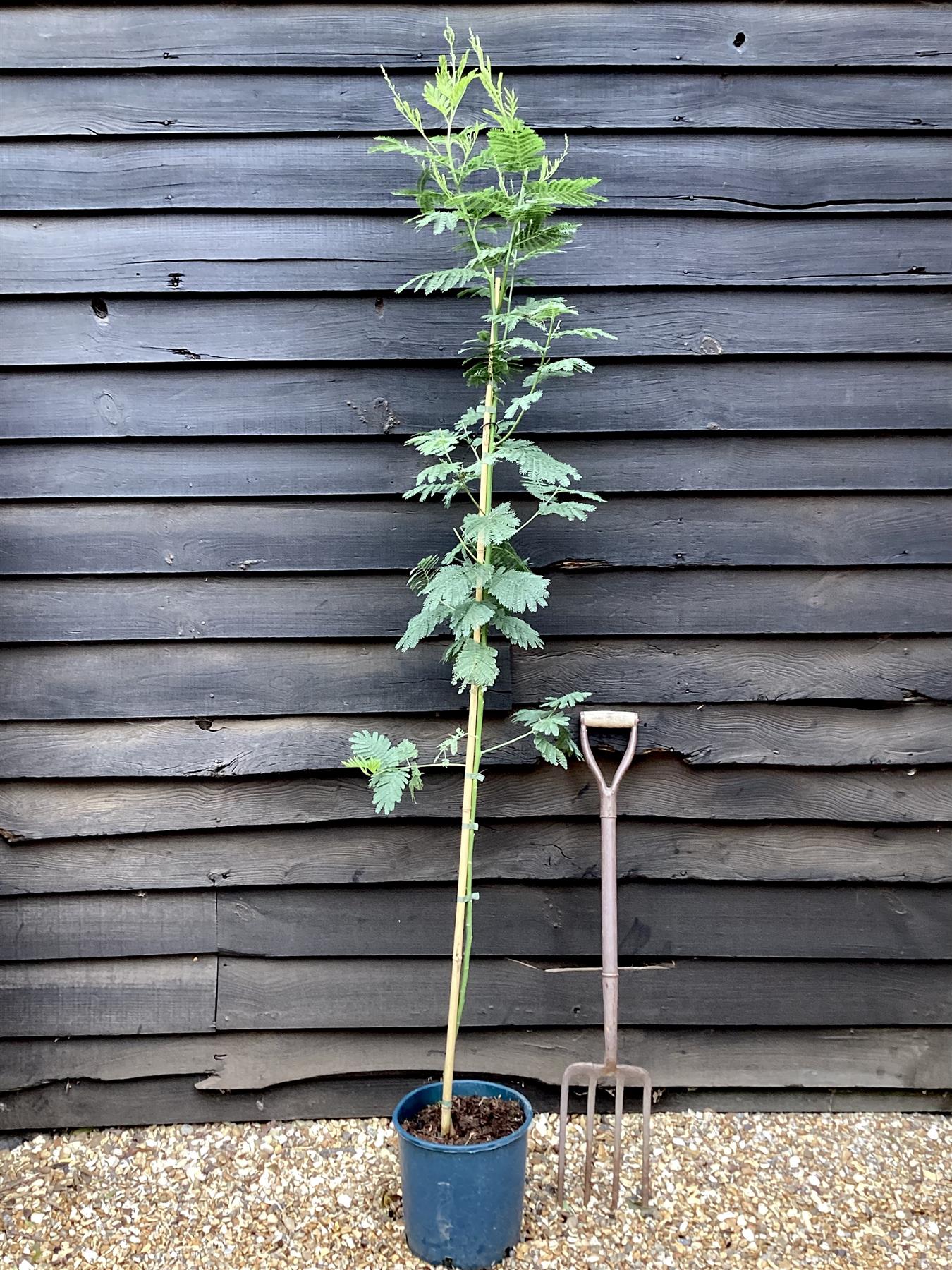
Acacia dealbata 'Gaulois Astier' | Mimosa Tree - Height 140-180cm, 10lt
£88.00
Unit price perAcacia dealbata 'Gaulois Astier' | Mimosa Tree - Height 140-180cm, 10lt
£88.00
Unit price per
Acer dissectum 'Viridis' | Japanese maple Viridis - Clear Stem 130cm - Girth 28-30cm - Height 190-200cm - 230lt
£2,500.00
Unit price perAcer dissectum 'Viridis' | Japanese maple Viridis - Clear Stem 130cm - Girth 28-30cm - Height 190-200cm - 230lt
£2,500.00
Unit price perAcer griseum | Paperback Maple - 210-230cm - 50lt
£795.00
Unit price perAcer griseum | Paperback Maple - 210-230cm - 50lt
£795.00
Unit price perAcer griseum | Paperback Maple - Height 135-145cm - 20lt
£200.00
Unit price perAcer griseum | Paperback Maple - Height 135-145cm - 20lt
£200.00
Unit price perAcer japonicum 'Aconitifolium' | Downy Japanese maple - Height 160-170cm - 55lt
£833.00
Unit price perAcer japonicum 'Aconitifolium' | Downy Japanese maple - Height 160-170cm - 55lt
£833.00
Unit price perAcer japonicum 'Aconitifolium', commonly known as the Fernleaf Full Moon Maple, is a stunning deciduous tree cherished for its striking foliage and remarkable autumn display. Native to Japan, this variety is celebrated for its deeply lobed, fern-like leaves which provide a delicate, lacy texture that adds a unique aesthetic to any garden.
In spring and summer, the leaves emerge with a soft green hue, creating a serene and refreshing presence. As the seasons transition to autumn, 'Aconitifolium' truly shines. Its foliage transforms into a spectacular array of vibrant reds, oranges, and yellows, making it one of the most brilliant autumnal displays among maples. This transformation adds a dynamic and fiery focal point to gardens, capturing the essence of the changing seasons.
'Aconitifolium' typically reaches a height and spread of 3 to 4 meters, making it suitable for smaller gardens as well as larger landscapes. It thrives in well-drained, moist soil and prefers partial shade, although it can tolerate full sun if provided with adequate moisture. Its compact size and slow growth rate make it an excellent choice for urban gardens, patios, and container planting.
This maple is not only admired for its foliage but also for its elegant, spreading habit and attractive branching structure, which provide year-round interest. Whether as a specimen tree or part of a mixed border, Acer japonicum 'Aconitifolium' brings a touch of elegance and seasonal drama to any garden setting in the UK.
Acer japonicum 'Aconitifolium' | Downy Japanese maple - Height 50-70cm - 4lt
£42.00
Unit price perAcer japonicum 'Aconitifolium' | Downy Japanese maple - Height 50-70cm - 4lt
£42.00
Unit price perAcer japonicum 'Aconitifolium', commonly known as the Fernleaf Full Moon Maple, is a stunning deciduous tree cherished for its striking foliage and remarkable autumn display. Native to Japan, this variety is celebrated for its deeply lobed, fern-like leaves which provide a delicate, lacy texture that adds a unique aesthetic to any garden.
In spring and summer, the leaves emerge with a soft green hue, creating a serene and refreshing presence. As the seasons transition to autumn, 'Aconitifolium' truly shines. Its foliage transforms into a spectacular array of vibrant reds, oranges, and yellows, making it one of the most brilliant autumnal displays among maples. This transformation adds a dynamic and fiery focal point to gardens, capturing the essence of the changing seasons.
'Aconitifolium' typically reaches a height and spread of 3 to 4 meters, making it suitable for smaller gardens as well as larger landscapes. It thrives in well-drained, moist soil and prefers partial shade, although it can tolerate full sun if provided with adequate moisture. Its compact size and slow growth rate make it an excellent choice for urban gardens, patios, and container planting.
This maple is not only admired for its foliage but also for its elegant, spreading habit and attractive branching structure, which provide year-round interest. Whether as a specimen tree or part of a mixed border, Acer japonicum 'Aconitifolium' brings a touch of elegance and seasonal drama to any garden setting in the UK.
Acer japonicum 'Aconitifolium' | Downy Japanese maple - Specimen Tree - Height 260-280cm - 180lt
£1,500.00
Unit price perAcer japonicum 'Aconitifolium' | Downy Japanese maple - Specimen Tree - Height 260-280cm - 180lt
£1,500.00
Unit price perAcer japonicum 'Aconitifolium', commonly known as the Fernleaf Full Moon Maple, is a stunning deciduous tree cherished for its striking foliage and remarkable autumn display. Native to Japan, this variety is celebrated for its deeply lobed, fern-like leaves which provide a delicate, lacy texture that adds a unique aesthetic to any garden.
In spring and summer, the leaves emerge with a soft green hue, creating a serene and refreshing presence. As the seasons transition to autumn, 'Aconitifolium' truly shines. Its foliage transforms into a spectacular array of vibrant reds, oranges, and yellows, making it one of the most brilliant autumnal displays among maples. This transformation adds a dynamic and fiery focal point to gardens, capturing the essence of the changing seasons.
'Aconitifolium' typically reaches a height and spread of 3 to 4 meters, making it suitable for smaller gardens as well as larger landscapes. It thrives in well-drained, moist soil and prefers partial shade, although it can tolerate full sun if provided with adequate moisture. Its compact size and slow growth rate make it an excellent choice for urban gardens, patios, and container planting.
This maple is not only admired for its foliage but also for its elegant, spreading habit and attractive branching structure, which provide year-round interest. Whether as a specimen tree or part of a mixed border, Acer japonicum 'Aconitifolium' brings a touch of elegance and seasonal drama to any garden setting in the UK.
Acer palmatum 'Crispifolium' - Specimen Tree - Height 200-230cm - 375lt
£3,885.00
Unit price perAcer palmatum 'Crispifolium' - Specimen Tree - Height 200-230cm - 375lt
£3,885.00
Unit price perAlder tree | Alnus Cordata - Clear Stem - Height 300-350cm - Girth 8-10cm - 45lt
£255.00
Unit price perAlder tree | Alnus Cordata - Clear Stem - Height 300-350cm - Girth 8-10cm - 45lt
£255.00
Unit price perAlnus cordata, commonly known as the Italian alder, is a medium to large deciduous tree native to southern Italy and parts of Corsica. It belongs to the Betulaceae family and is highly valued for its ability to thrive in poor soils and challenging environmental conditions. This species is often planted for ornamental purposes, soil improvement, and as a windbreak due to its robust growth and adaptability.
The tree can reach heights of up to 25-30 metres (82-98 feet) with a trunk diameter of about 1 metre (3.3 feet). It has a relatively narrow, conical crown, which makes it an attractive choice for landscaping in urban and rural environments. The bark is smooth and greyish-brown when young, developing shallow fissures with age.
Alnus cordata is noted for its distinctive heart-shaped (cordate) leaves, which are bright green and glossy, measuring 7-12 cm in length. Unlike some other alders, the leaves of A. cordata remain on the tree until late autumn, giving it an extended season of greenery. In spring, it produces small, inconspicuous catkins, with male catkins being pendulous and yellowish, and female catkins more compact and upright. These develop into small, woody cones that persist on the tree through winter.
One of the key characteristics of Alnus cordata is its nitrogen-fixing ability. Like other alders, it forms a symbiotic relationship with the bacterium Frankia, which allows it to fix atmospheric nitrogen into the soil. This quality makes it an excellent species for improving soil fertility, particularly in degraded or nutrient-poor areas.
Overall, the Italian alder is a resilient and versatile tree, well-suited to a variety of landscapes, including wet or compacted soils, and is an important species for ecological restoration projects.
Alnus Cordata - Alder tree - Clear Stem - Standard - Girth 10-12cm - Height 400-420cm - 70lt
£390.00
Unit price perAlnus Cordata - Alder tree - Clear Stem - Standard - Girth 10-12cm - Height 400-420cm - 70lt
£390.00
Unit price perAlnus cordata, commonly known as the Italian alder, is a medium to large deciduous tree native to southern Italy and parts of Corsica. It belongs to the Betulaceae family and is highly valued for its ability to thrive in poor soils and challenging environmental conditions. This species is often planted for ornamental purposes, soil improvement, and as a windbreak due to its robust growth and adaptability.
The tree can reach heights of up to 25-30 metres (82-98 feet) with a trunk diameter of about 1 metre (3.3 feet). It has a relatively narrow, conical crown, which makes it an attractive choice for landscaping in urban and rural environments. The bark is smooth and greyish-brown when young, developing shallow fissures with age.
Alnus cordata is noted for its distinctive heart-shaped (cordate) leaves, which are bright green and glossy, measuring 7-12 cm in length. Unlike some other alders, the leaves of A. cordata remain on the tree until late autumn, giving it an extended season of greenery. In spring, it produces small, inconspicuous catkins, with male catkins being pendulous and yellowish, and female catkins more compact and upright. These develop into small, woody cones that persist on the tree through winter.
One of the key characteristics of Alnus cordata is its nitrogen-fixing ability. Like other alders, it forms a symbiotic relationship with the bacterium Frankia, which allows it to fix atmospheric nitrogen into the soil. This quality makes it an excellent species for improving soil fertility, particularly in degraded or nutrient-poor areas.
Overall, the Italian alder is a resilient and versatile tree, well-suited to a variety of landscapes, including wet or compacted soils, and is an important species for ecological restoration projects.
Alnus Cordata - Alder tree - Height 280-300cm - 30lt
£260.00
Unit price perAlnus Cordata - Alder tree - Height 280-300cm - 30lt
£260.00
Unit price perAlnus cordata, commonly known as the Italian alder, is a medium to large deciduous tree native to southern Italy and parts of Corsica. It belongs to the Betulaceae family and is highly valued for its ability to thrive in poor soils and challenging environmental conditions. This species is often planted for ornamental purposes, soil improvement, and as a windbreak due to its robust growth and adaptability.
The tree can reach heights of up to 25-30 metres (82-98 feet) with a trunk diameter of about 1 metre (3.3 feet). It has a relatively narrow, conical crown, which makes it an attractive choice for landscaping in urban and rural environments. The bark is smooth and greyish-brown when young, developing shallow fissures with age.
Alnus cordata is noted for its distinctive heart-shaped (cordate) leaves, which are bright green and glossy, measuring 7-12 cm in length. Unlike some other alders, the leaves of A. cordata remain on the tree until late autumn, giving it an extended season of greenery. In spring, it produces small, inconspicuous catkins, with male catkins being pendulous and yellowish, and female catkins more compact and upright. These develop into small, woody cones that persist on the tree through winter.
One of the key characteristics of Alnus cordata is its nitrogen-fixing ability. Like other alders, it forms a symbiotic relationship with the bacterium Frankia, which allows it to fix atmospheric nitrogen into the soil. This quality makes it an excellent species for improving soil fertility, particularly in degraded or nutrient-poor areas.
Overall, the Italian alder is a resilient and versatile tree, well-suited to a variety of landscapes, including wet or compacted soils, and is an important species for ecological restoration projects.
Alnus Glutinosa - Alder tree - Feathered - Height 280-300cm - Girth 6-8cm -30lt
£260.00
Unit price perAlnus Glutinosa - Alder tree - Feathered - Height 280-300cm - Girth 6-8cm -30lt
£260.00
Unit price perAlnus glutinosa, commonly known as the black alder, is a deciduous tree native to Europe, including the British Isles. It is a versatile and resilient species, often found thriving in wetland areas, riverbanks, and marshes, where its roots can help stabilise the soil and prevent erosion.
The black alder typically grows to a height of 20-30 metres, with a broad, conical crown that becomes more rounded with age. Its bark is dark brown and fissured, often developing a distinctive, almost black hue as the tree matures. One of its most notable features is its leaves, which are rounded with a slightly serrated edge and a glossy, dark green surface that turns yellow in the autumn.
In early spring, Alnus glutinosa produces catkins – the male catkins are long and yellowish, while the female ones are shorter and reddish. These mature into woody, cone-like fruits that persist on the tree throughout the winter, providing a valuable food source for wildlife. The black alder also forms symbiotic relationships with nitrogen-fixing bacteria in its root nodules, enriching the soil and benefiting neighbouring plants.
Due to its adaptability and ecological benefits, Alnus glutinosa is often used in reforestation and habitat restoration projects. It supports a wide range of wildlife, including insects, birds, and aquatic species, making it a vital component of the British natural landscape.
Amelanchier Ballerina - Height 220-260cm - 12lt
£103.00
Unit price perAmelanchier Ballerina - Height 220-260cm - 12lt
£103.00
Unit price perAmelanchier canadensis ' October Flame' - Height 130-150cm - 12lt
£86.00
Unit price perAmelanchier canadensis ' October Flame' - Height 130-150cm - 12lt
£86.00
Unit price perAmelanchier Canadensis - Multistem - Height 200-250cm - 70lt
£545.00
Unit price perAmelanchier Canadensis - Multistem - Height 200-250cm - 70lt
£545.00
Unit price perAmelanchier canadensis - Height 180-190cm - 12lt
£86.00
Unit price perAmelanchier canadensis - Height 180-190cm - 12lt
£86.00
Unit price perAmelanchier canadensis | Juneberry - Clear Stem - Height 220-250cm - Girth 6-8cm - 40lt
£295.00
Unit price perAmelanchier canadensis | Juneberry - Clear Stem - Height 220-250cm - Girth 6-8cm - 40lt
£295.00
Unit price perAmelanchier Canadensis | Serviceberry Tree - Multistem - 200-250cm - 50lt
£495.00
Unit price perAmelanchier Canadensis | Serviceberry Tree - Multistem - 200-250cm - 50lt
£495.00
Unit price perShowing 18/138


